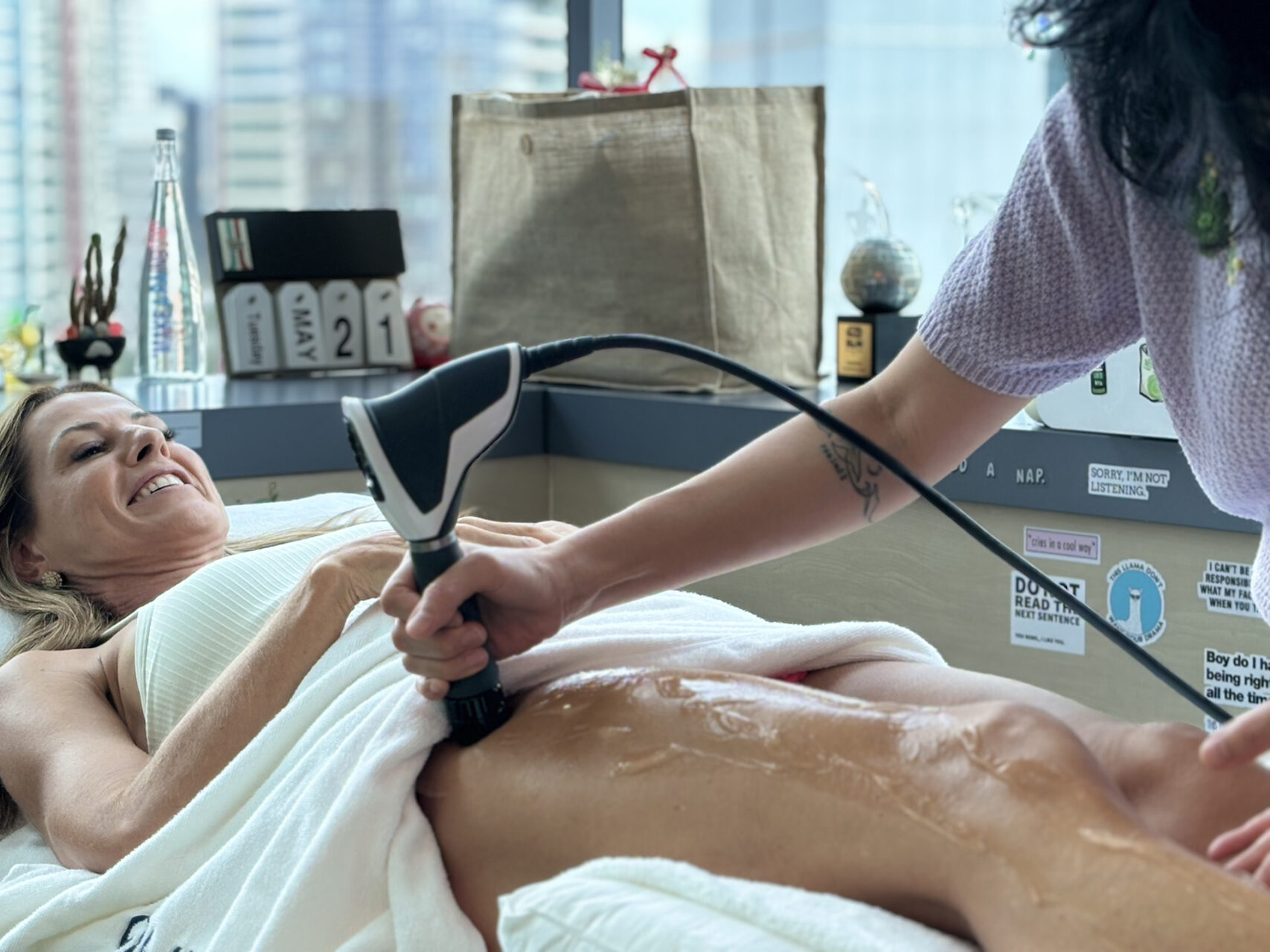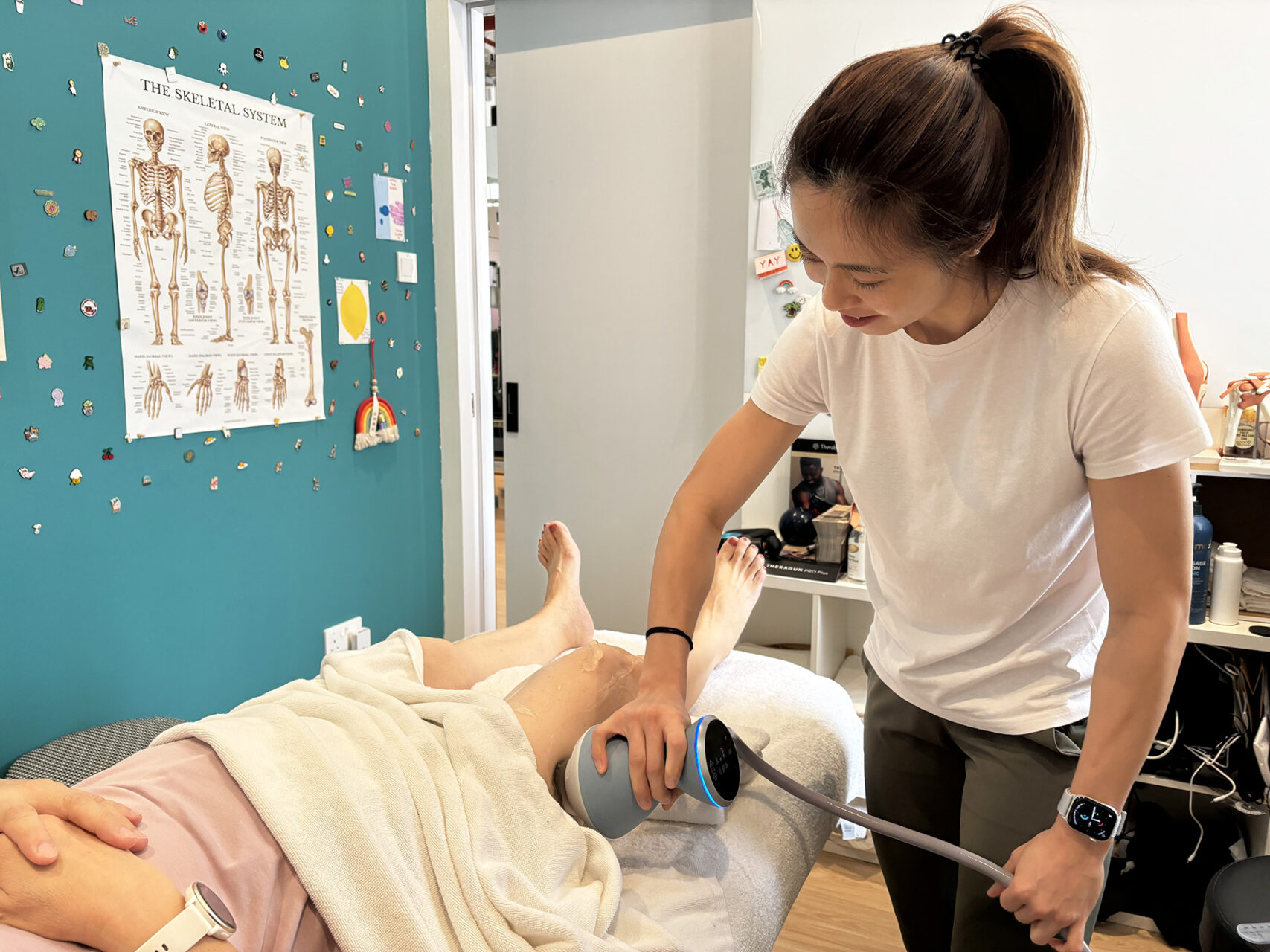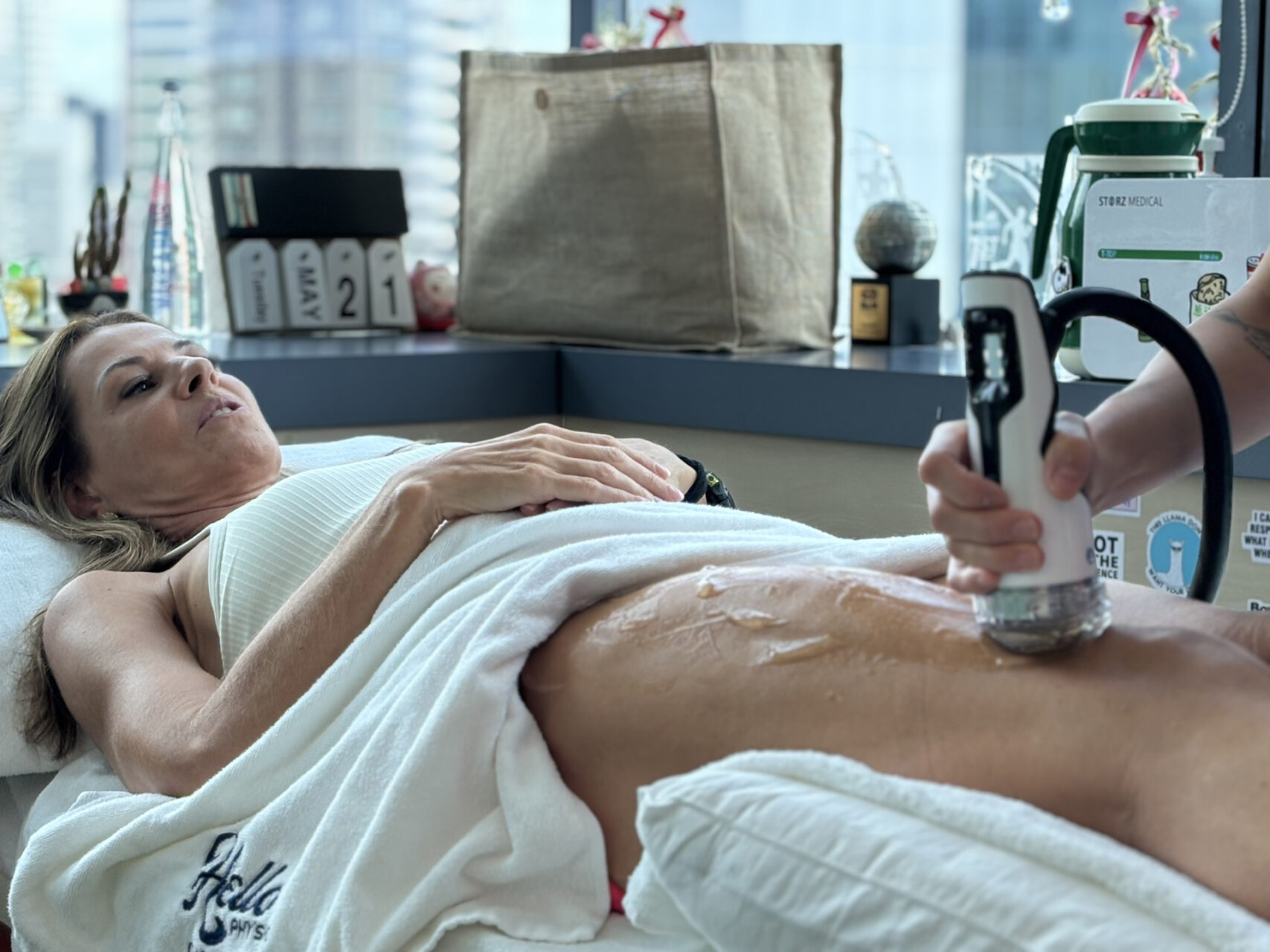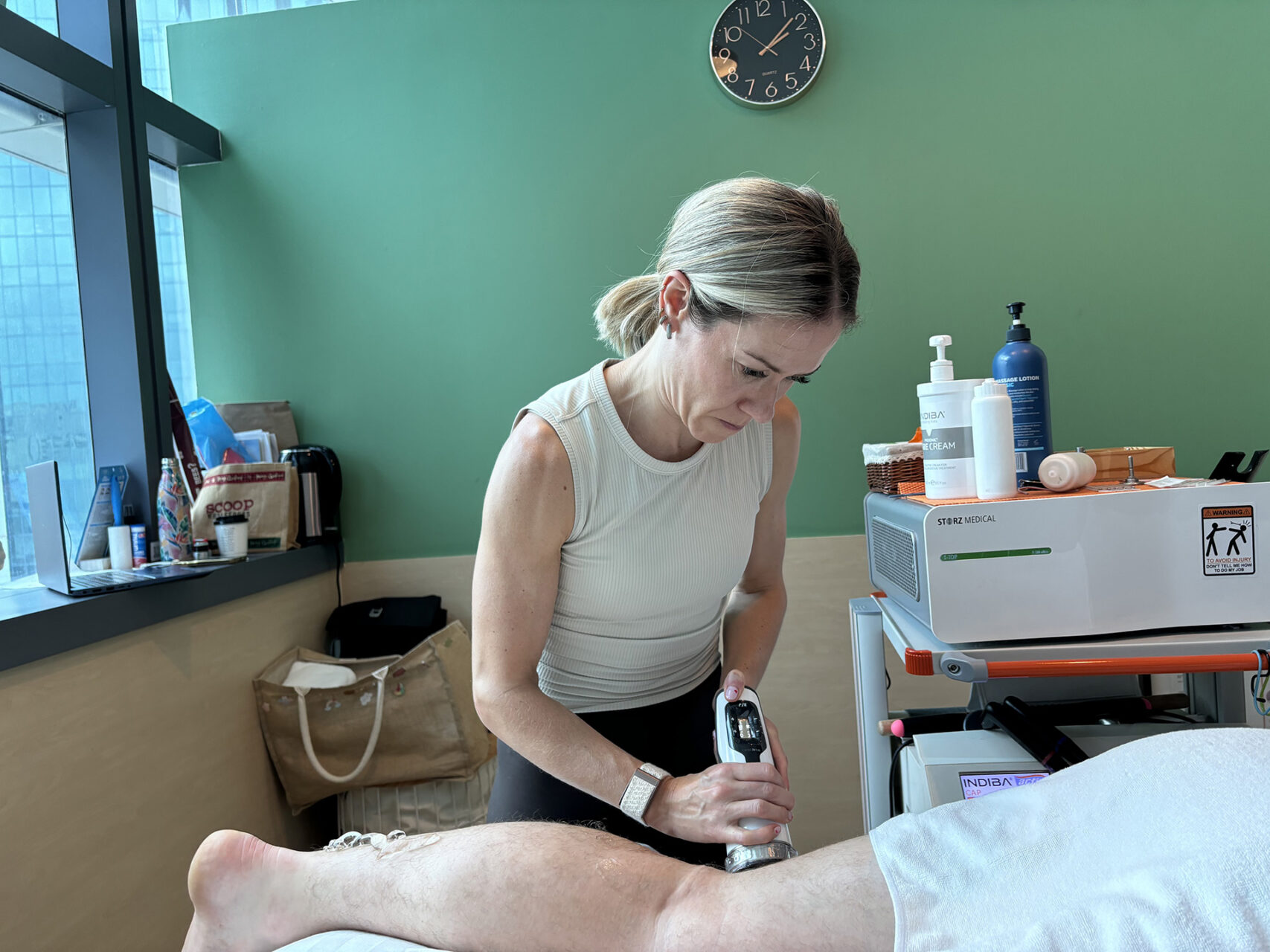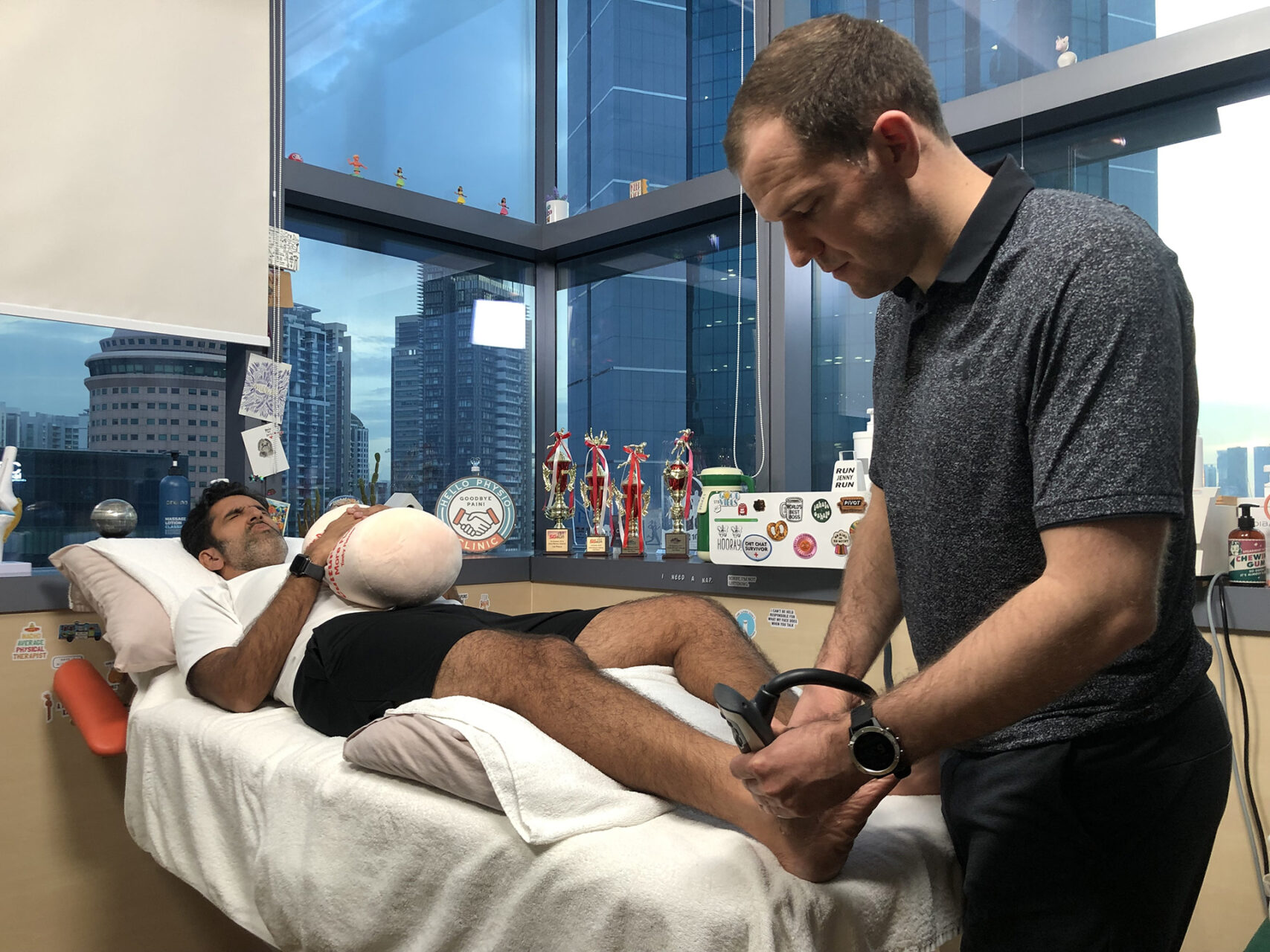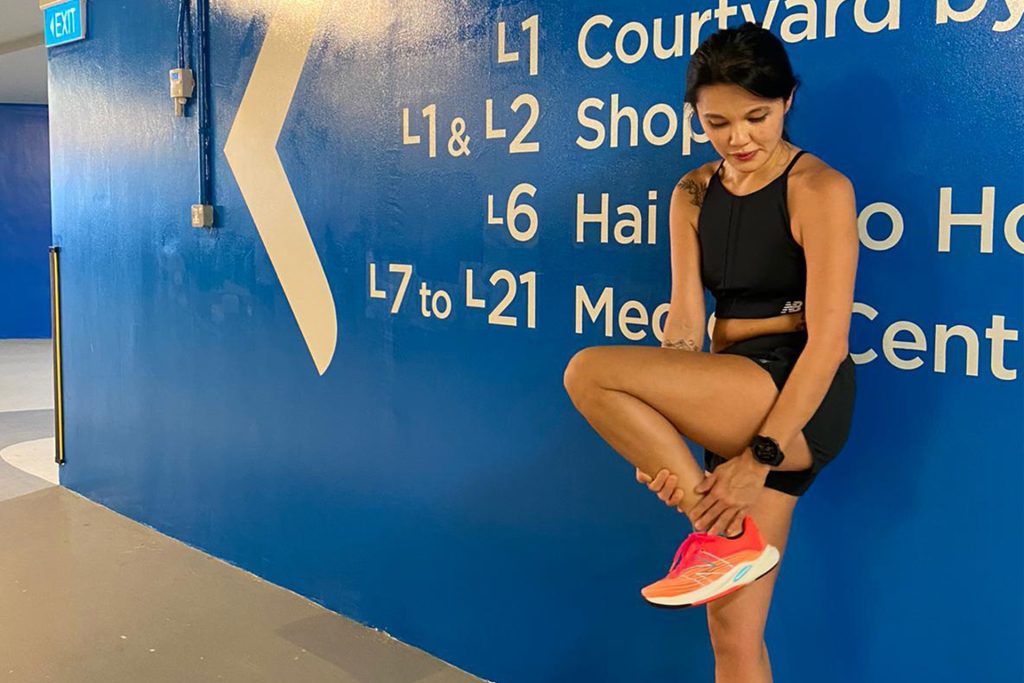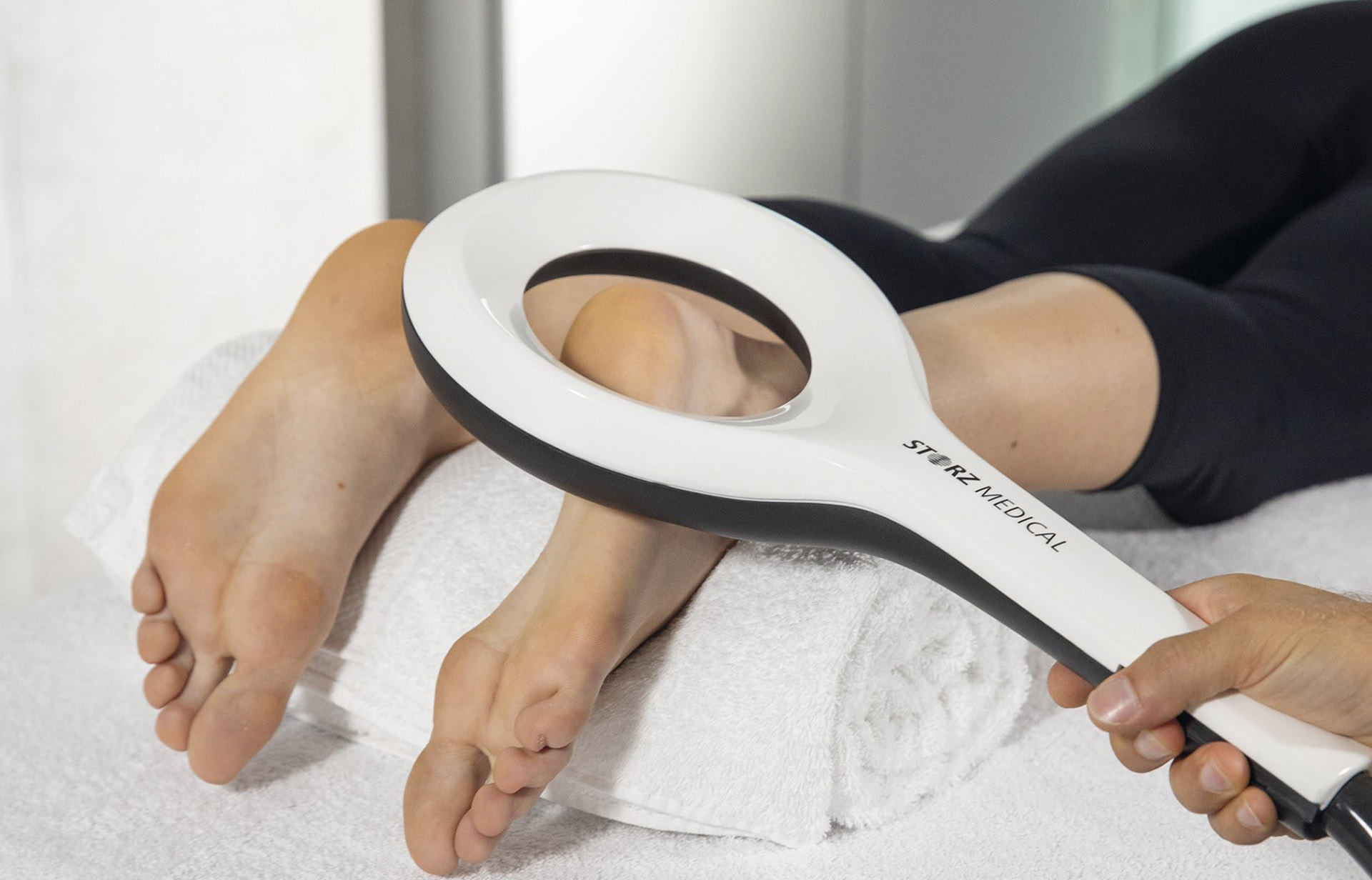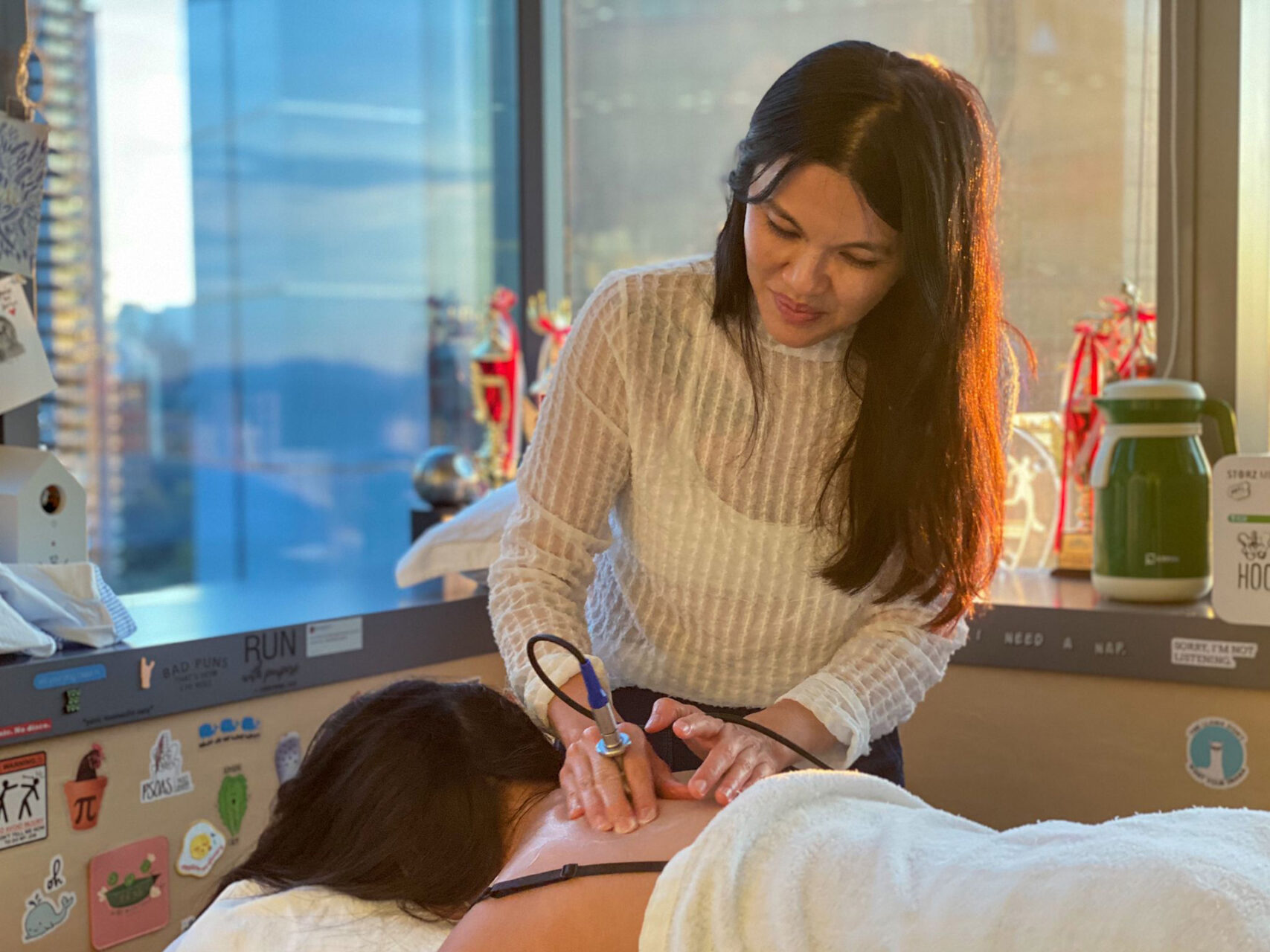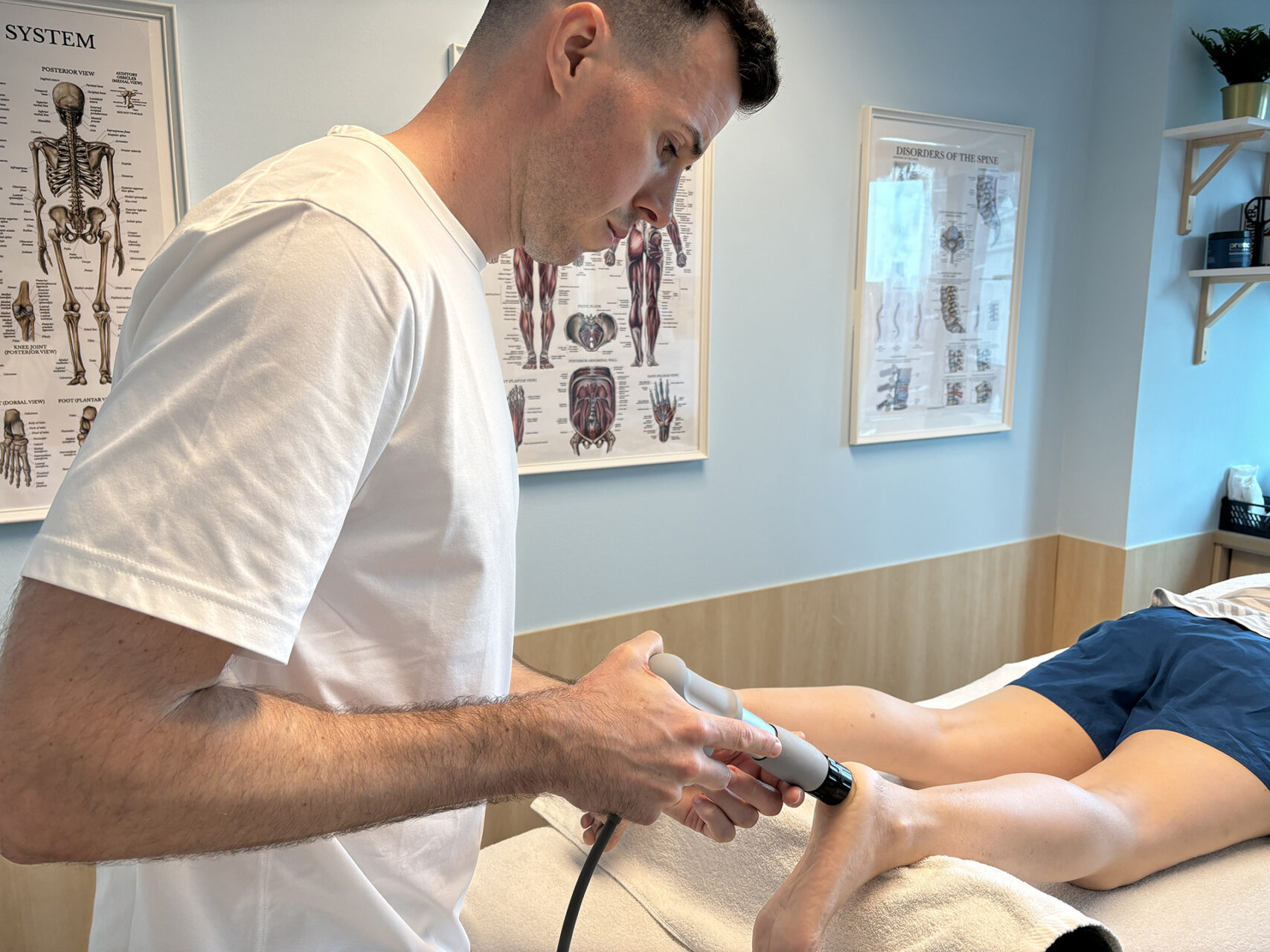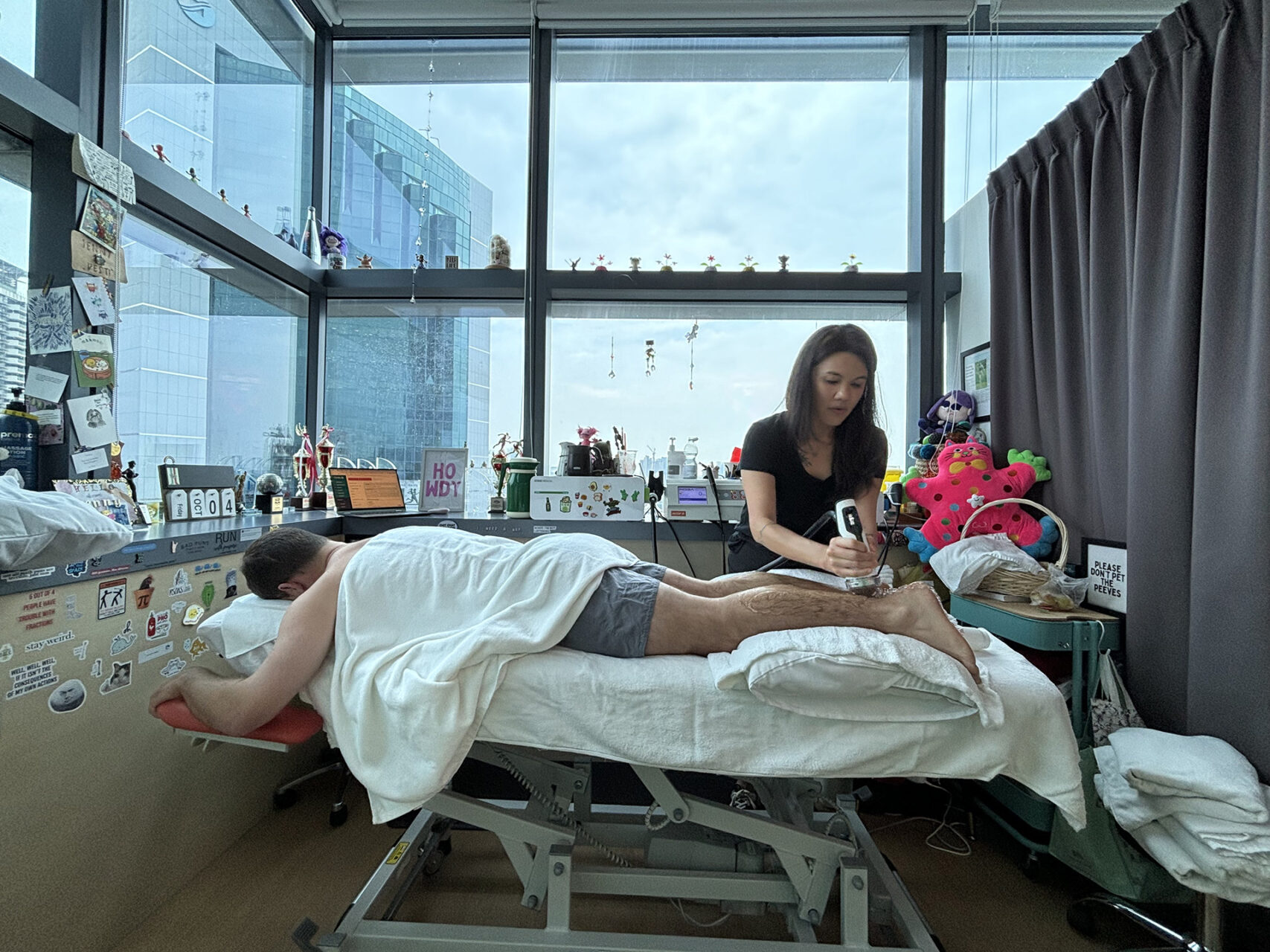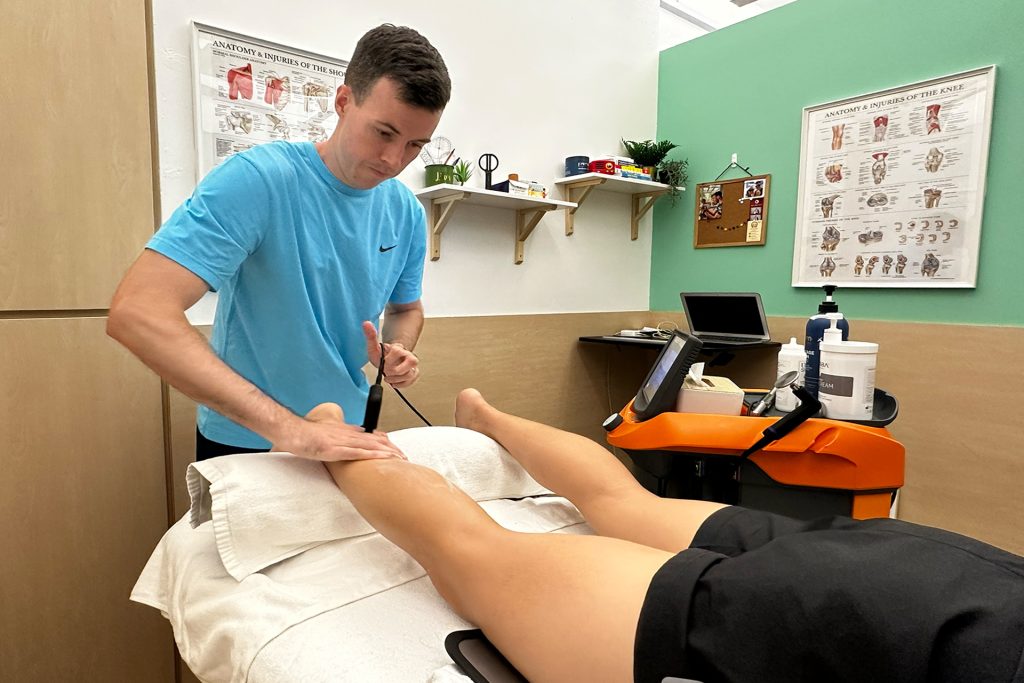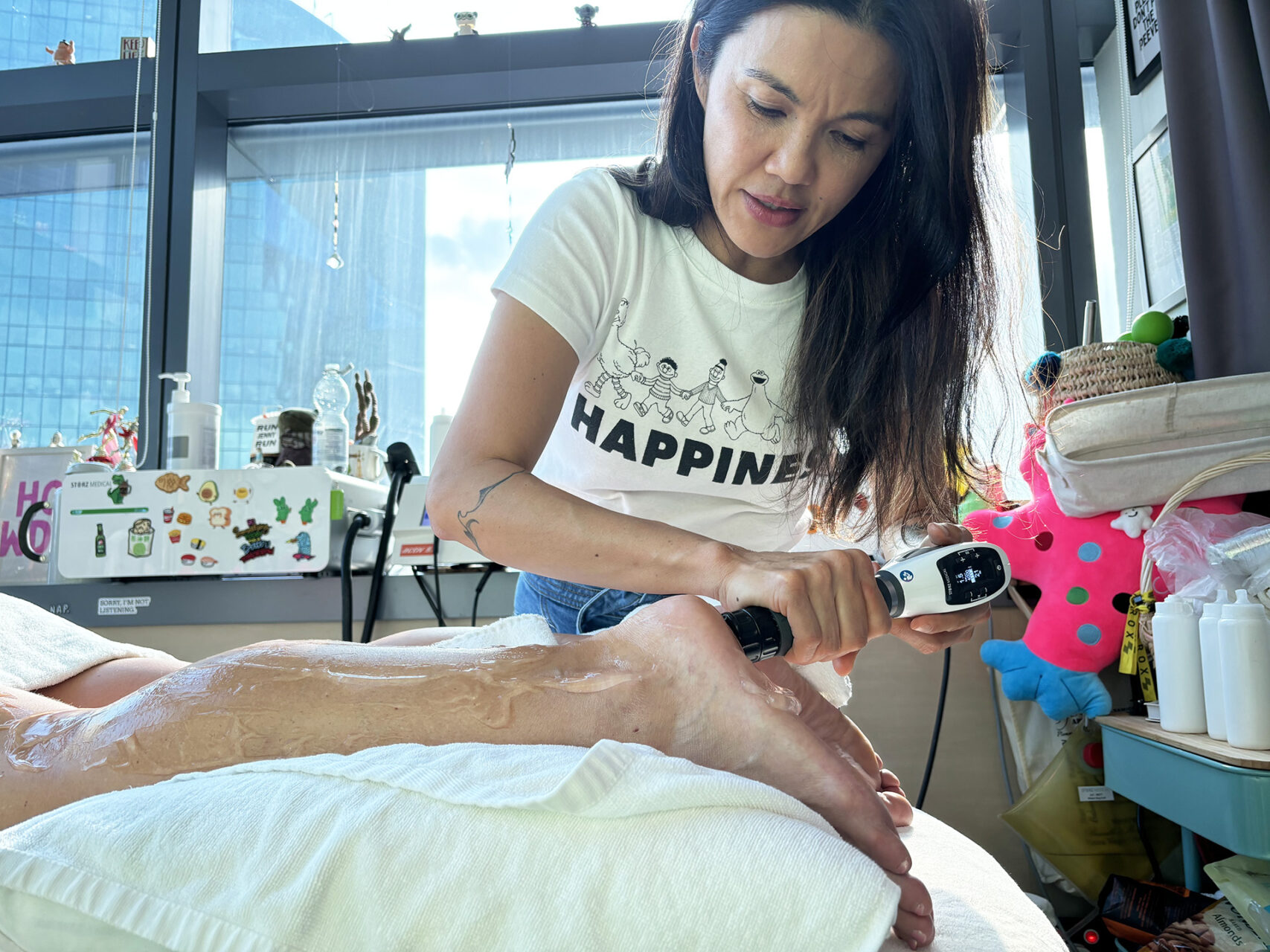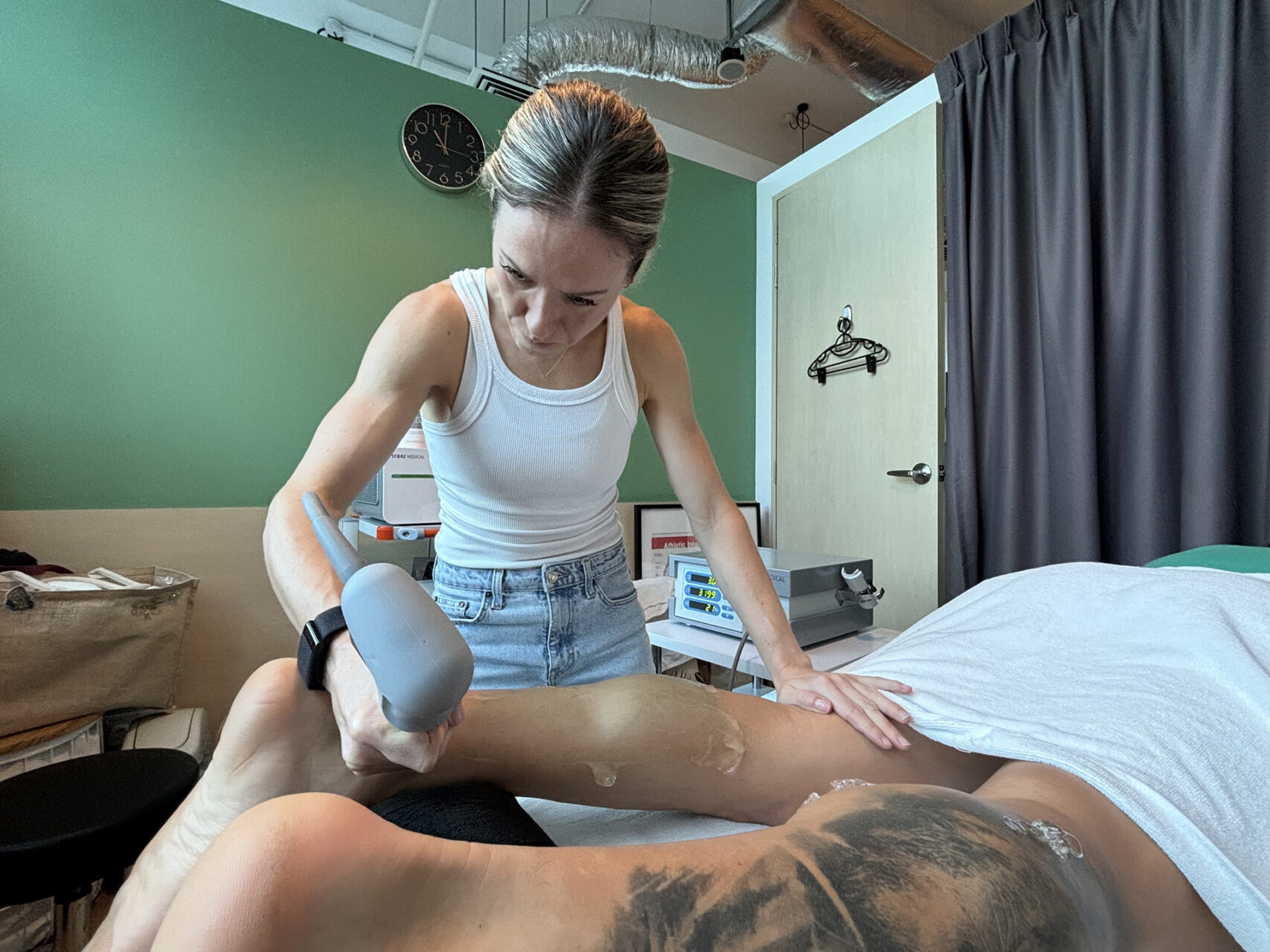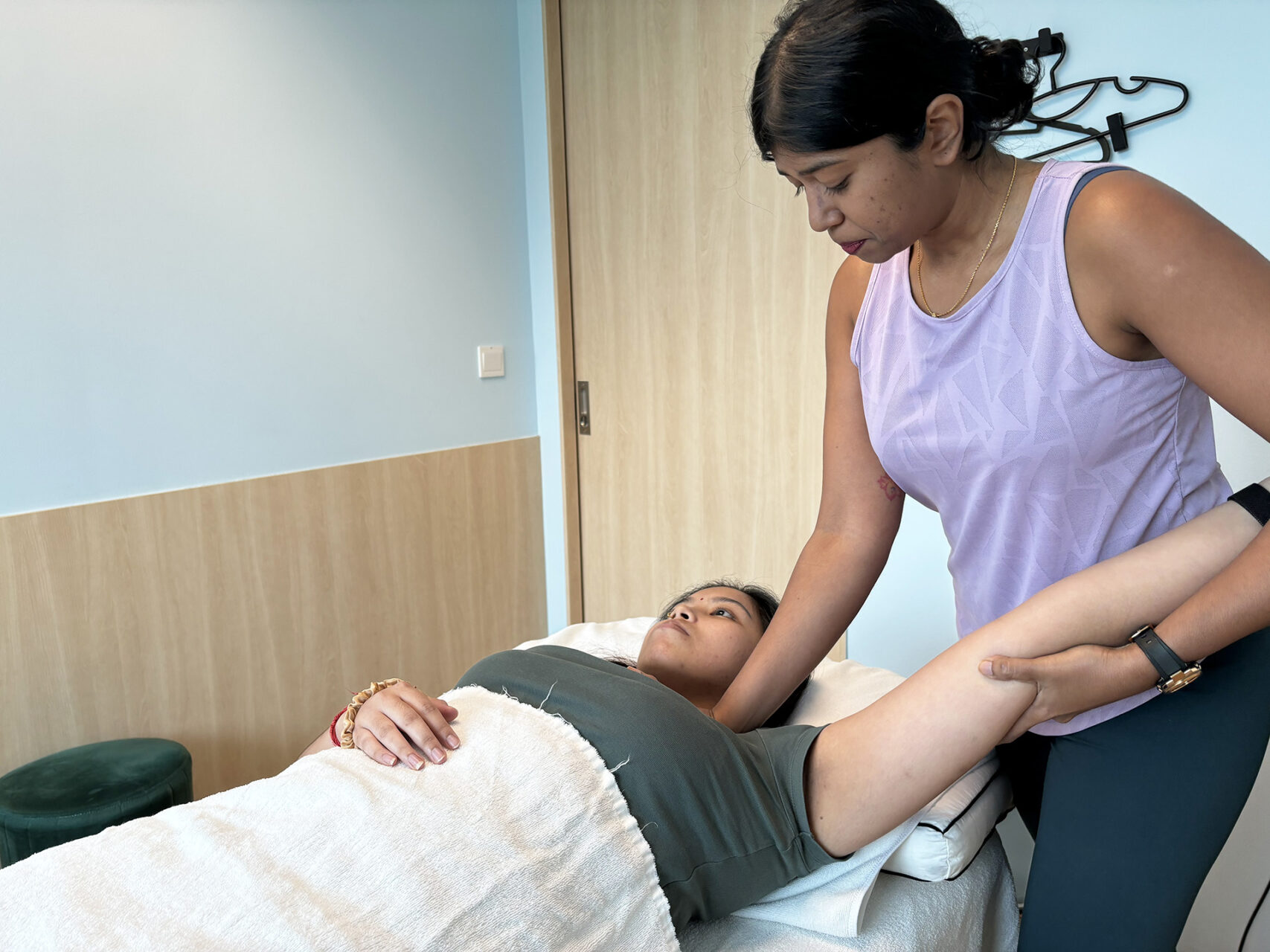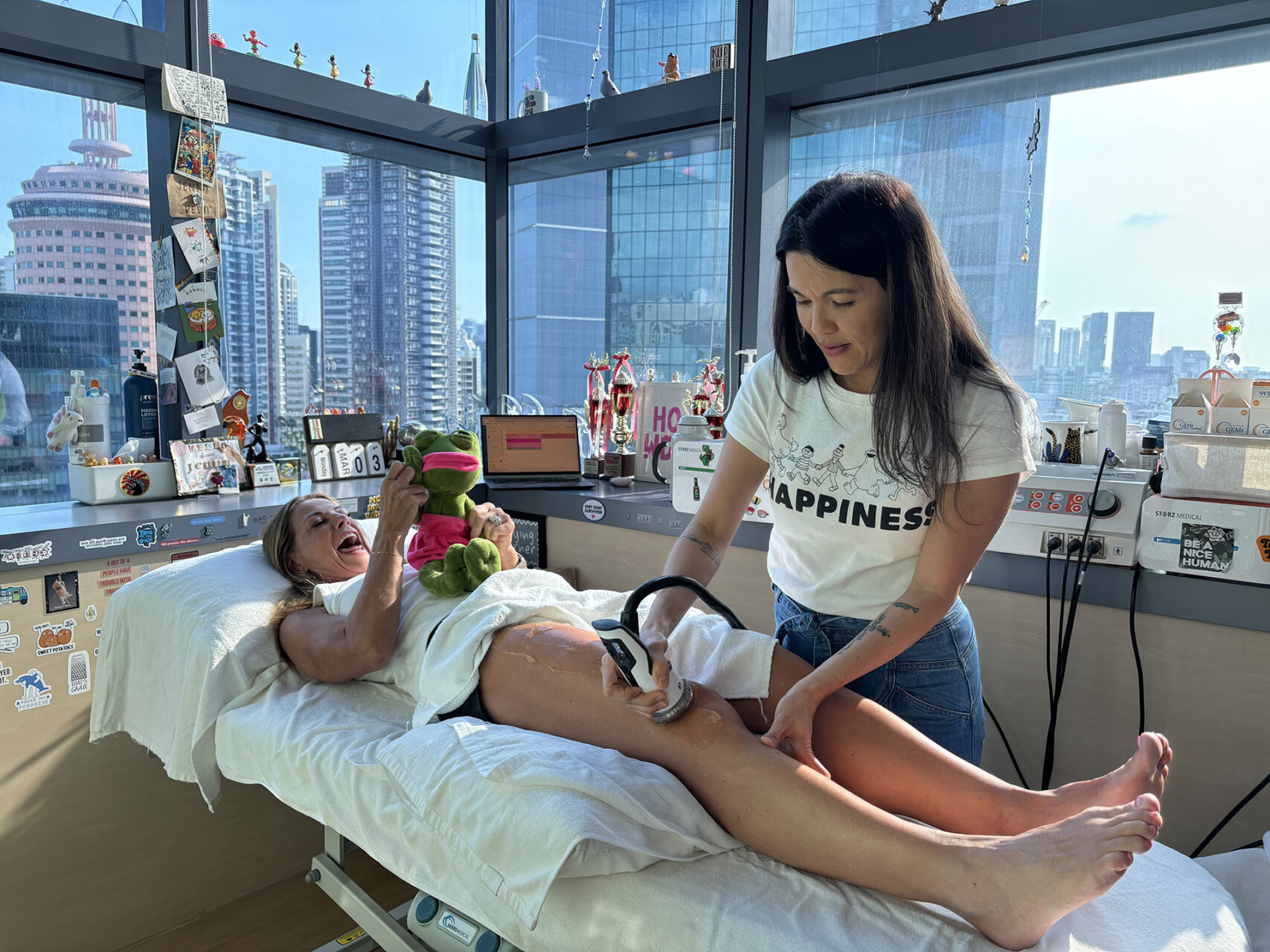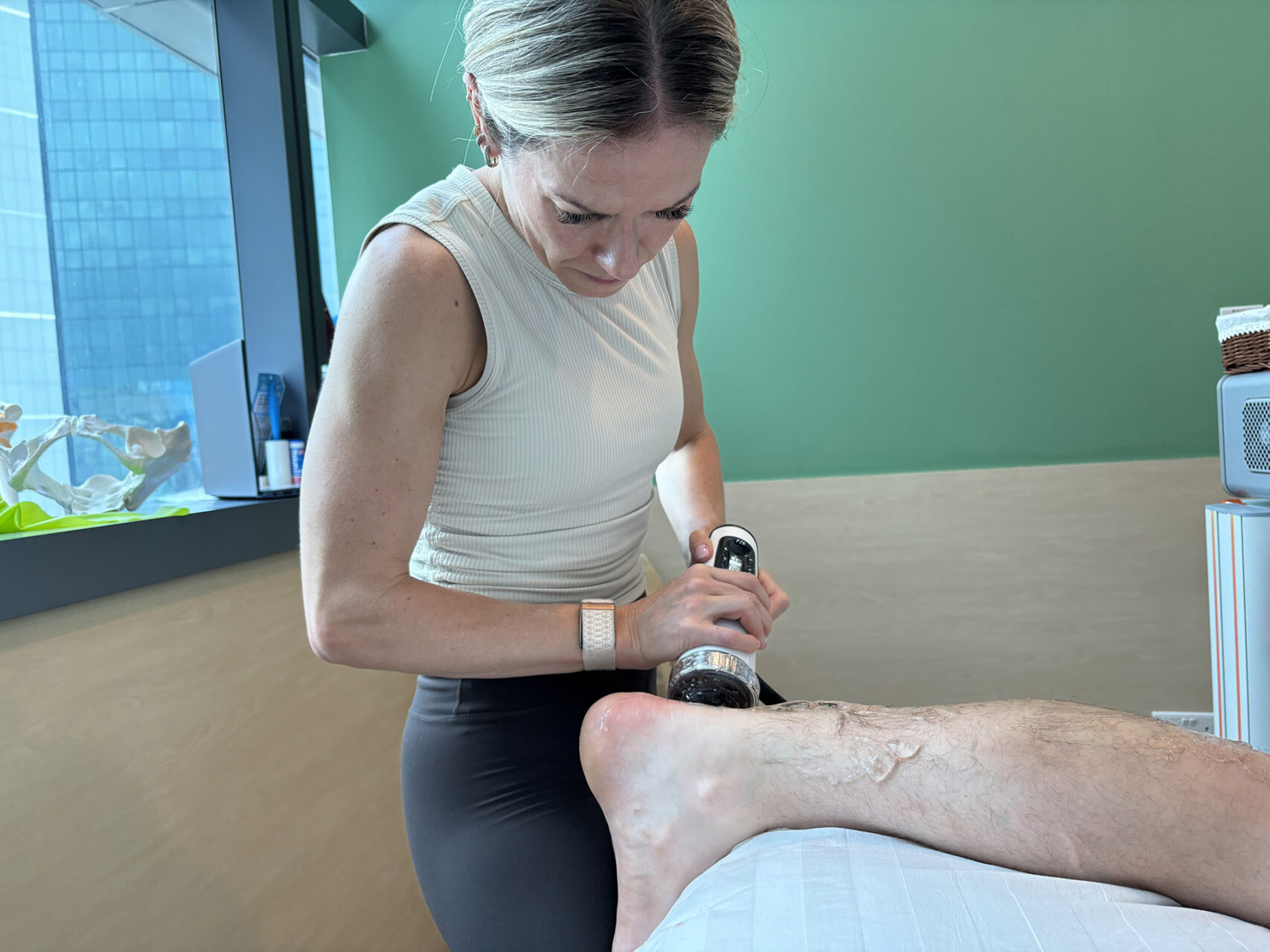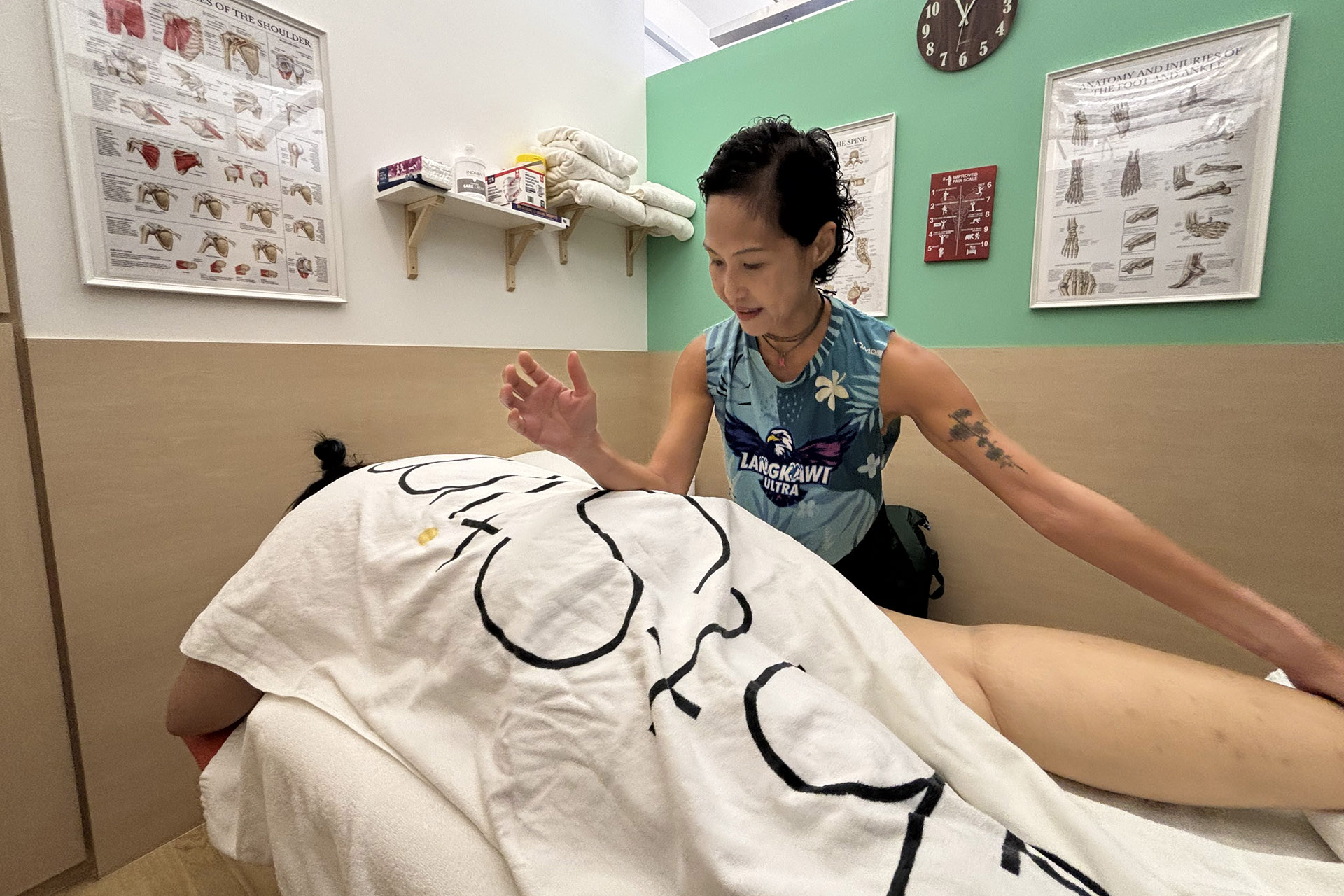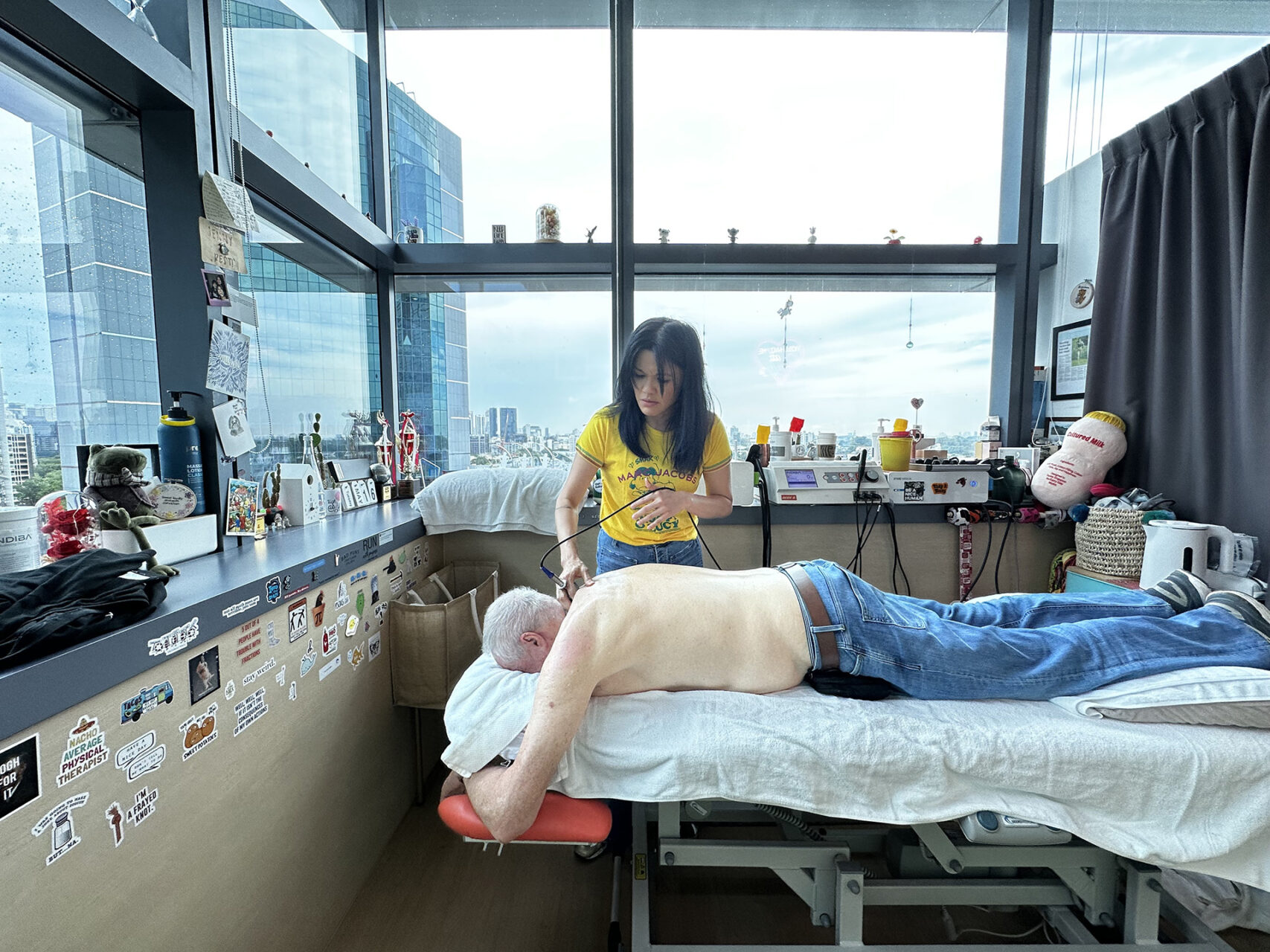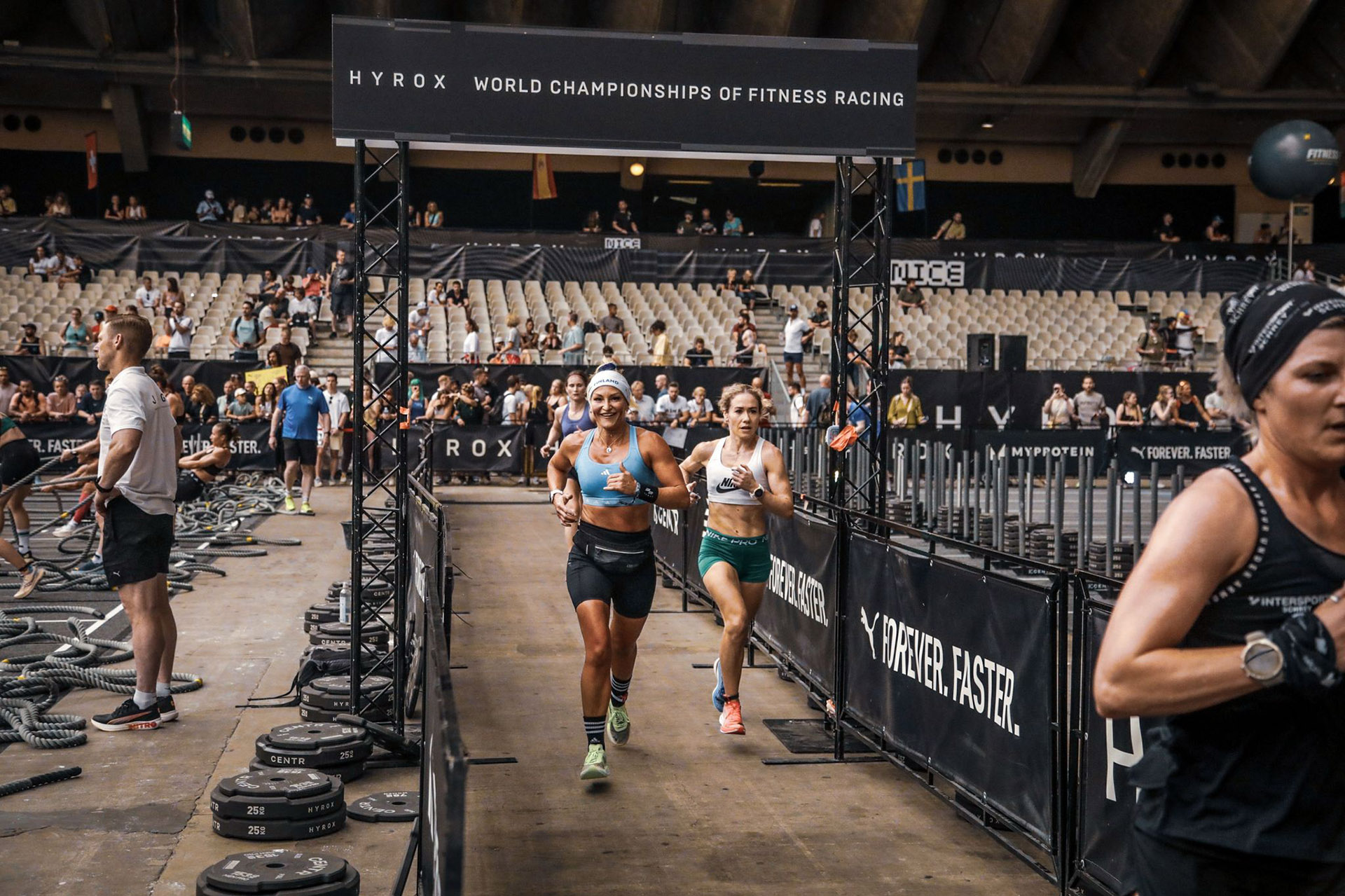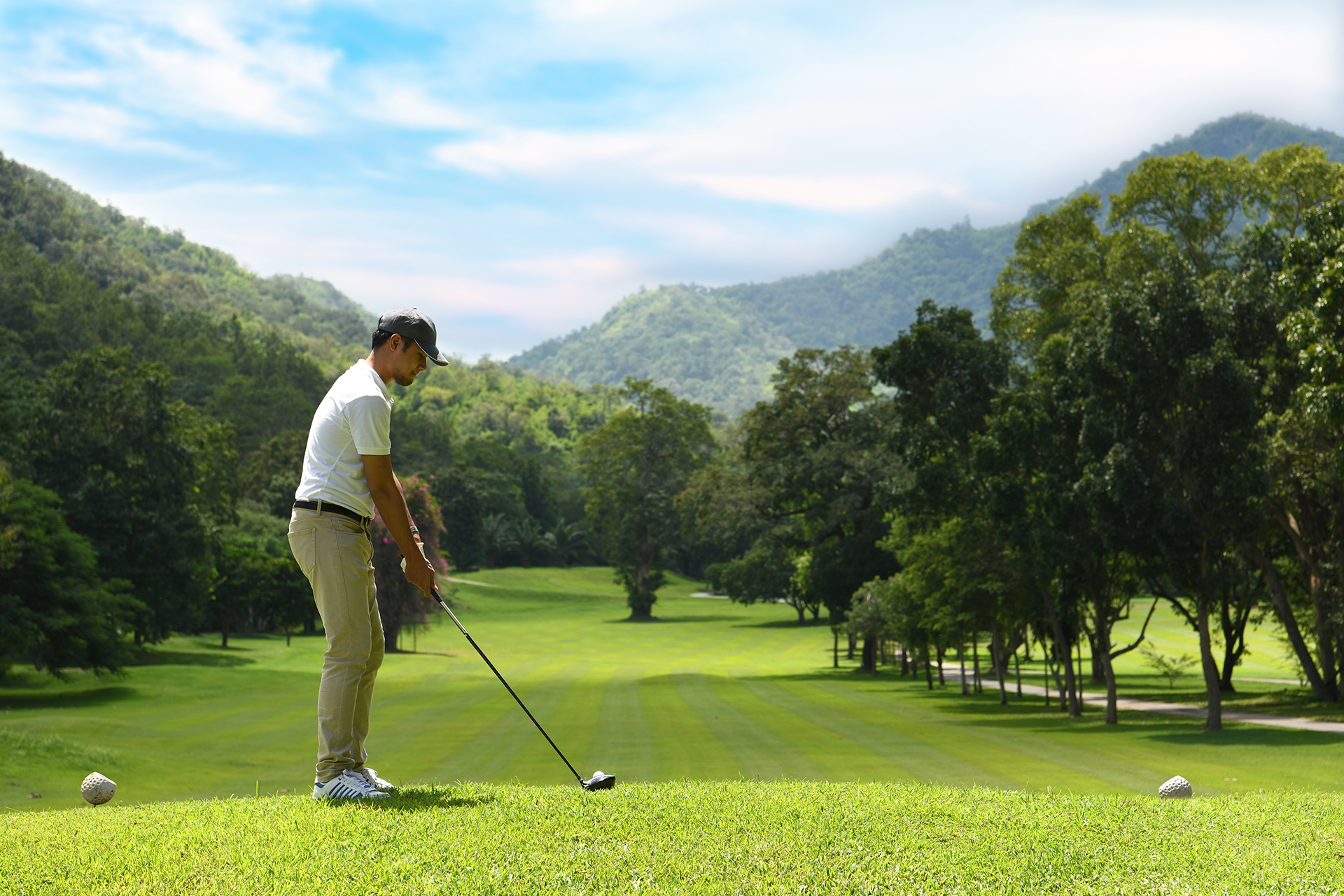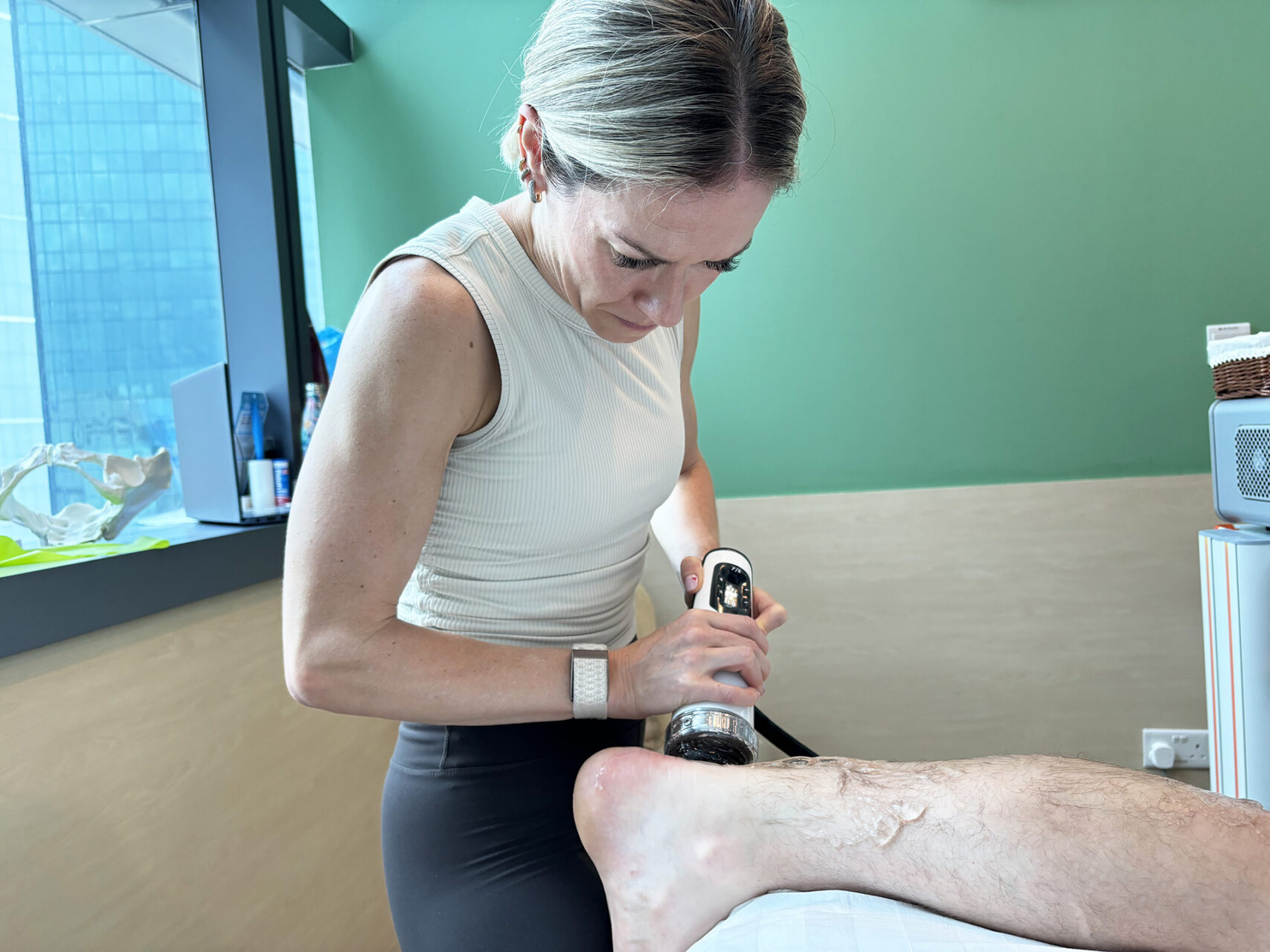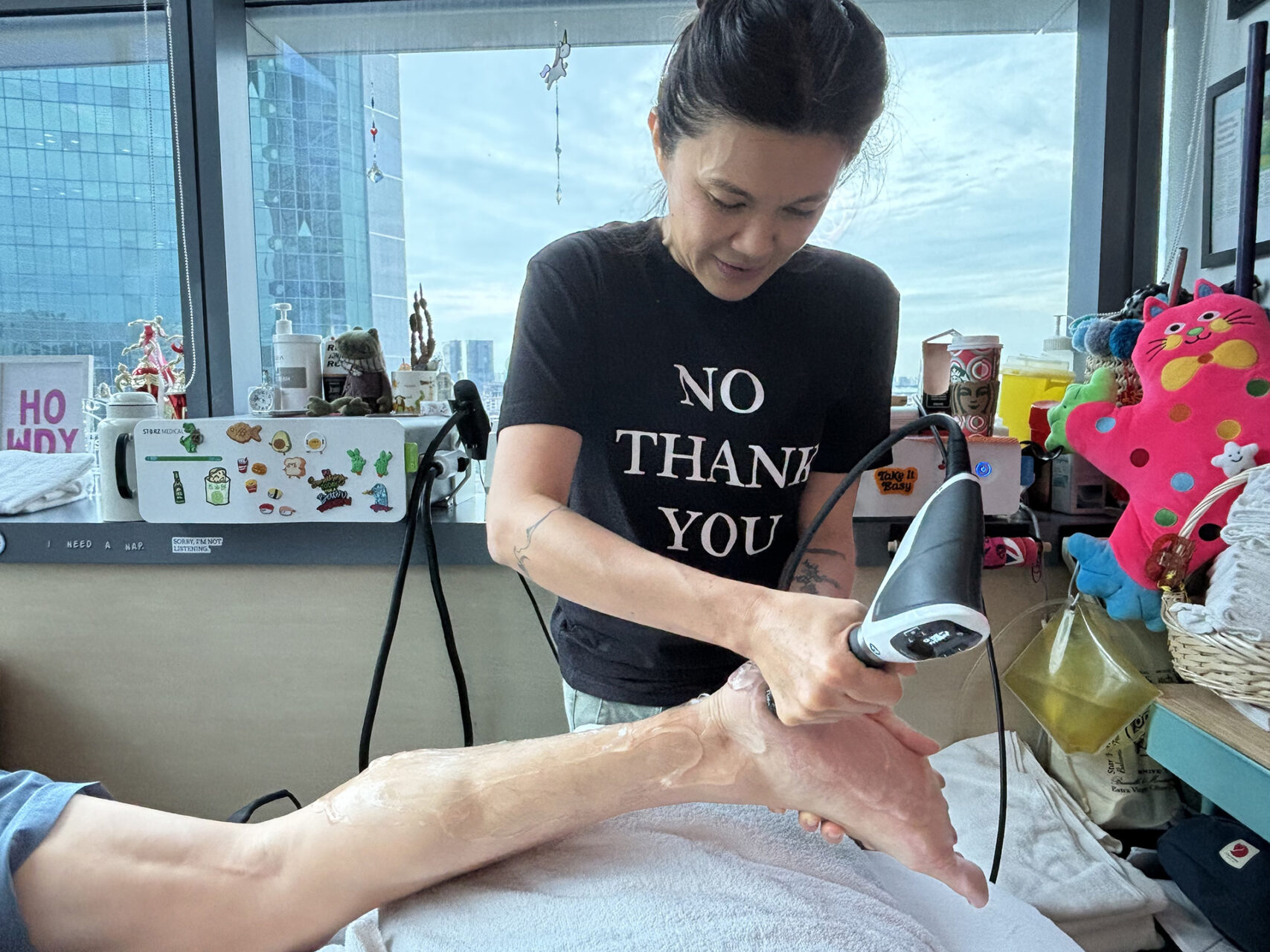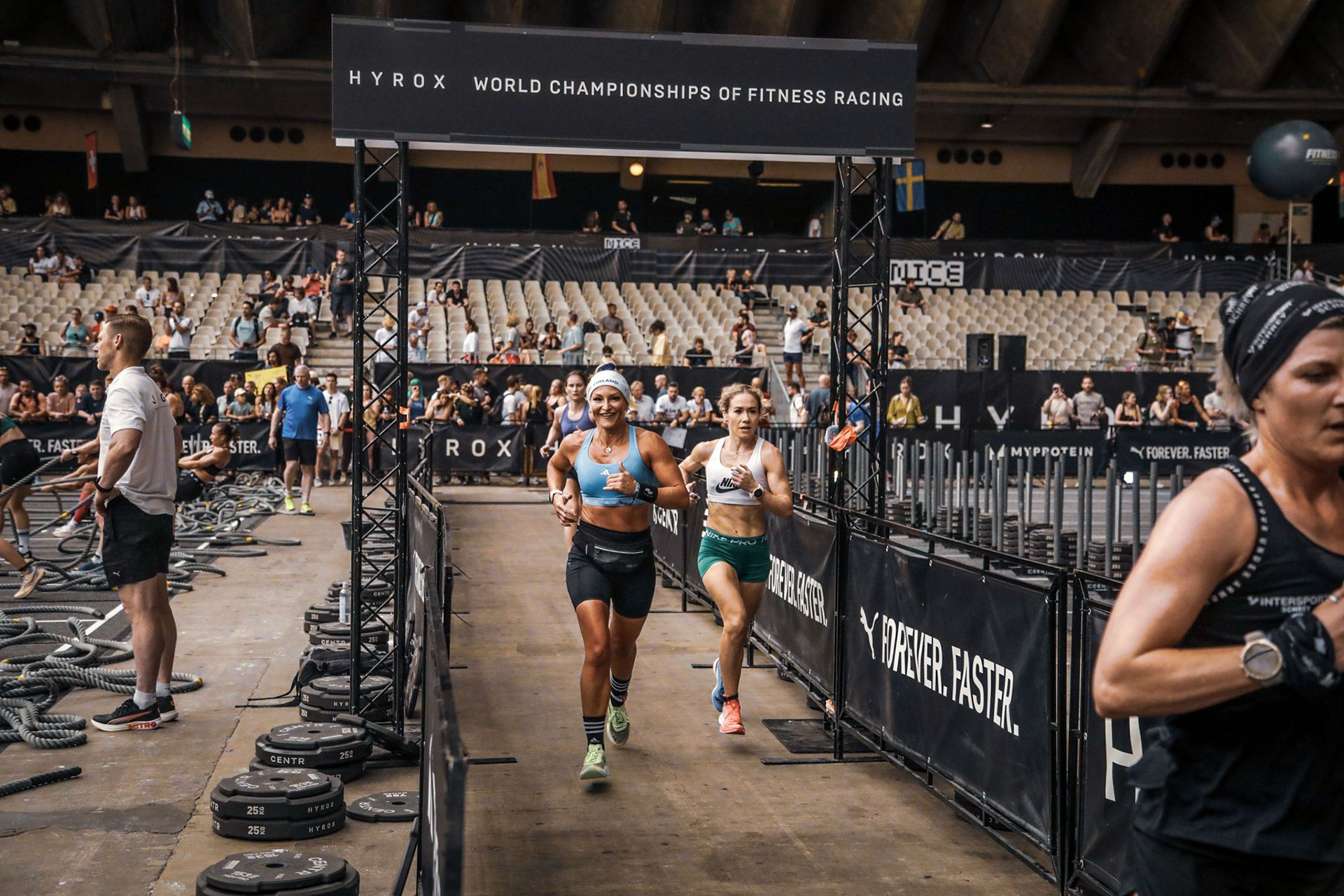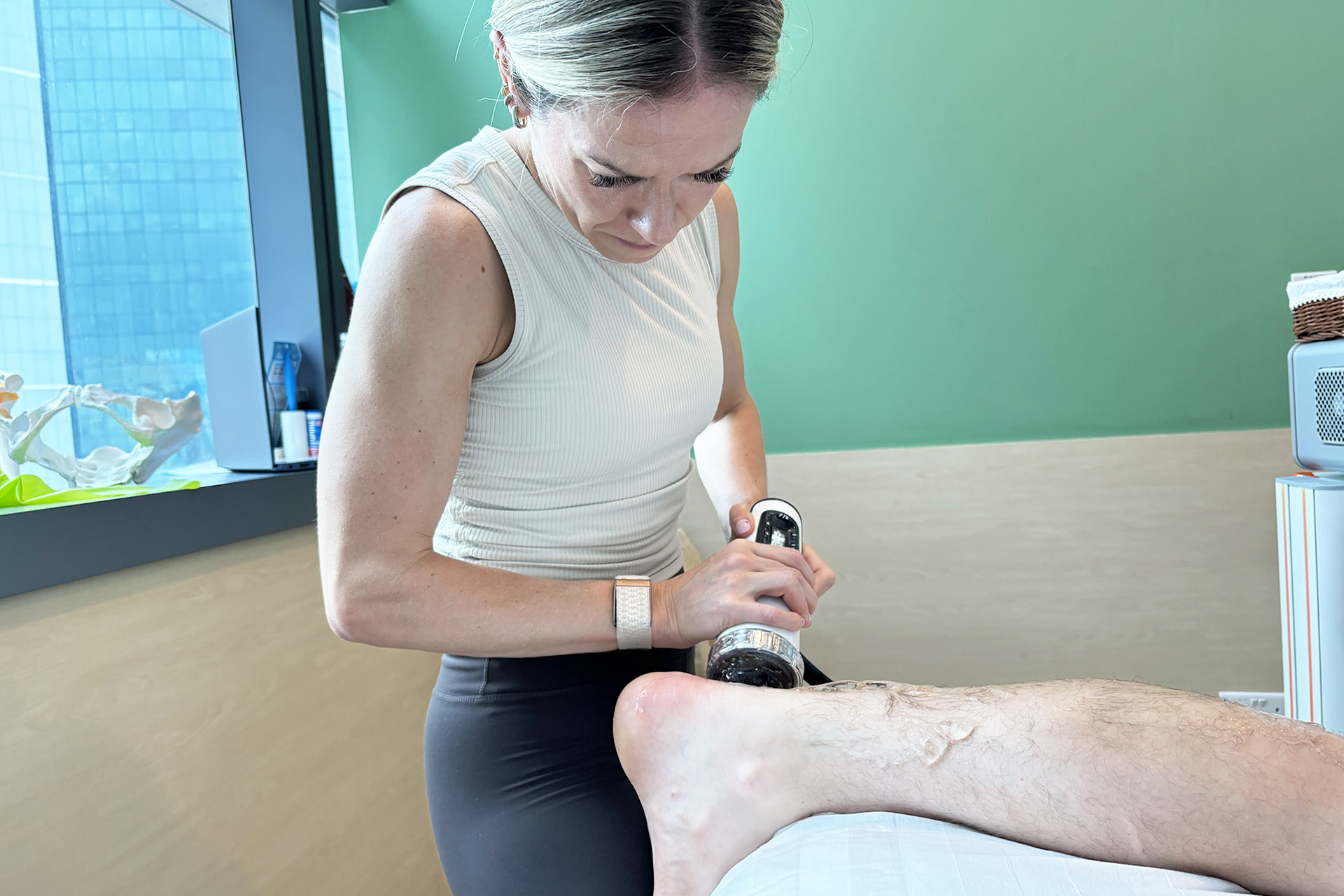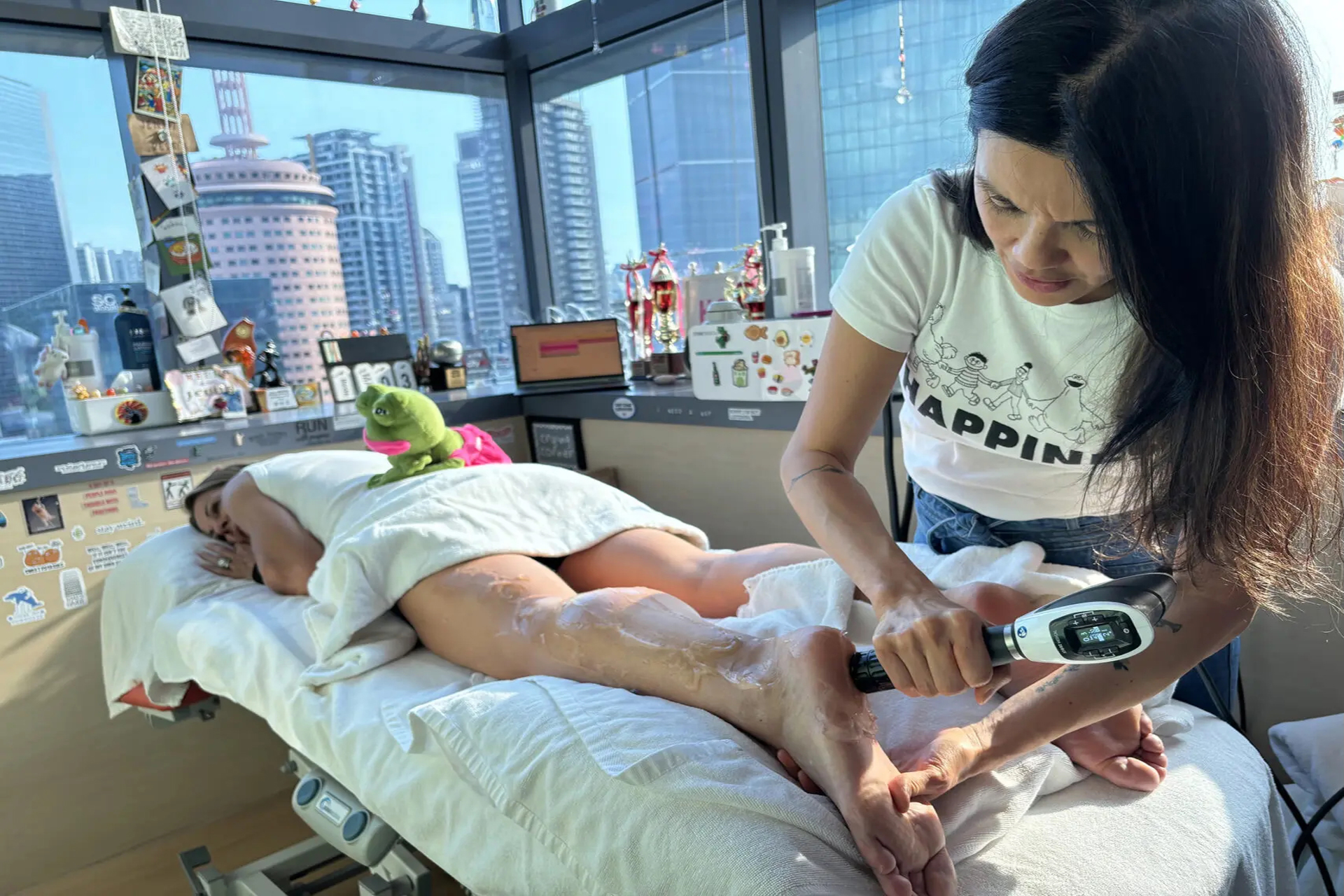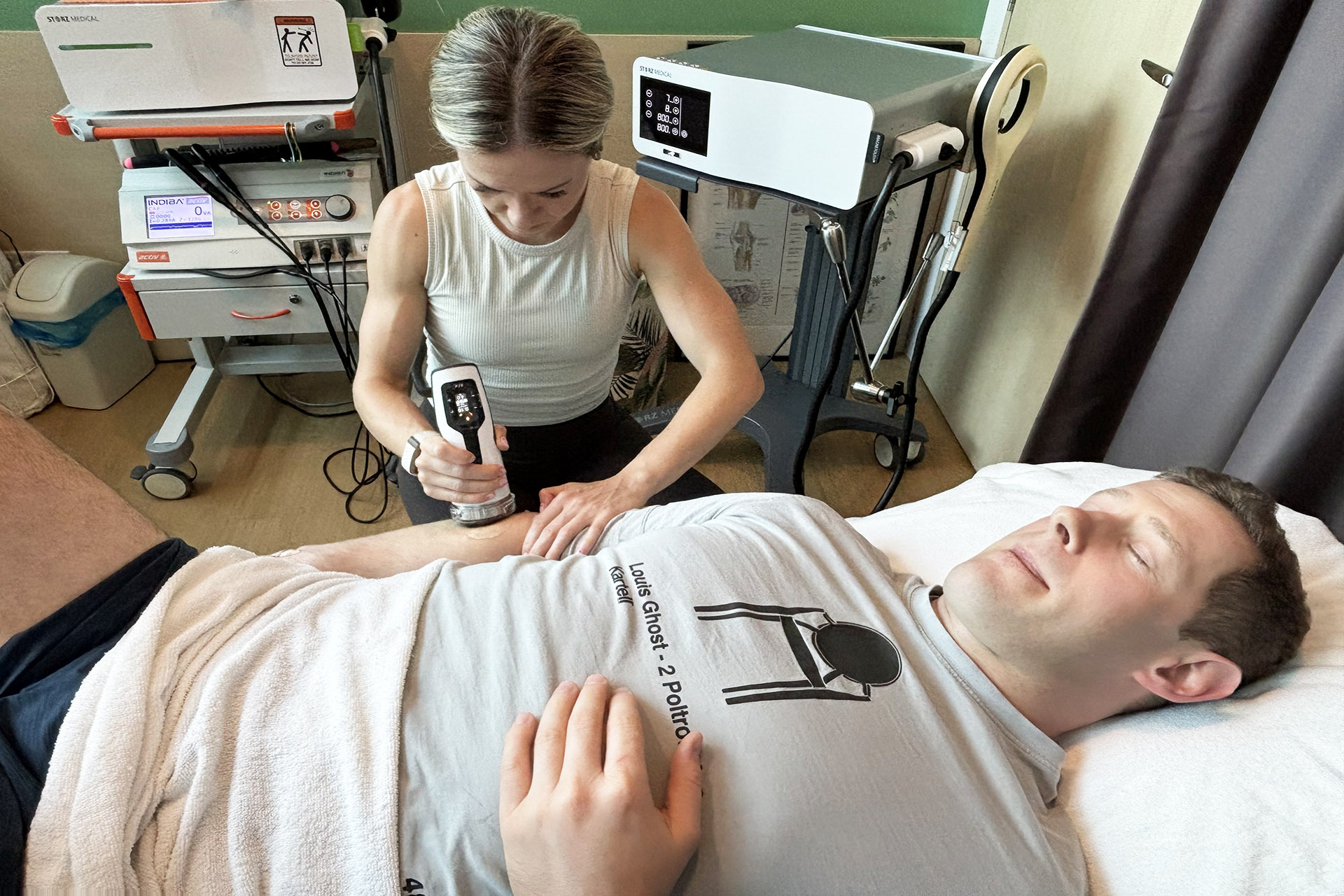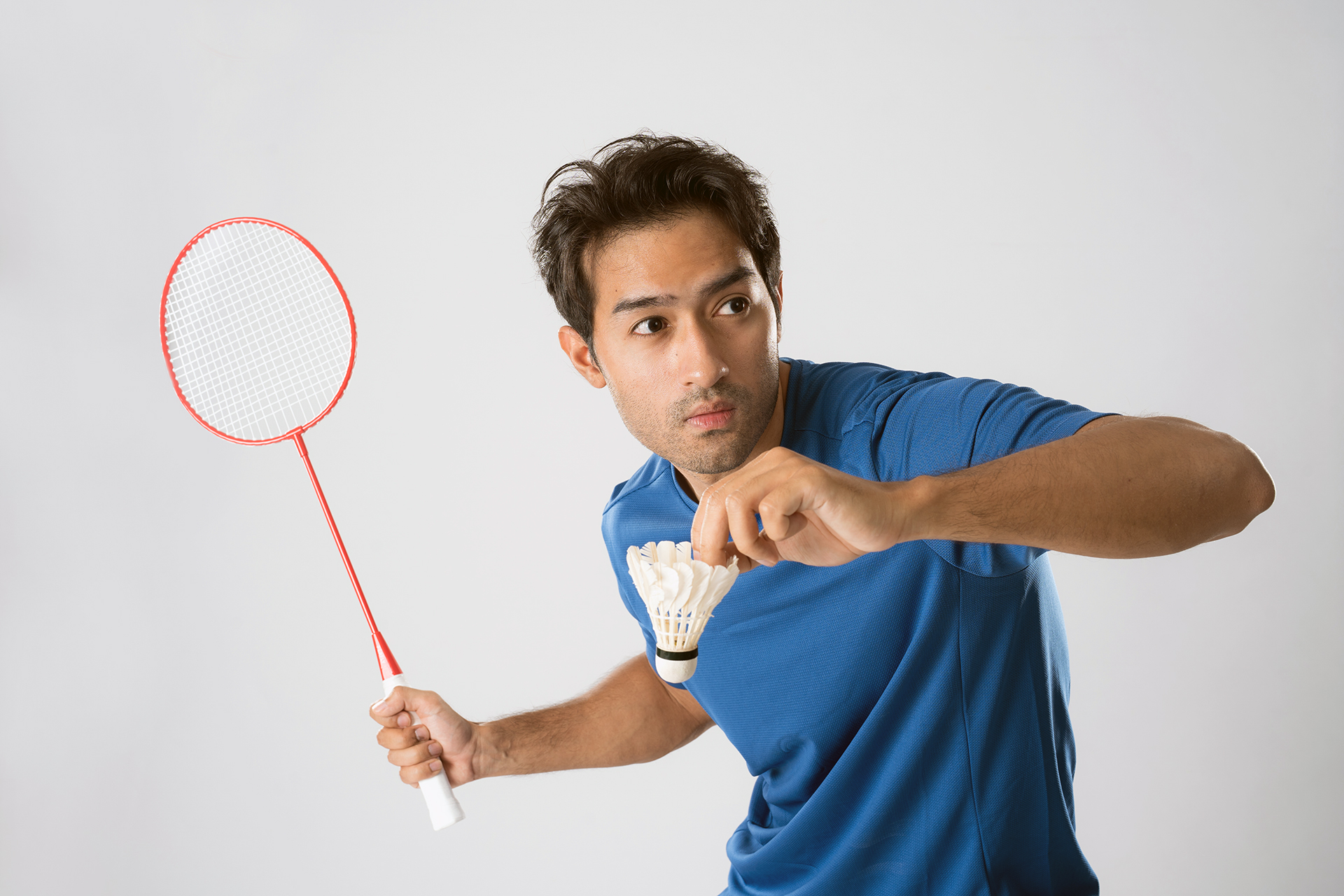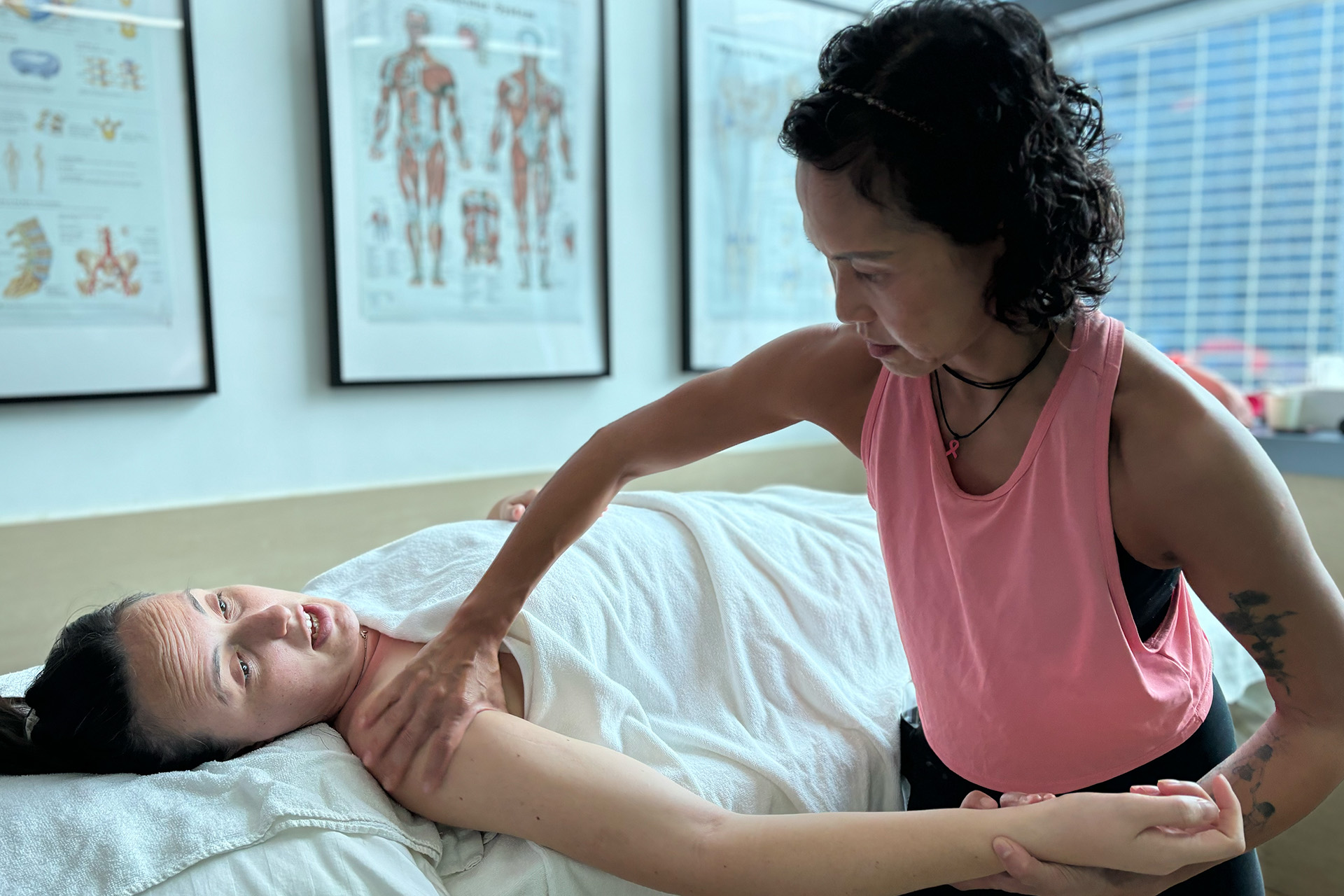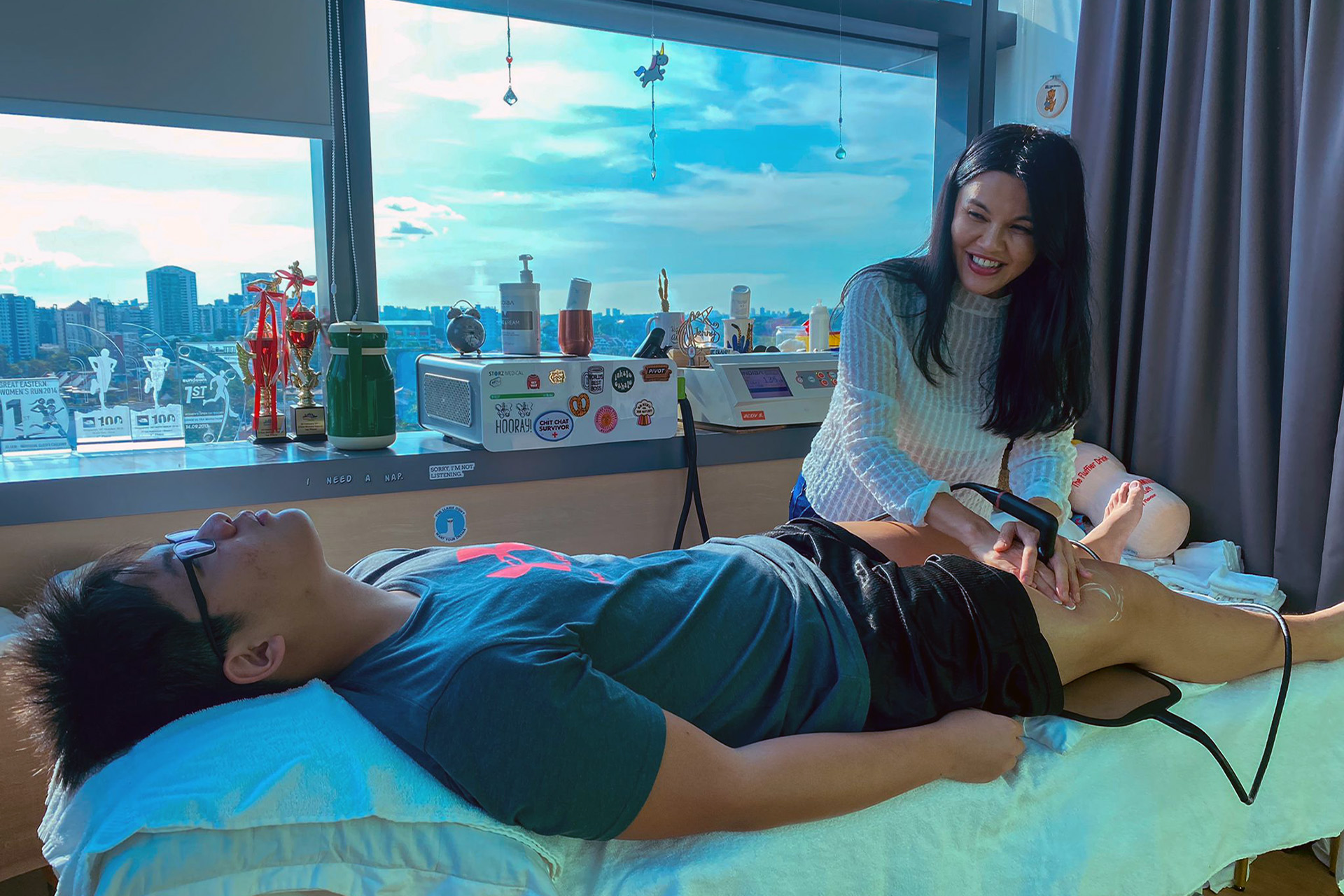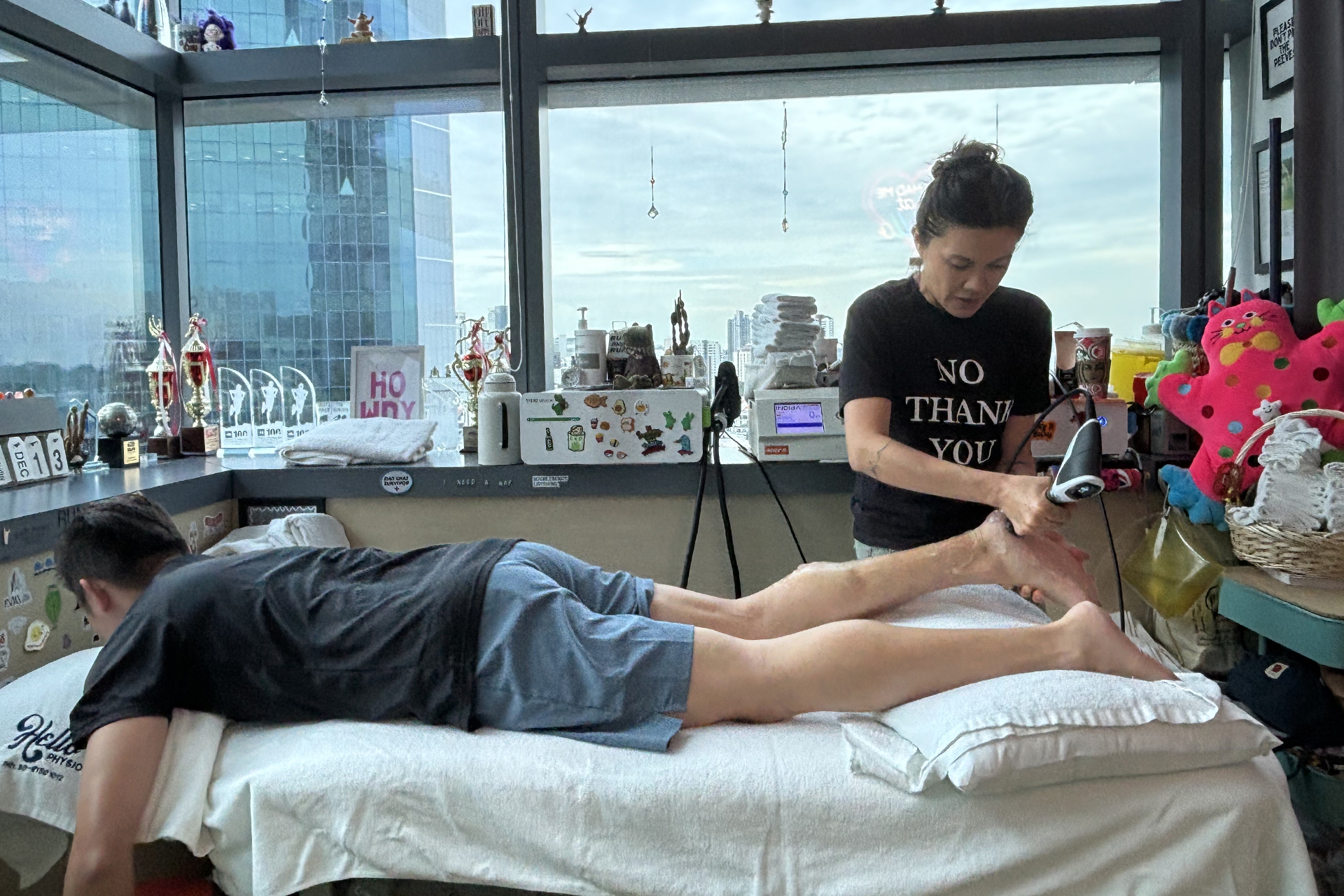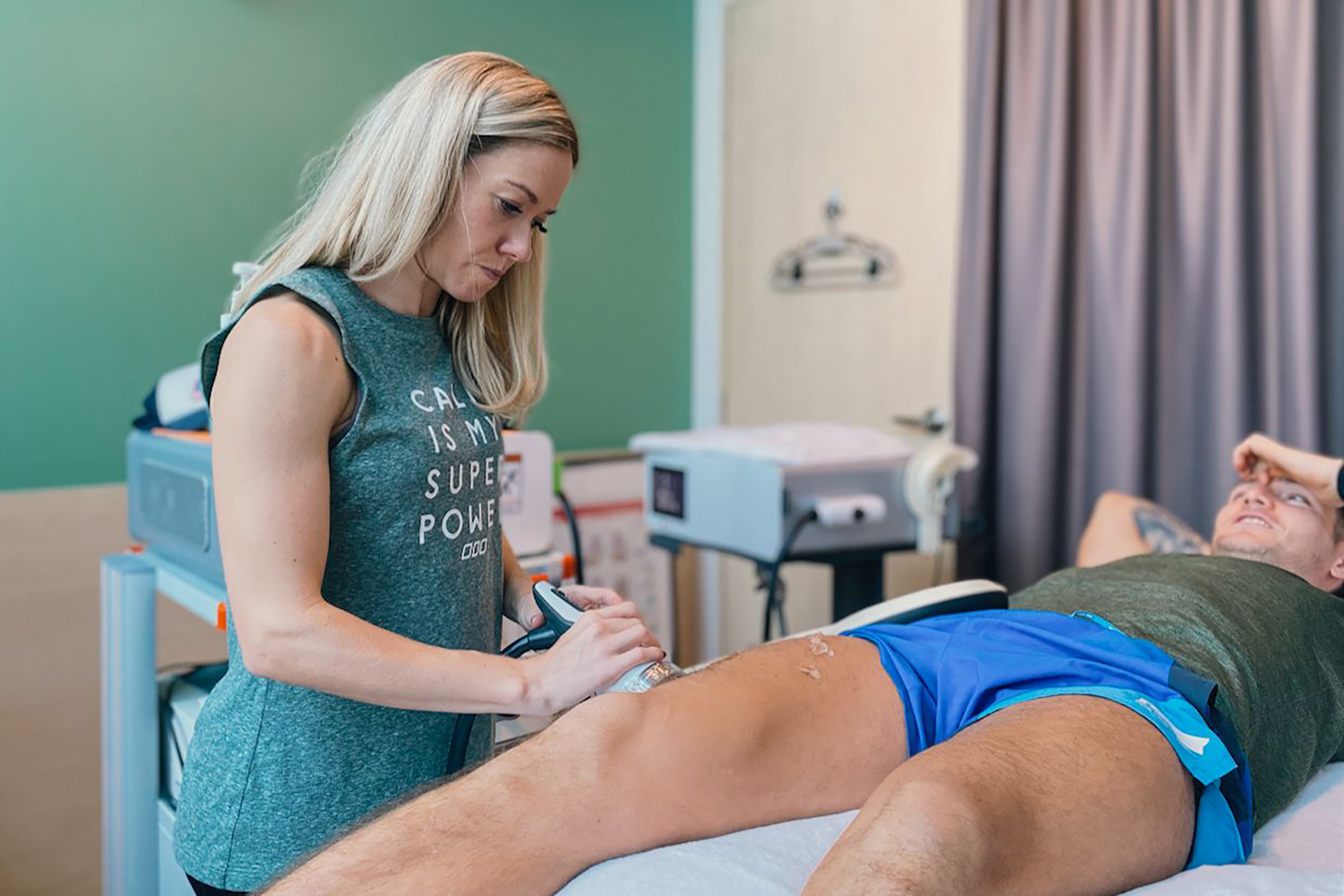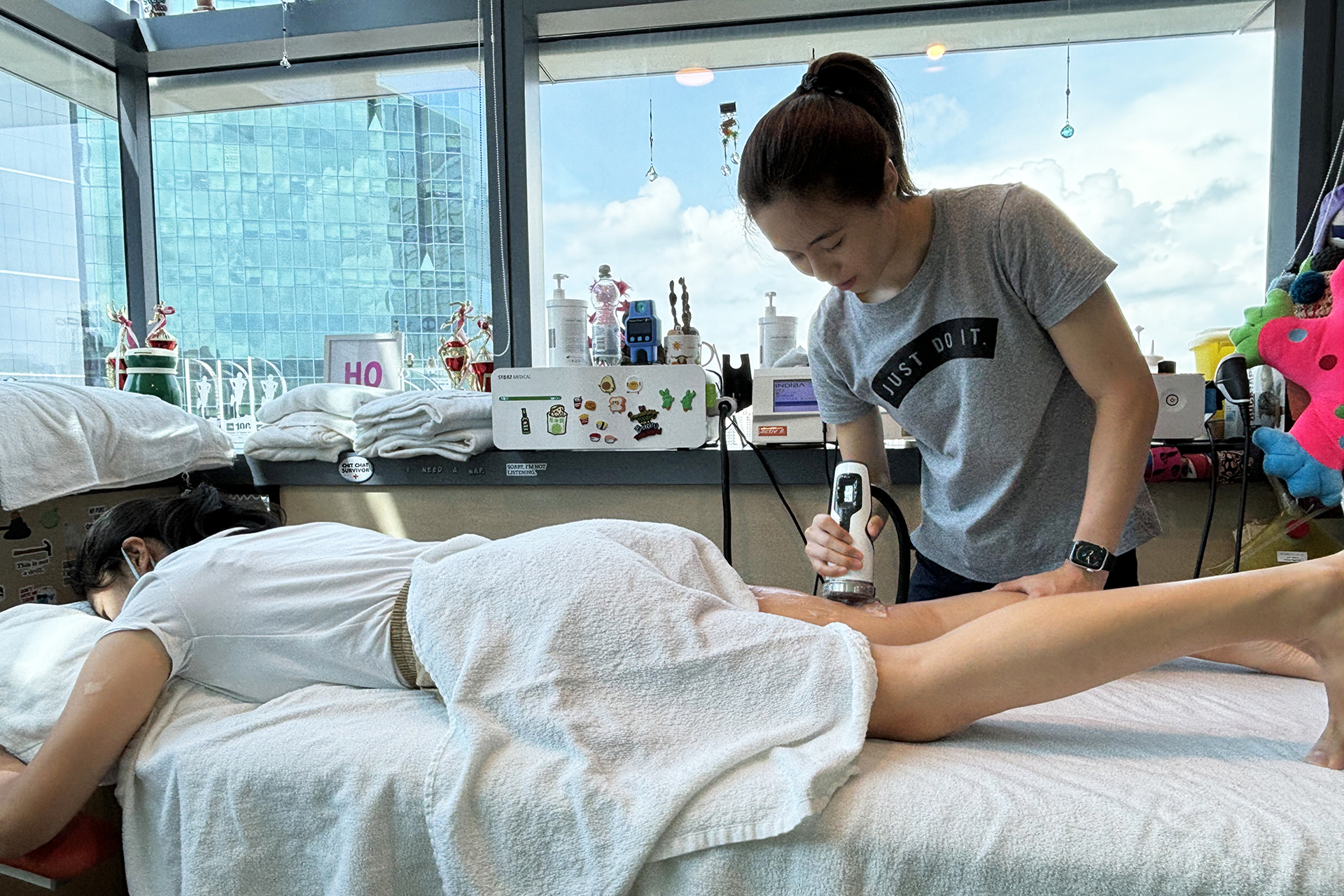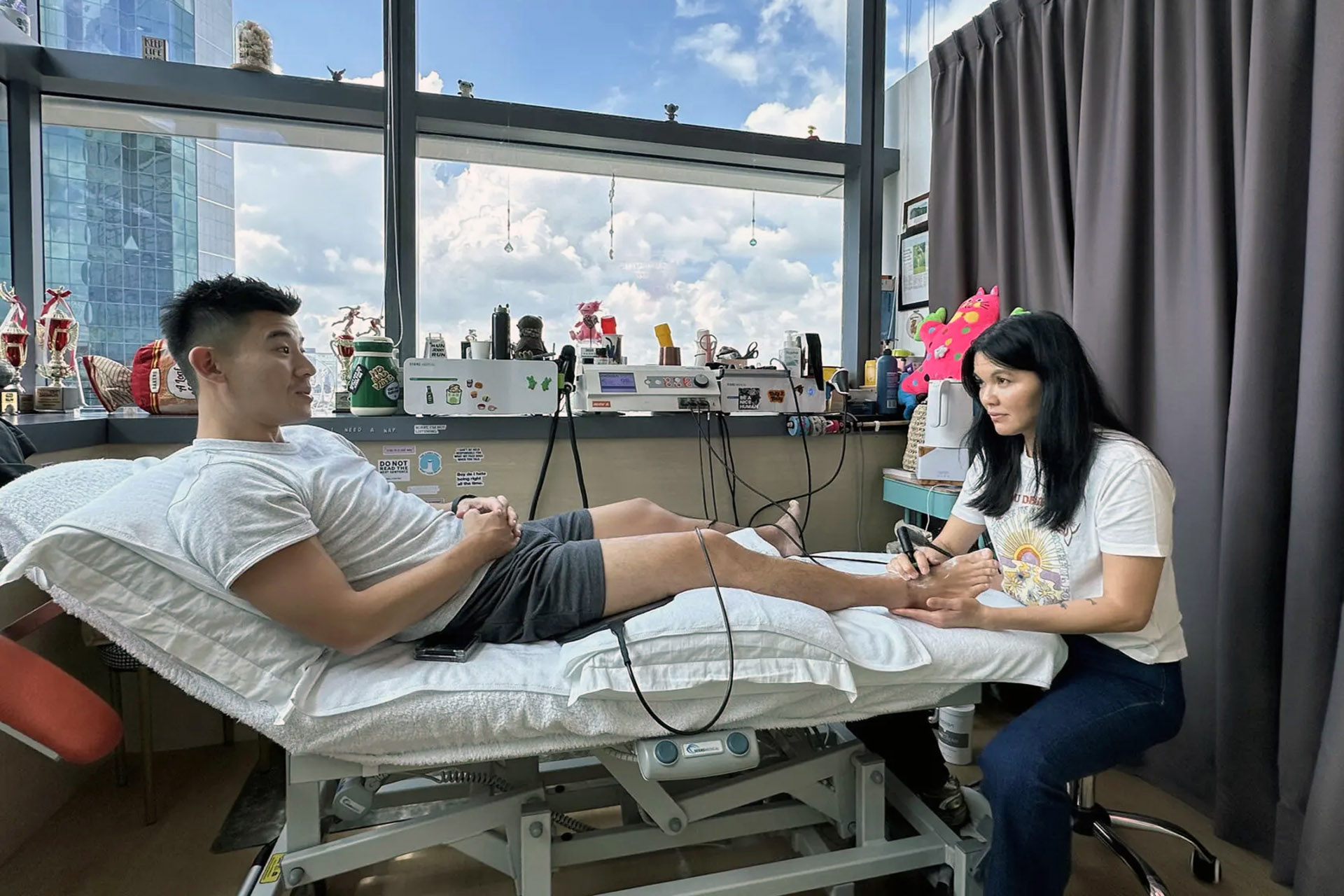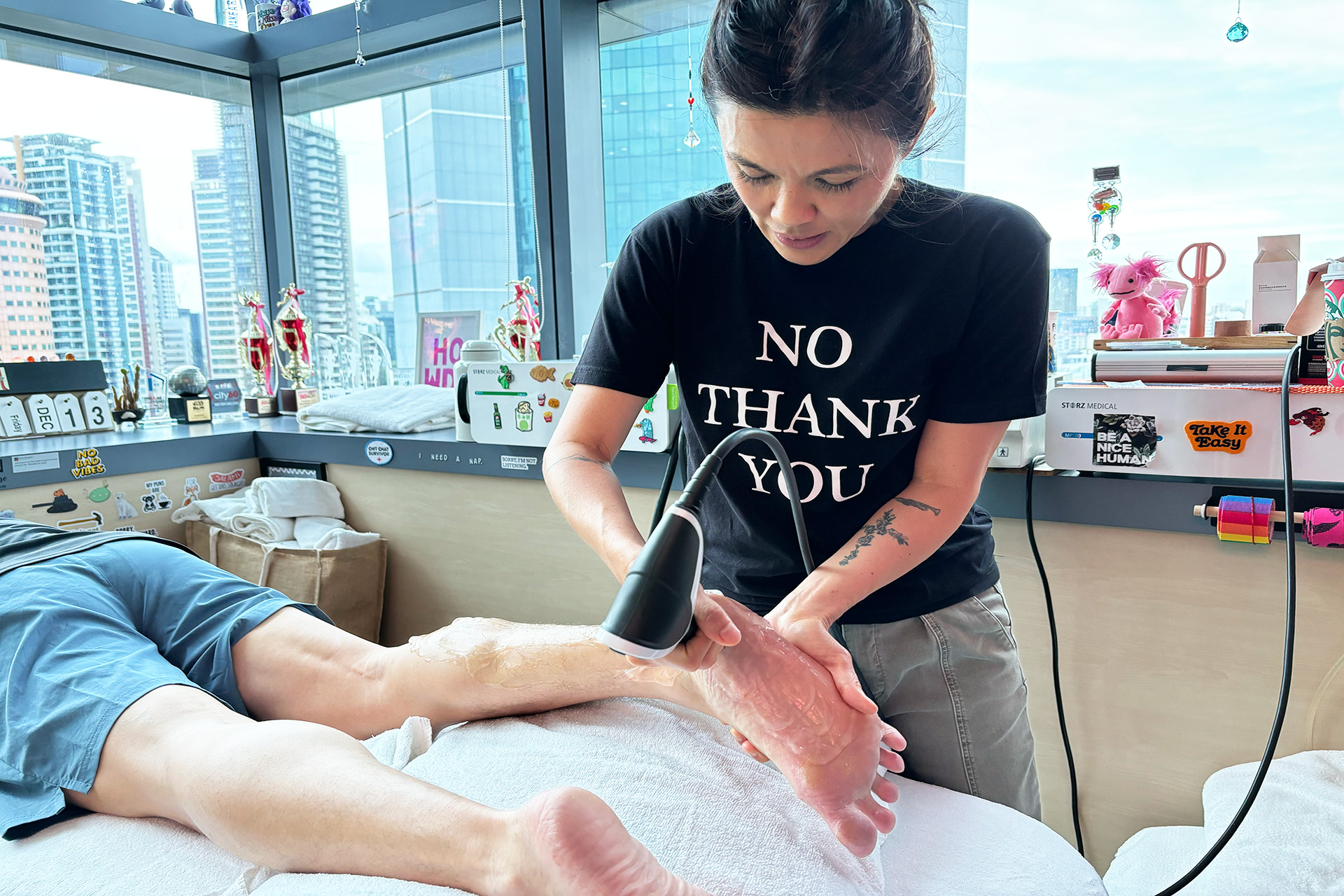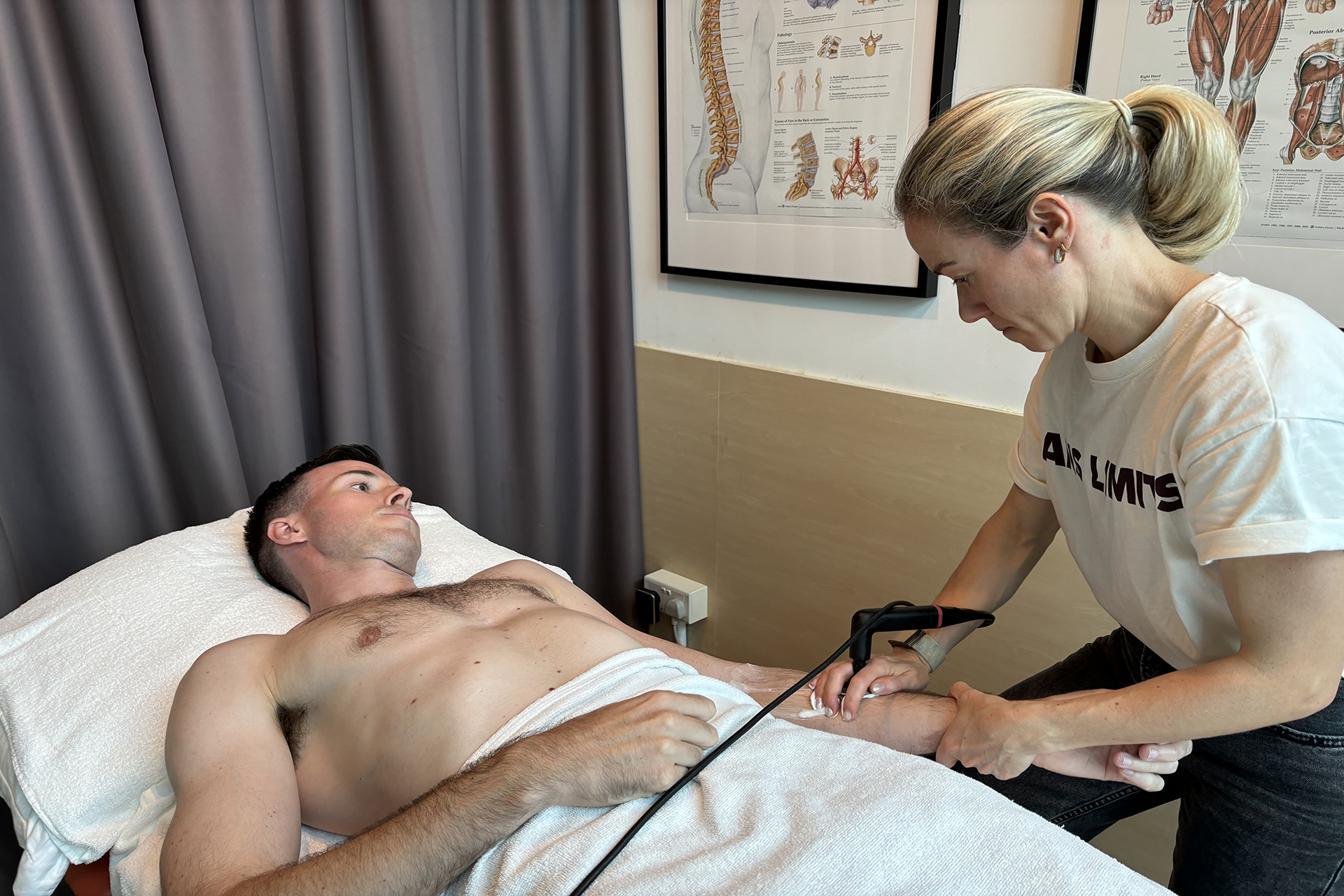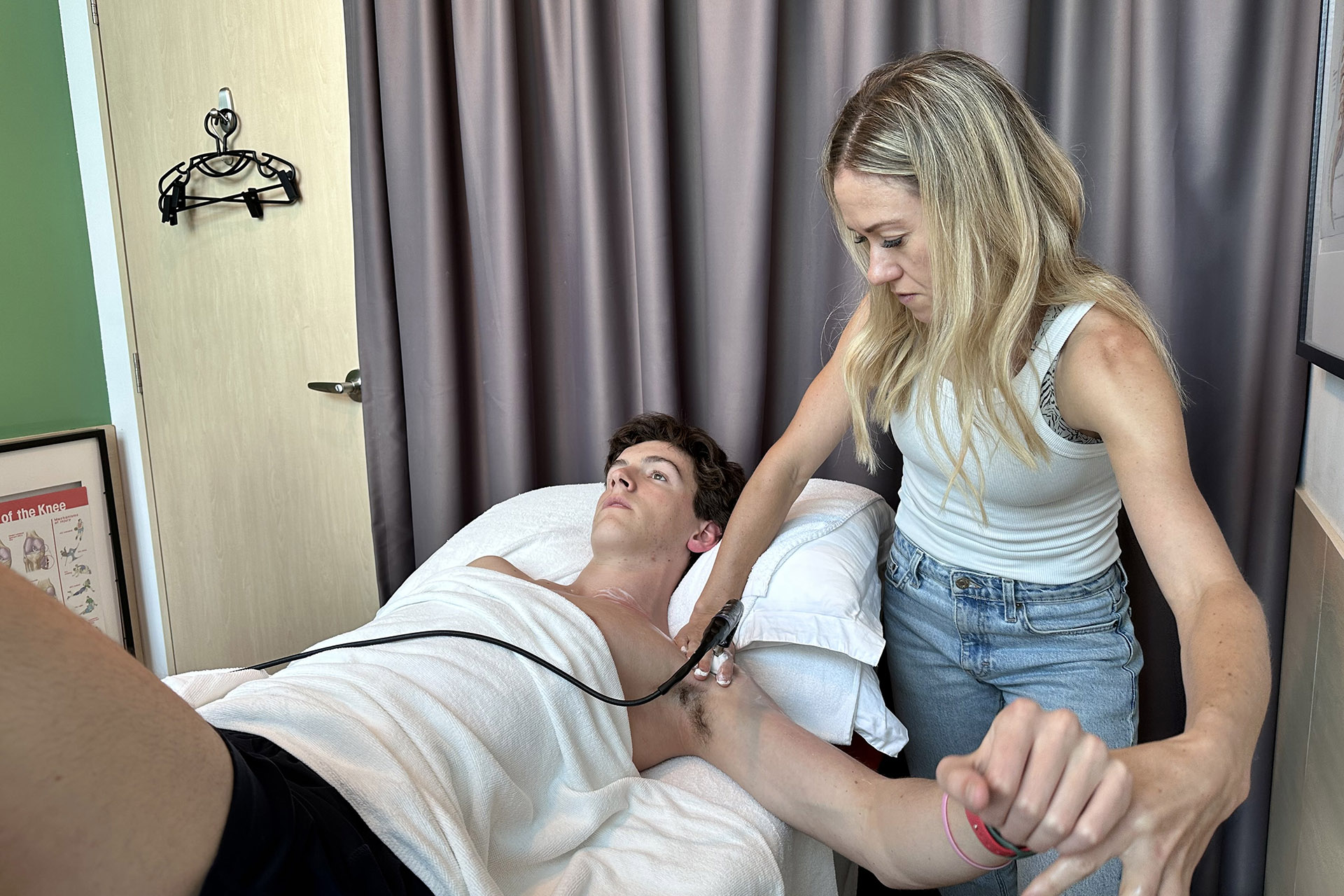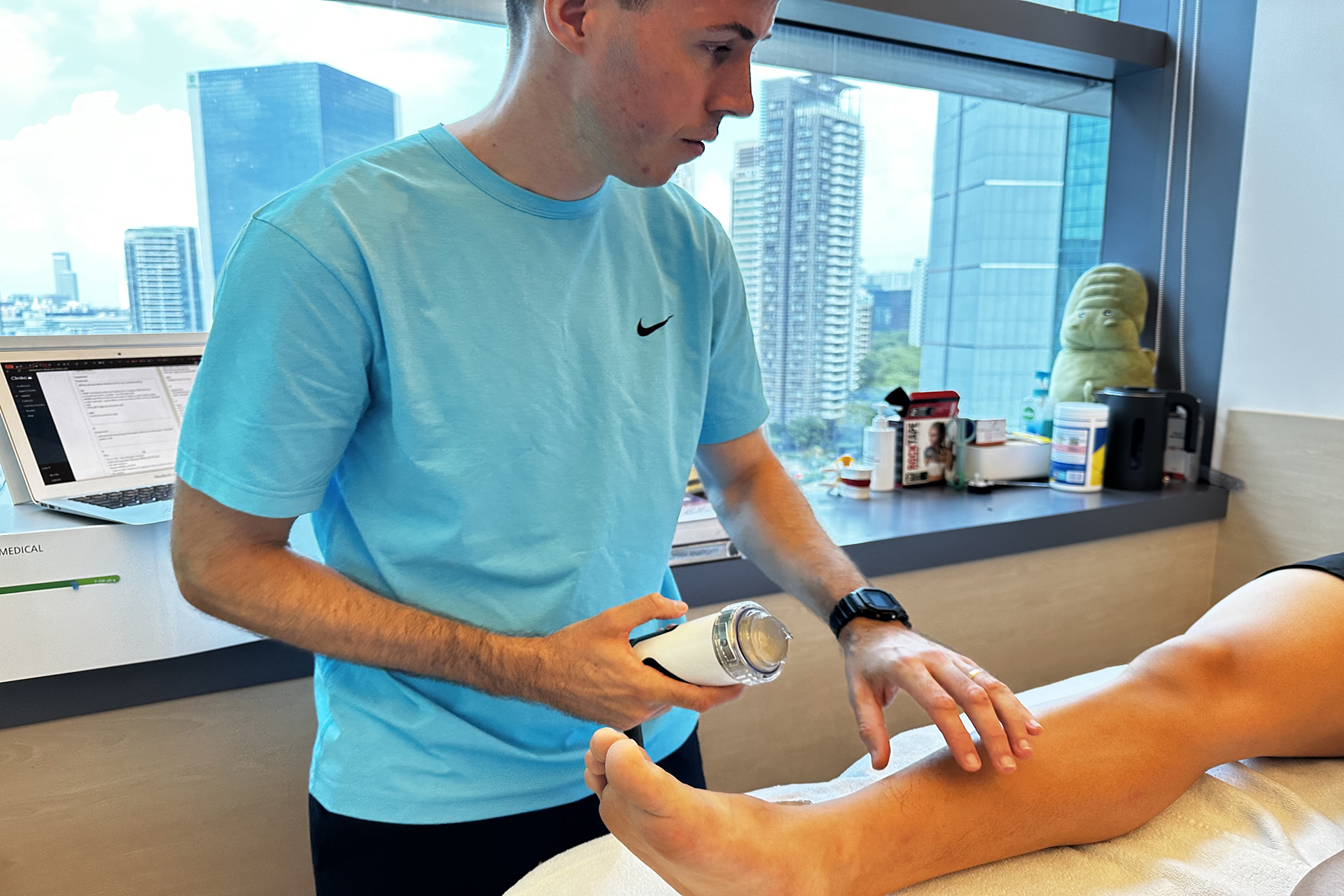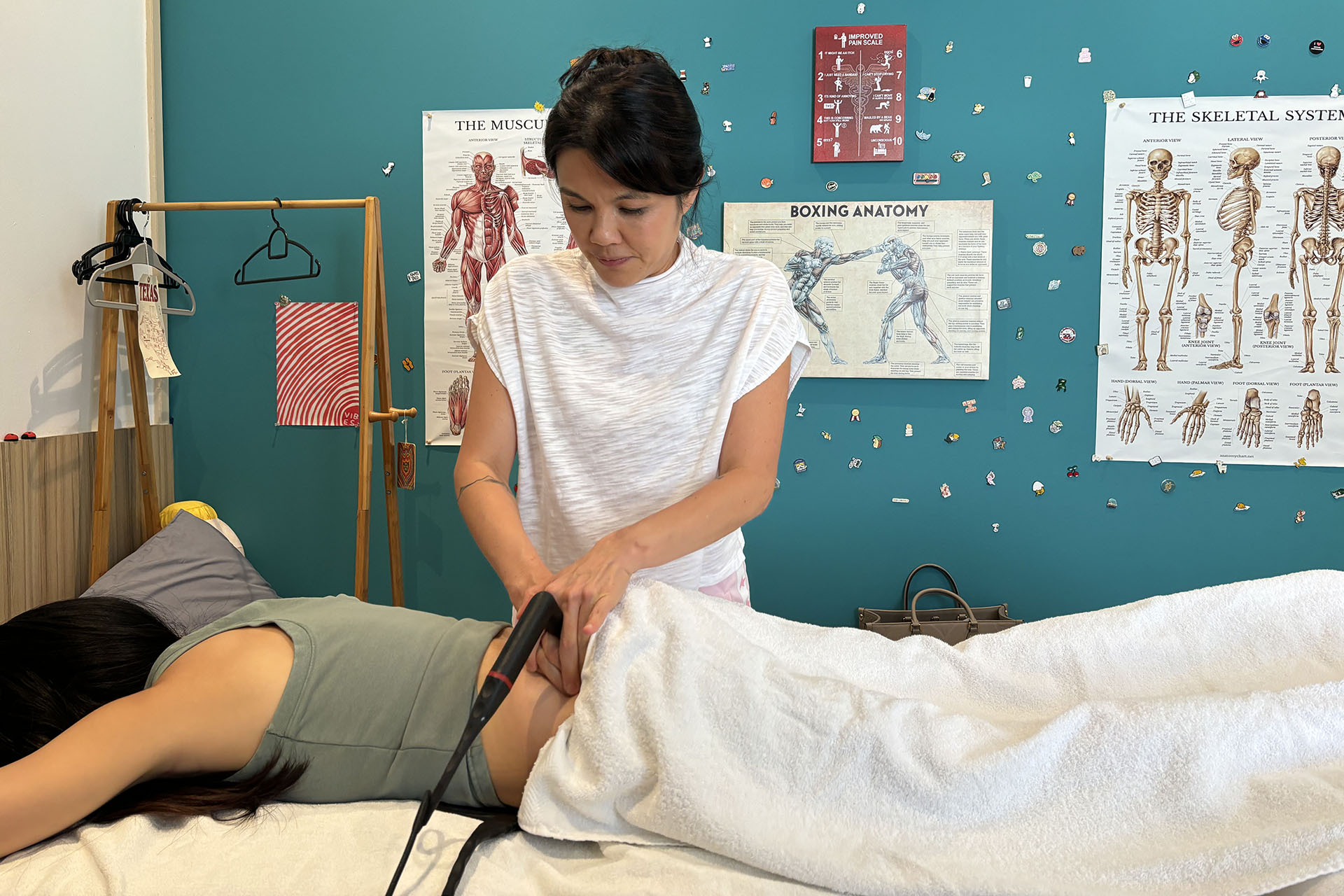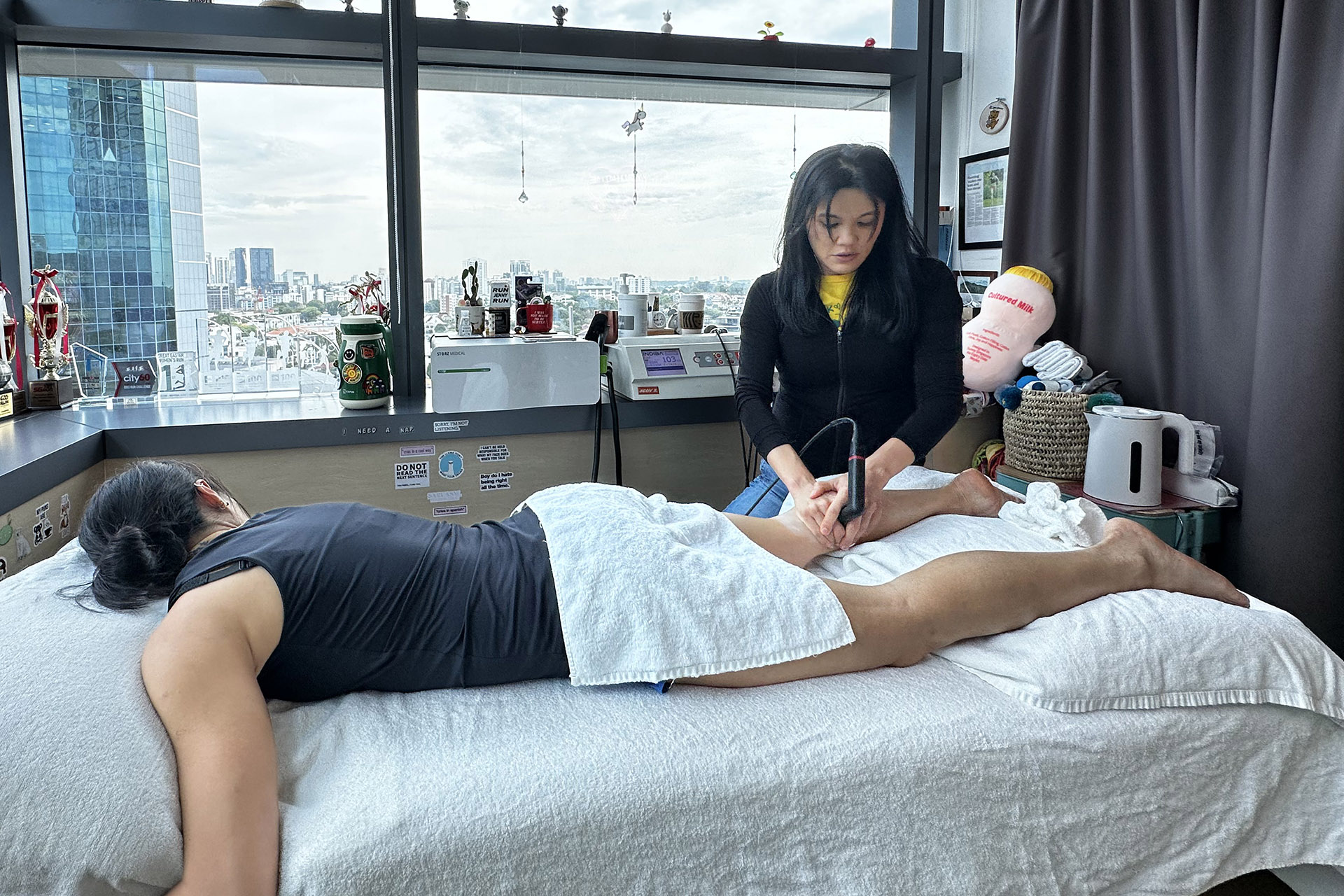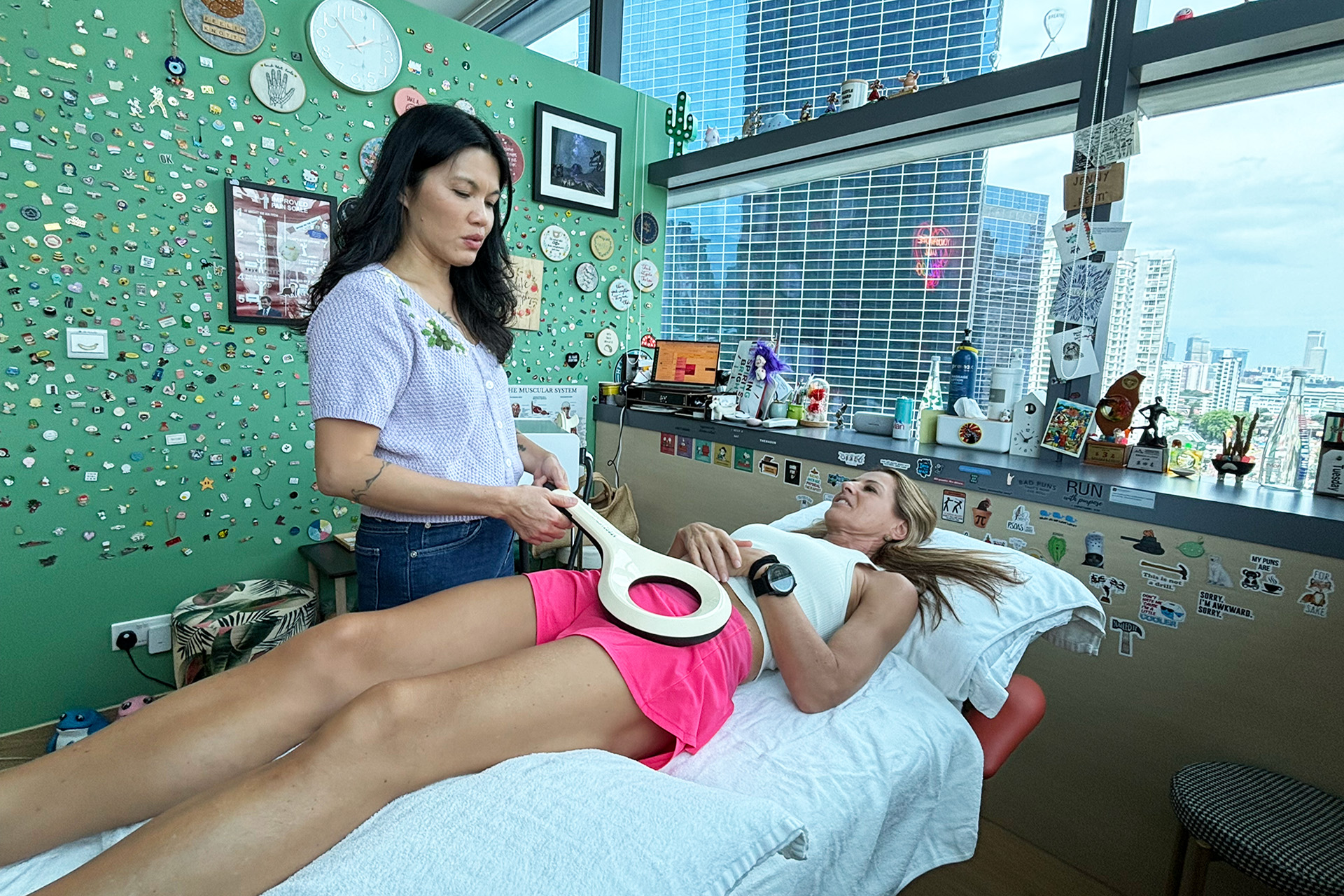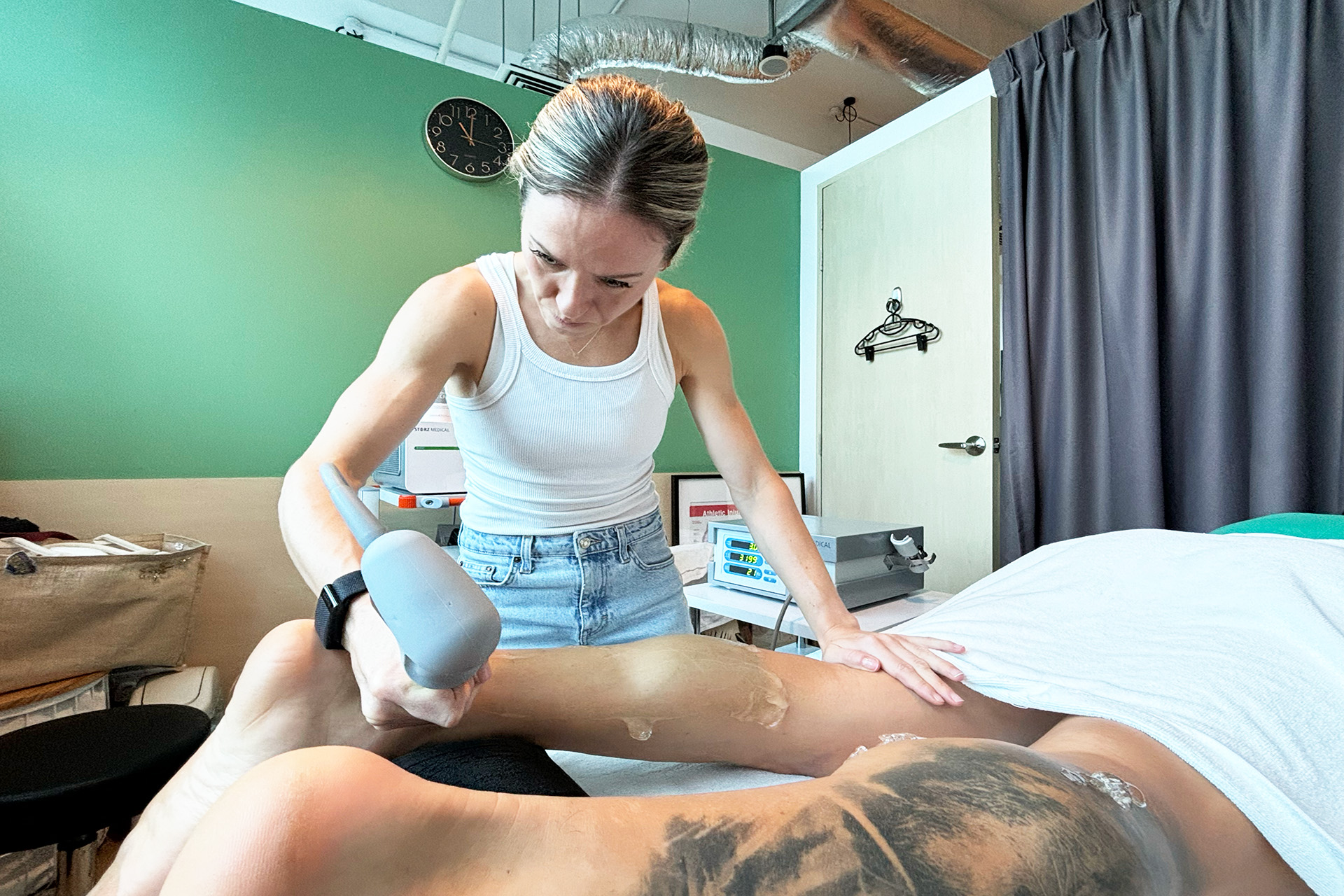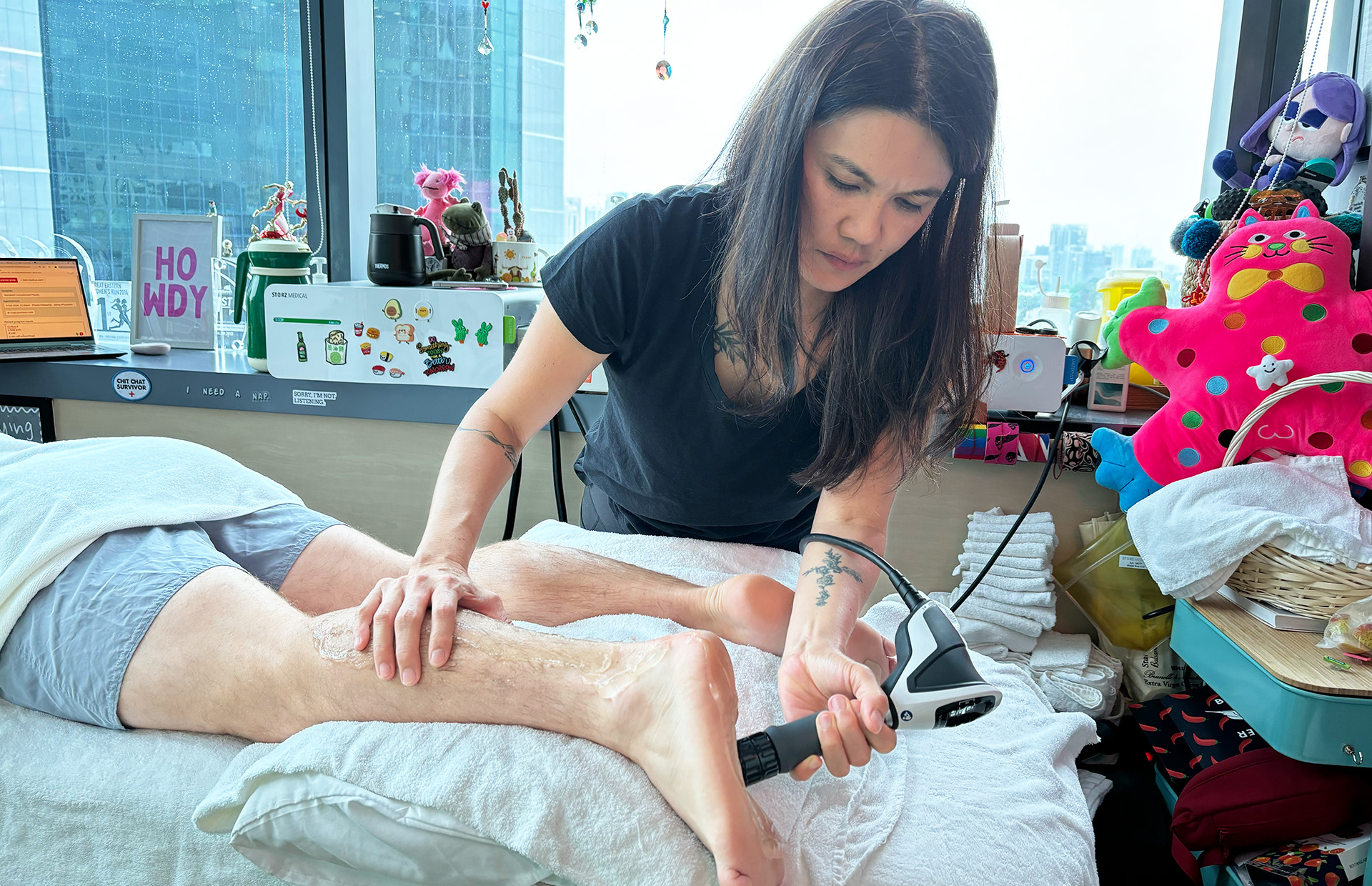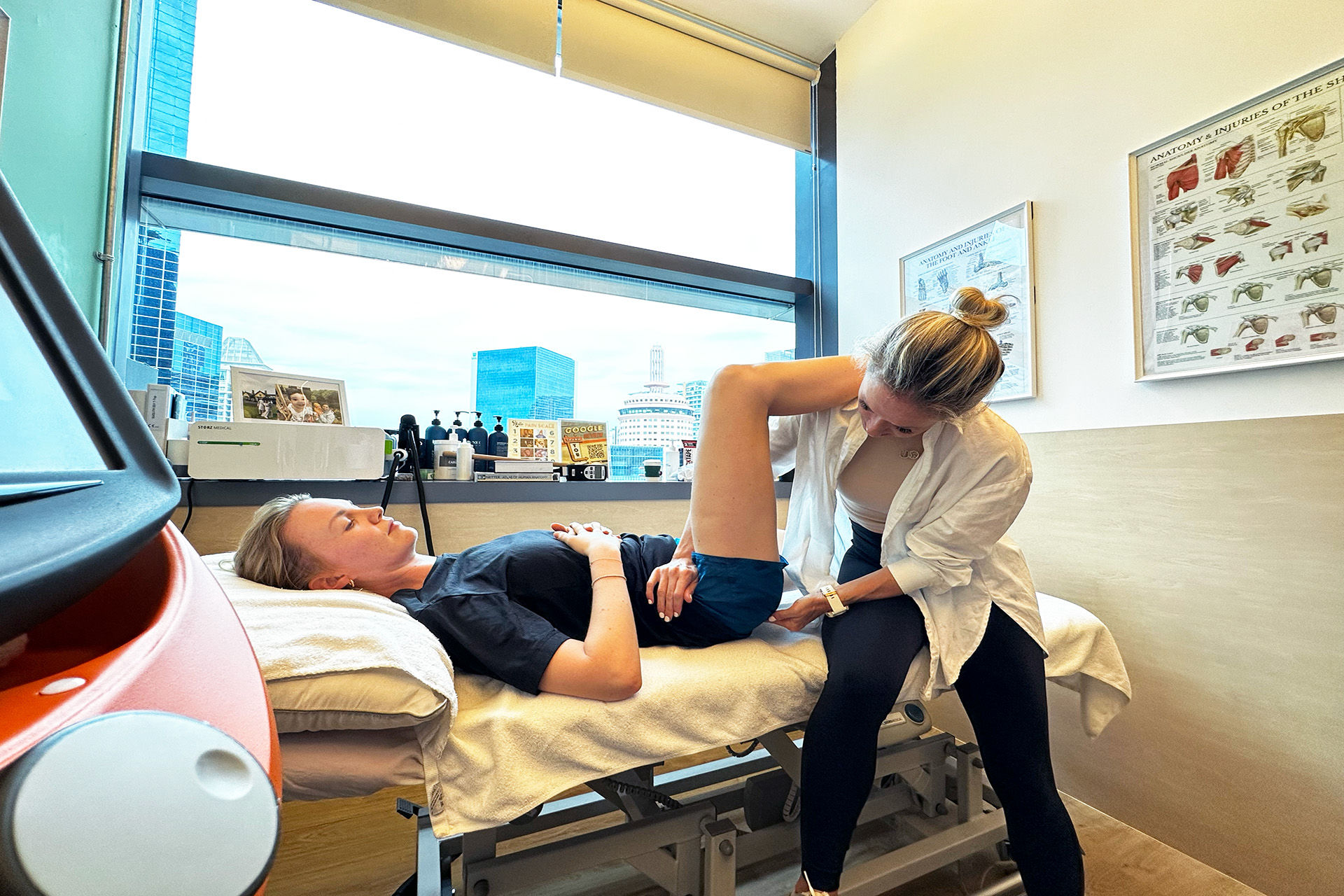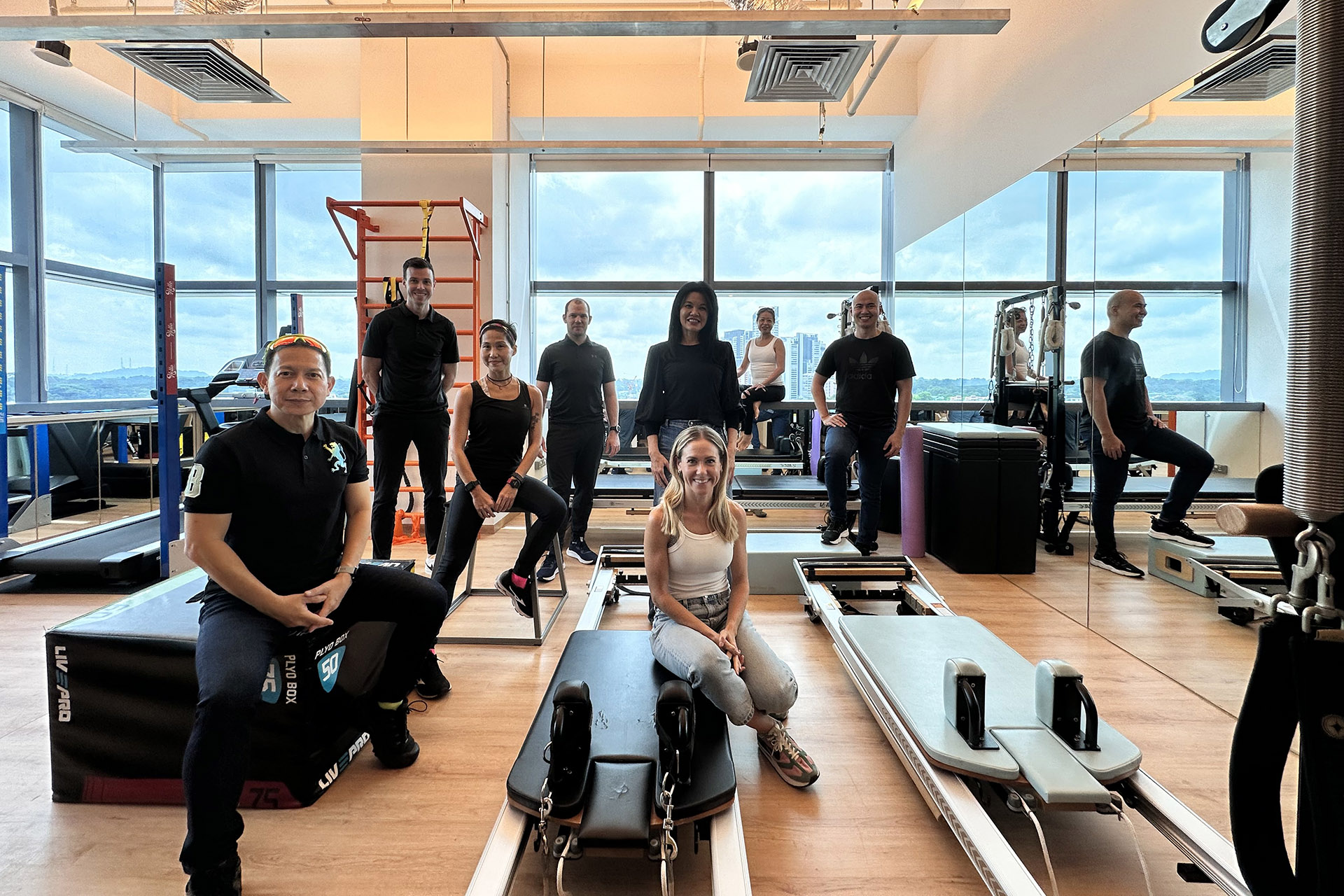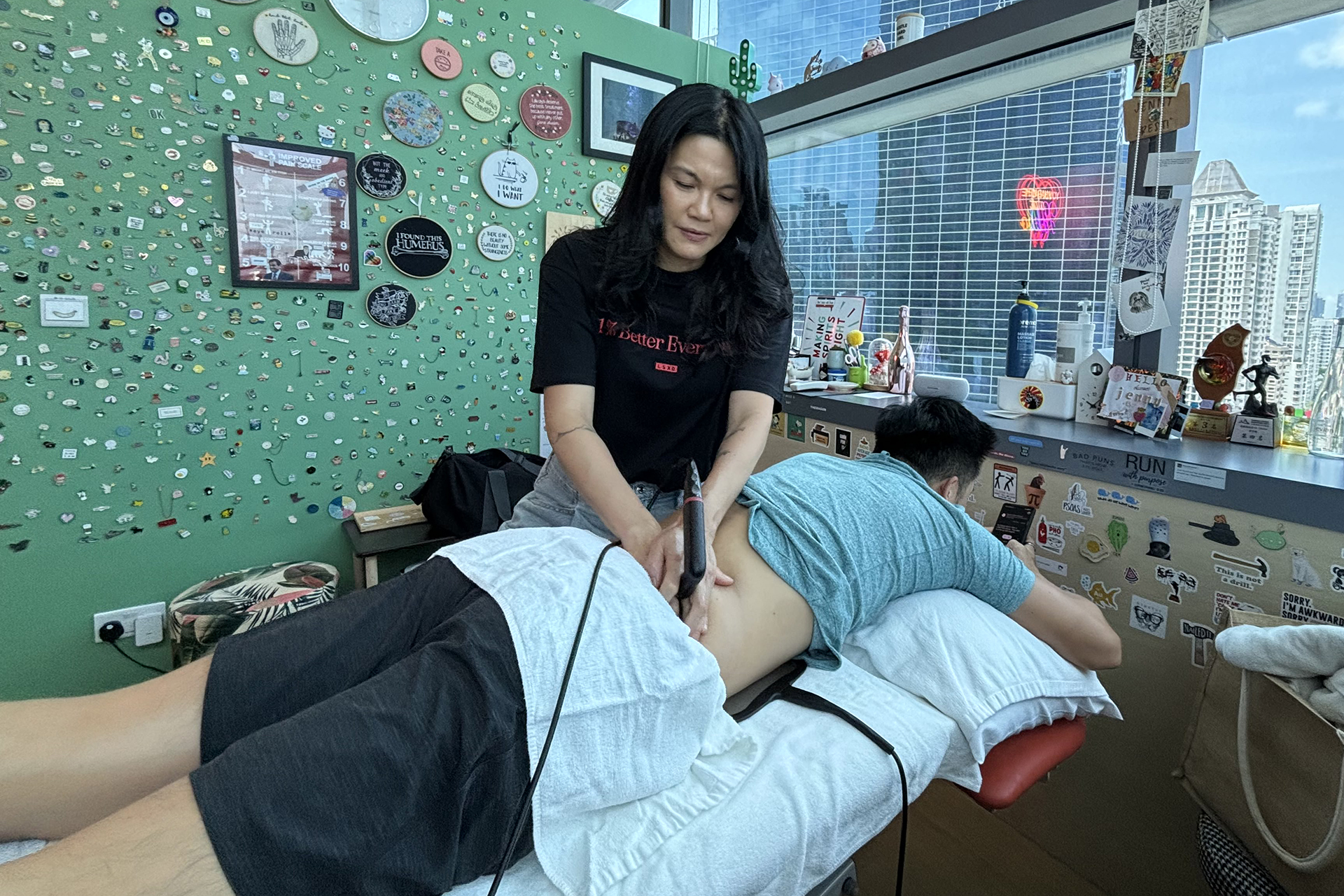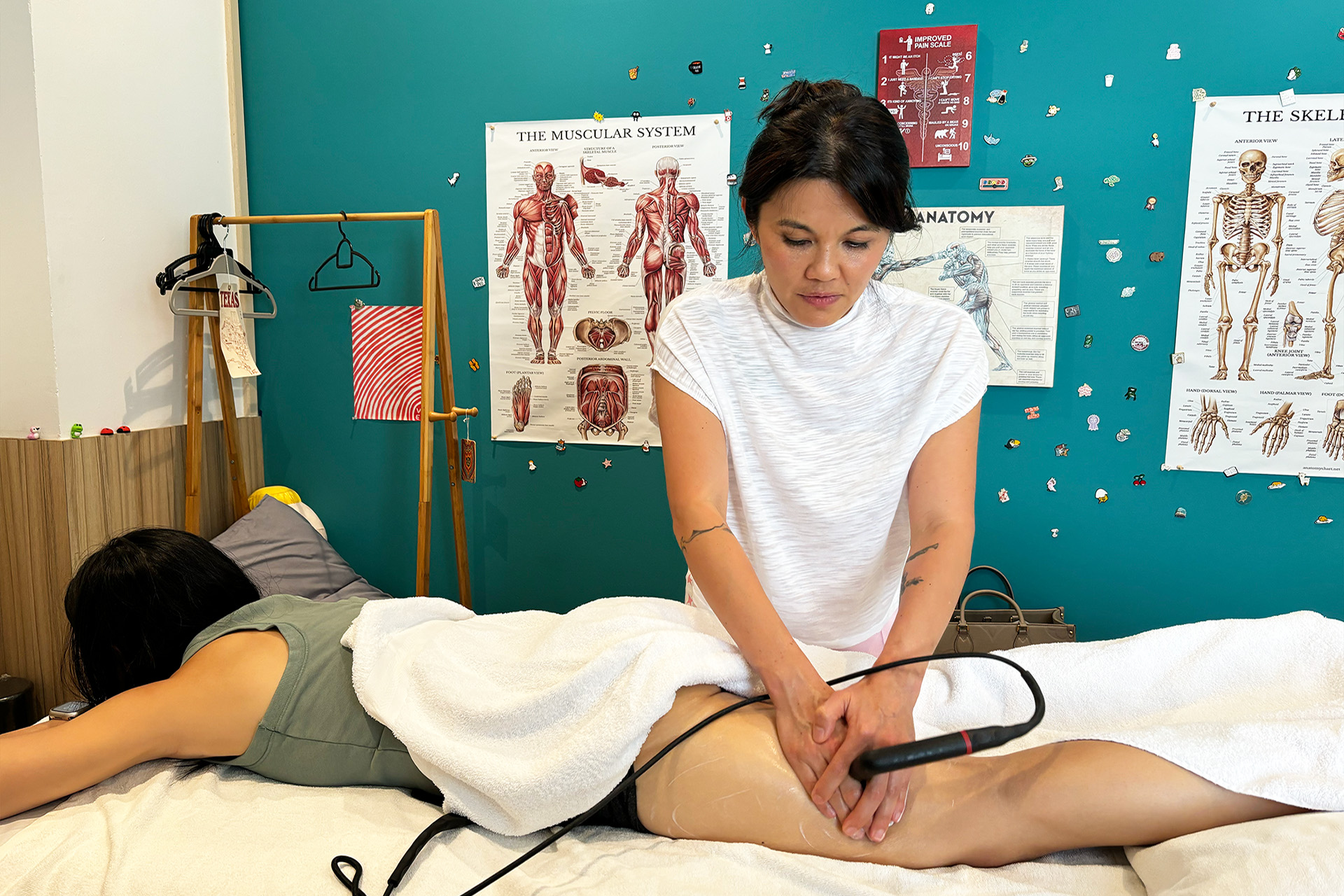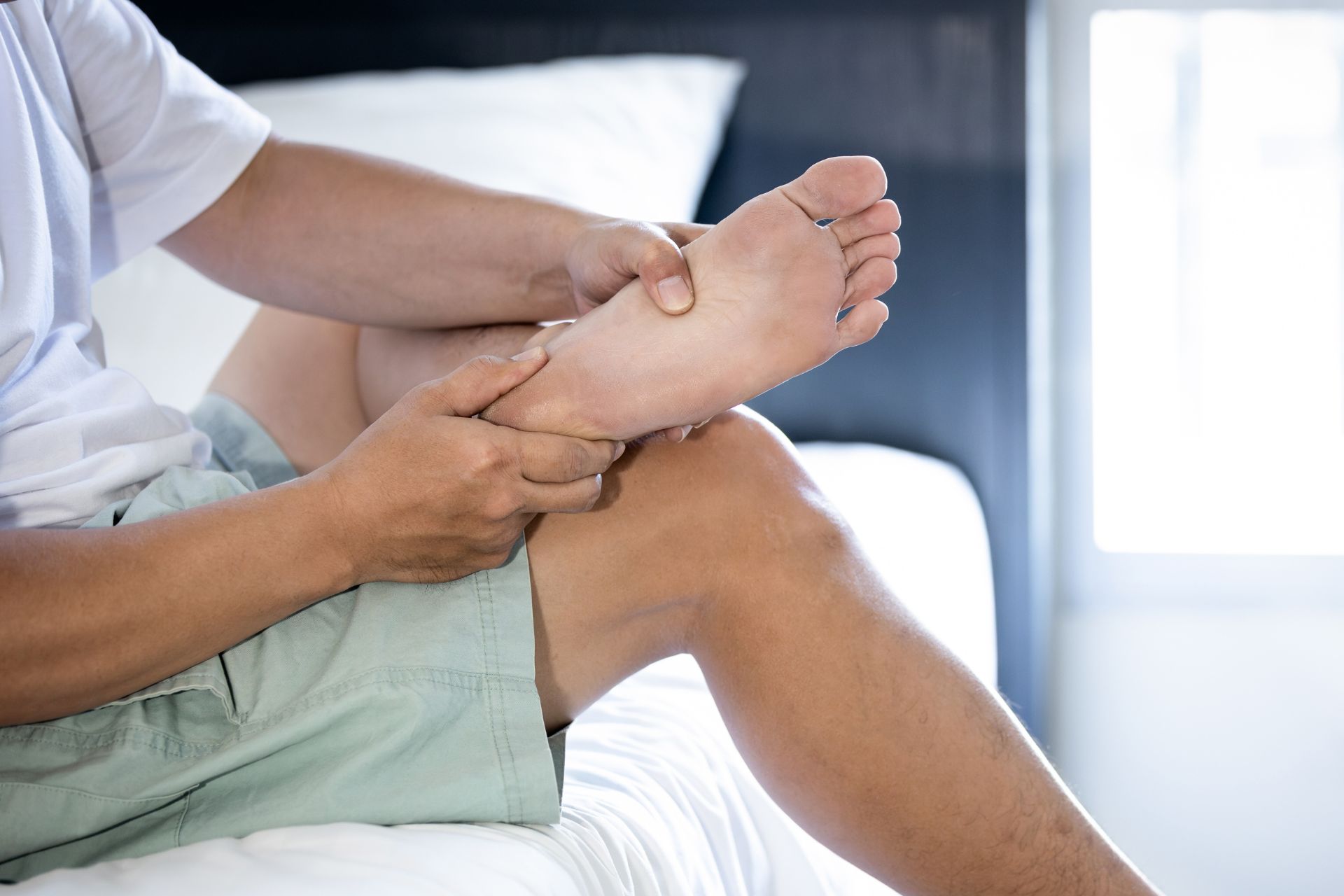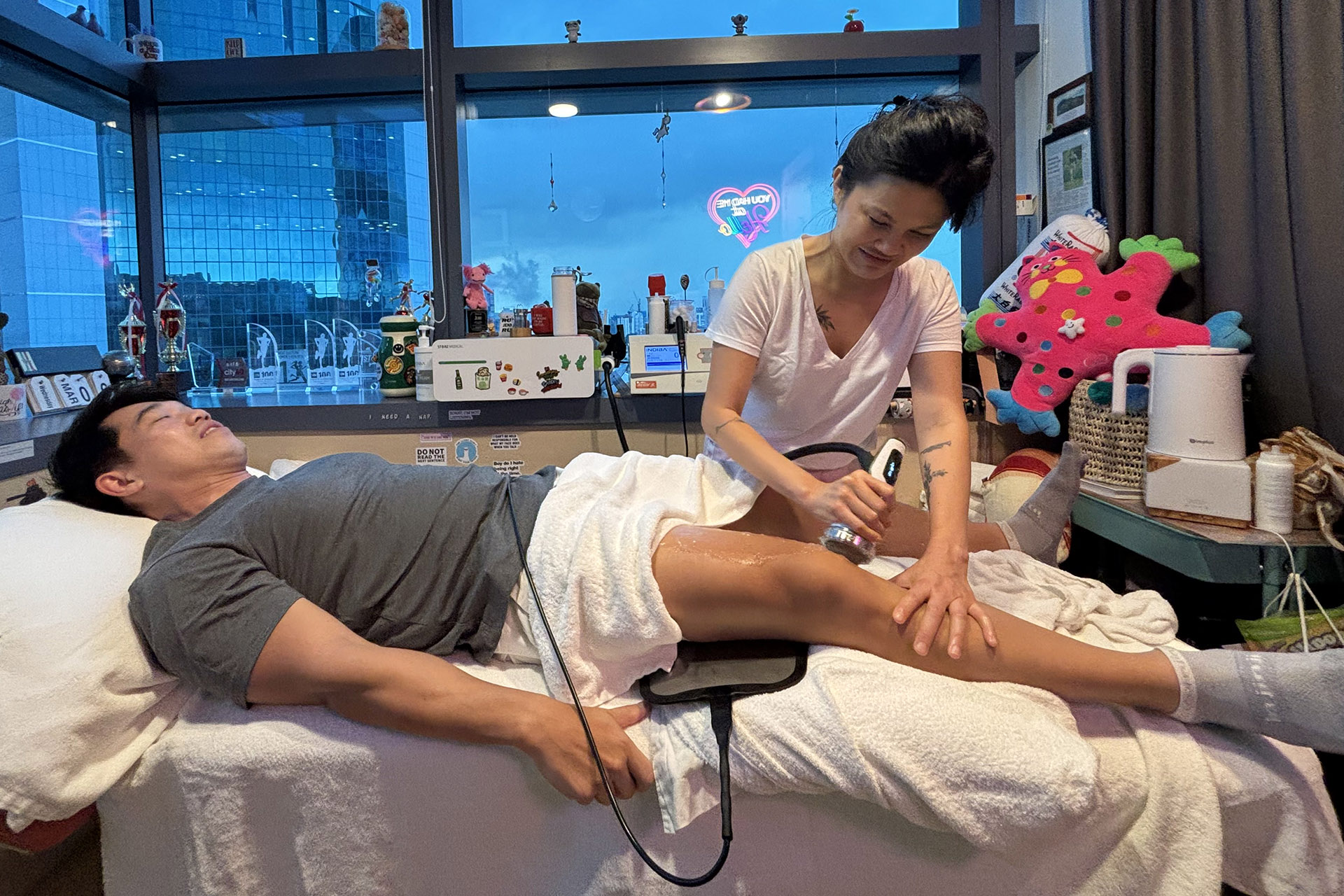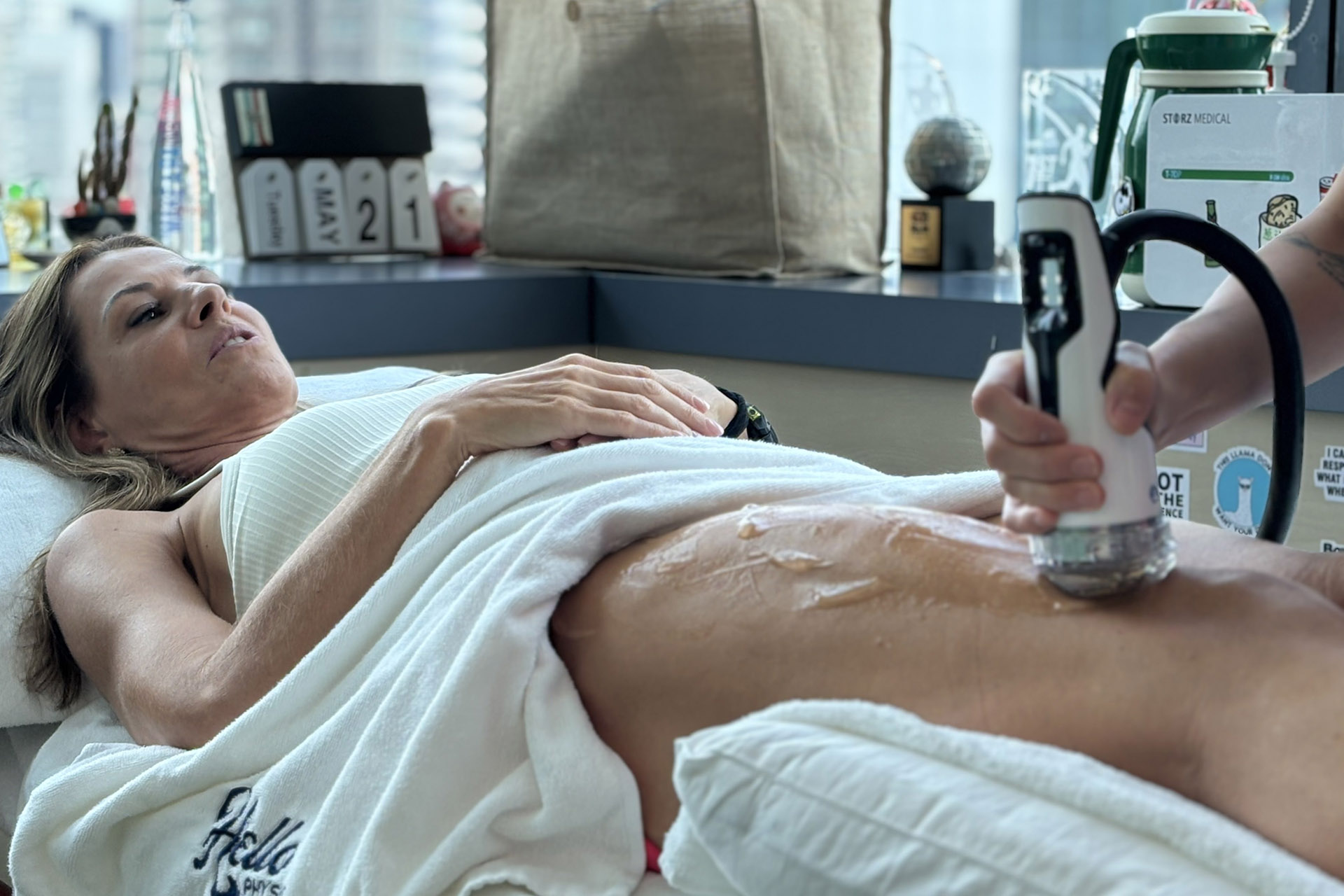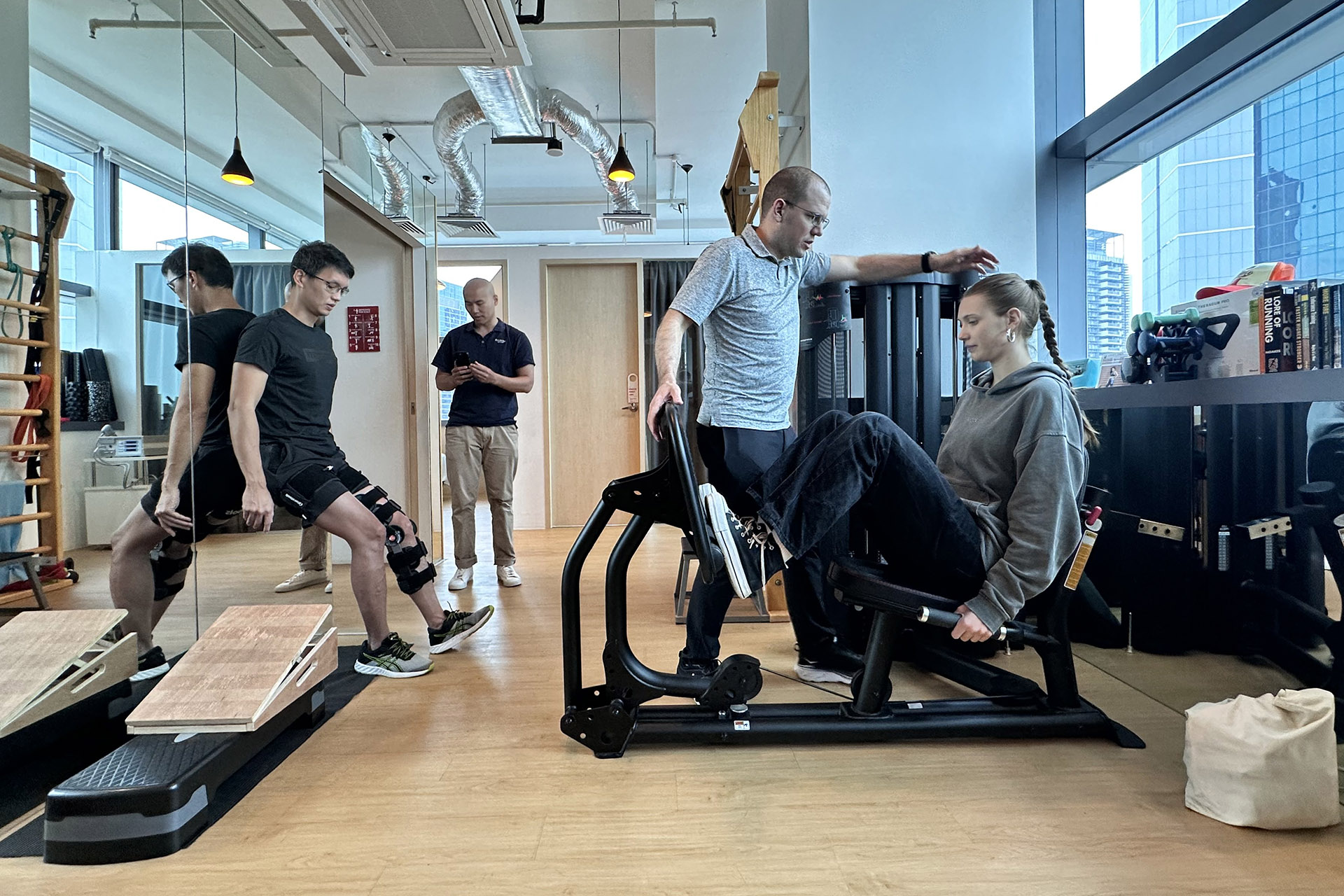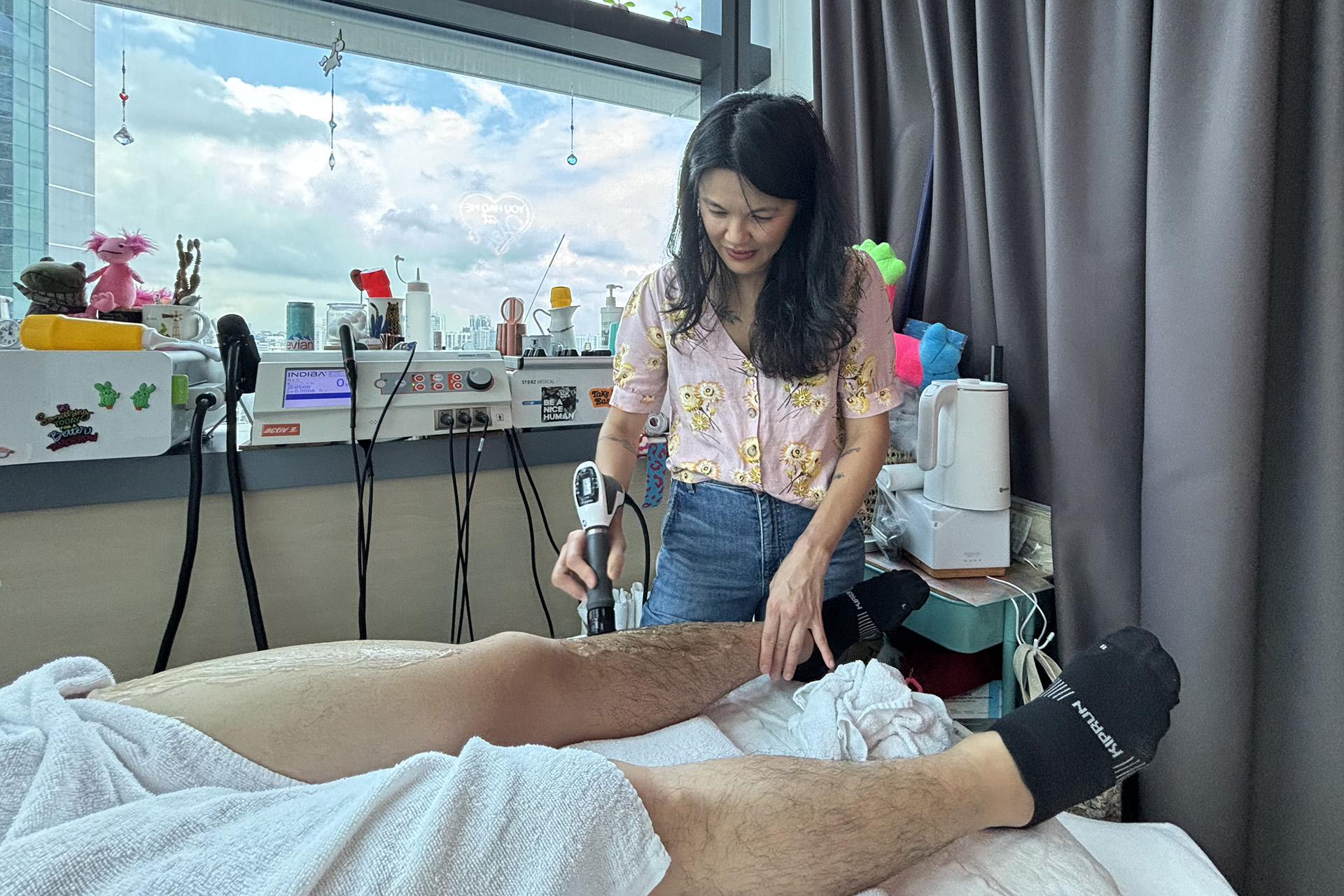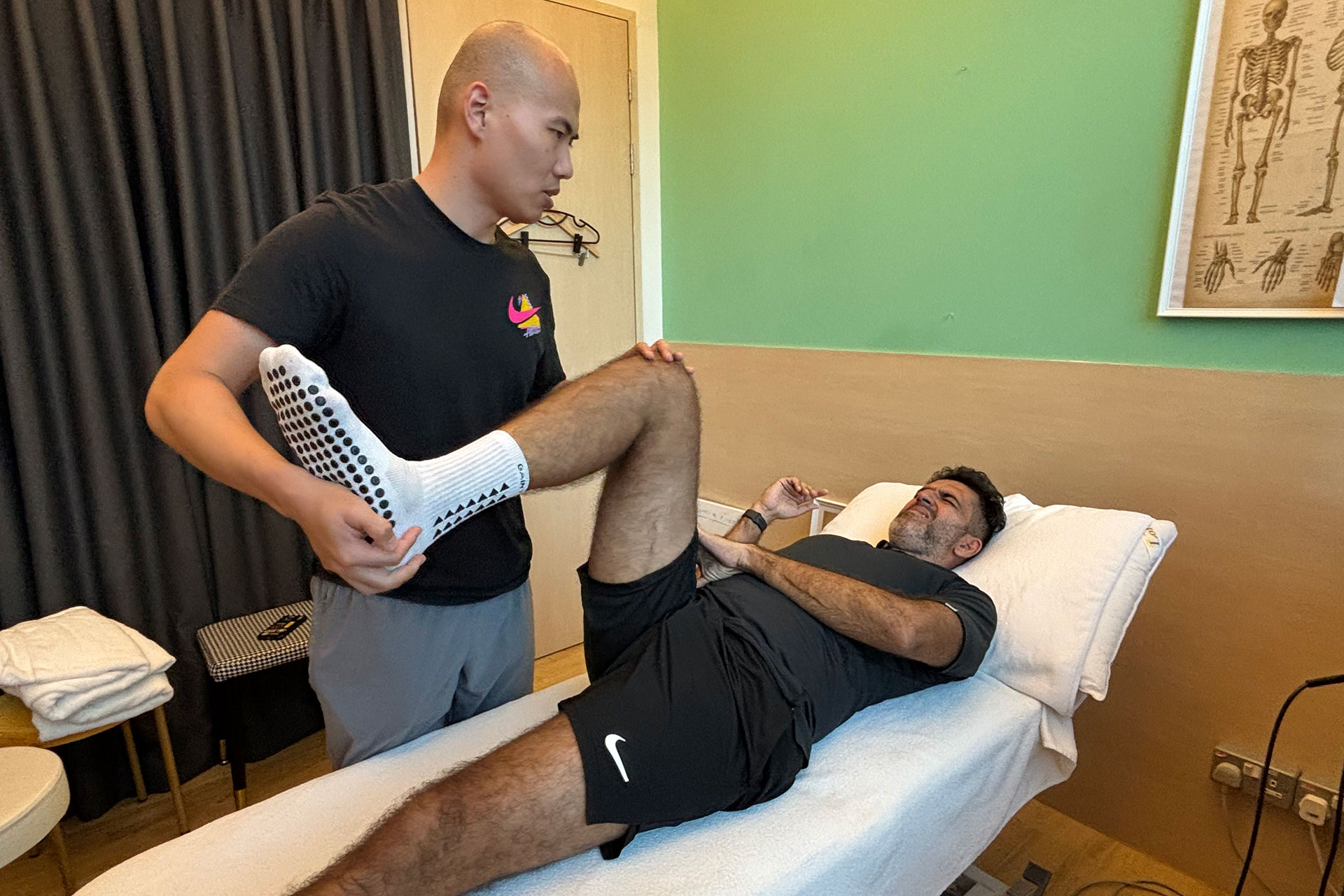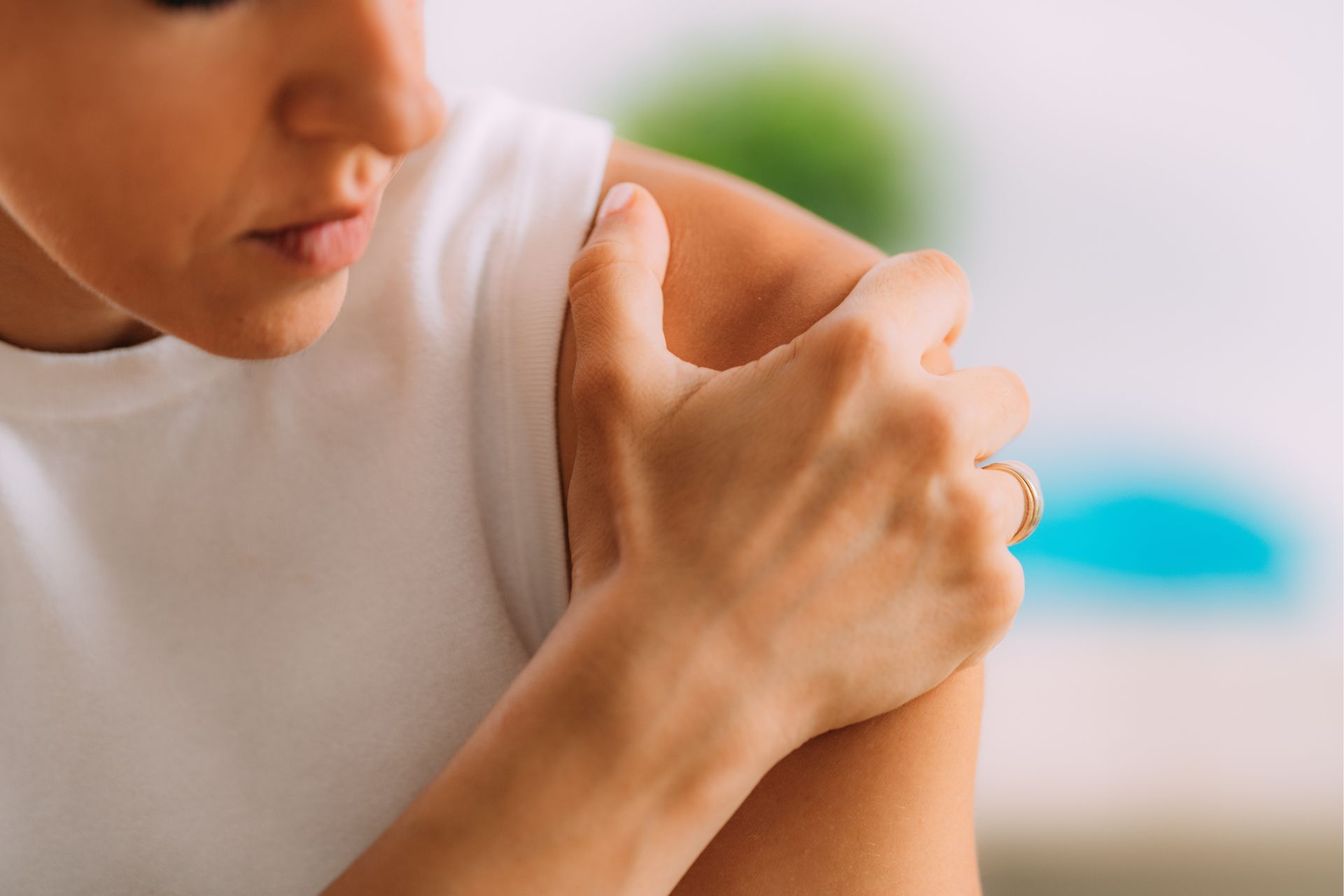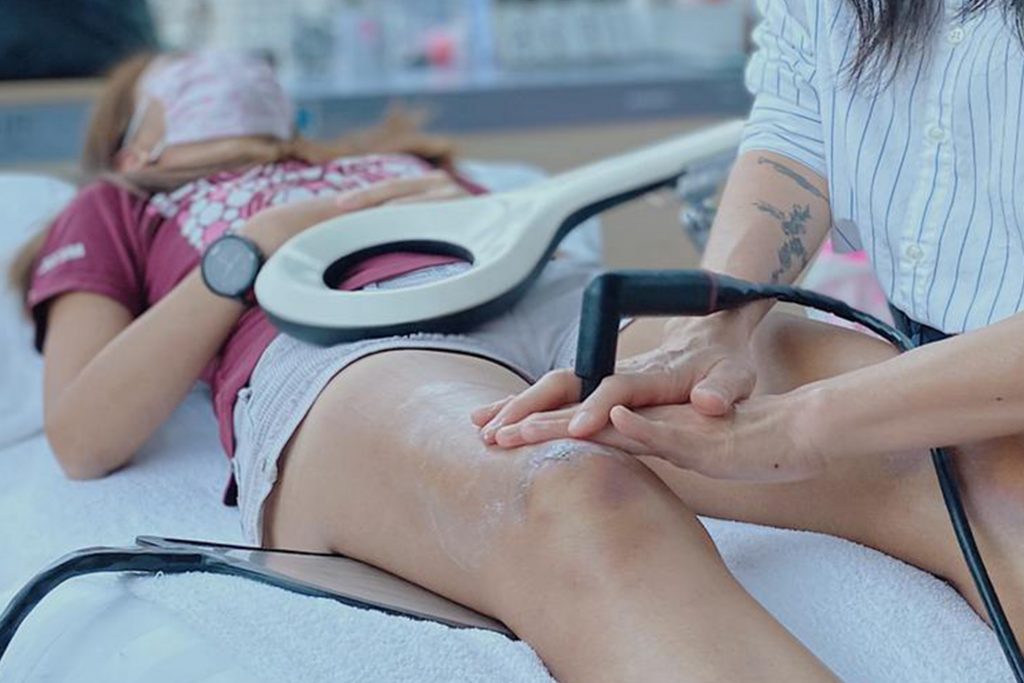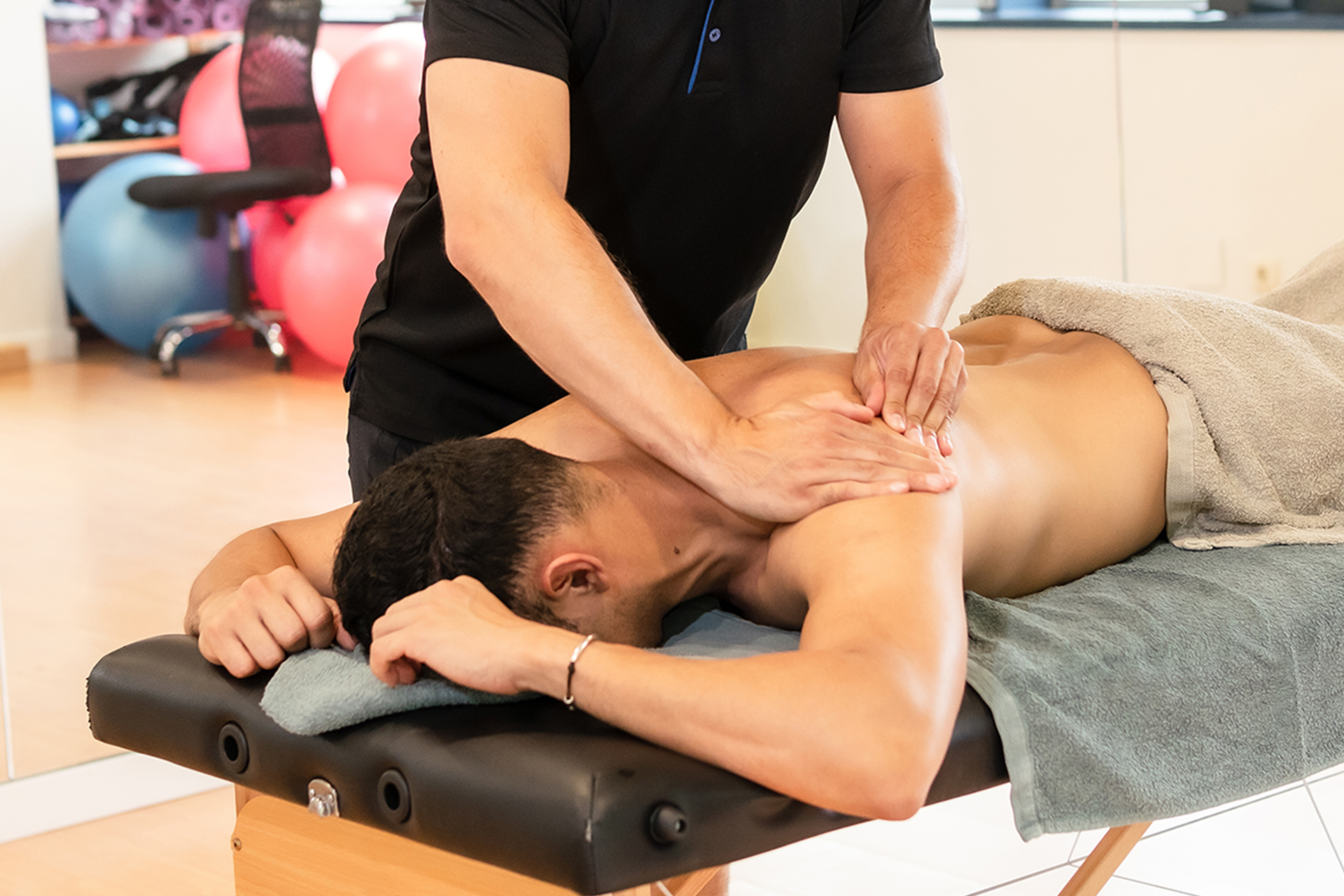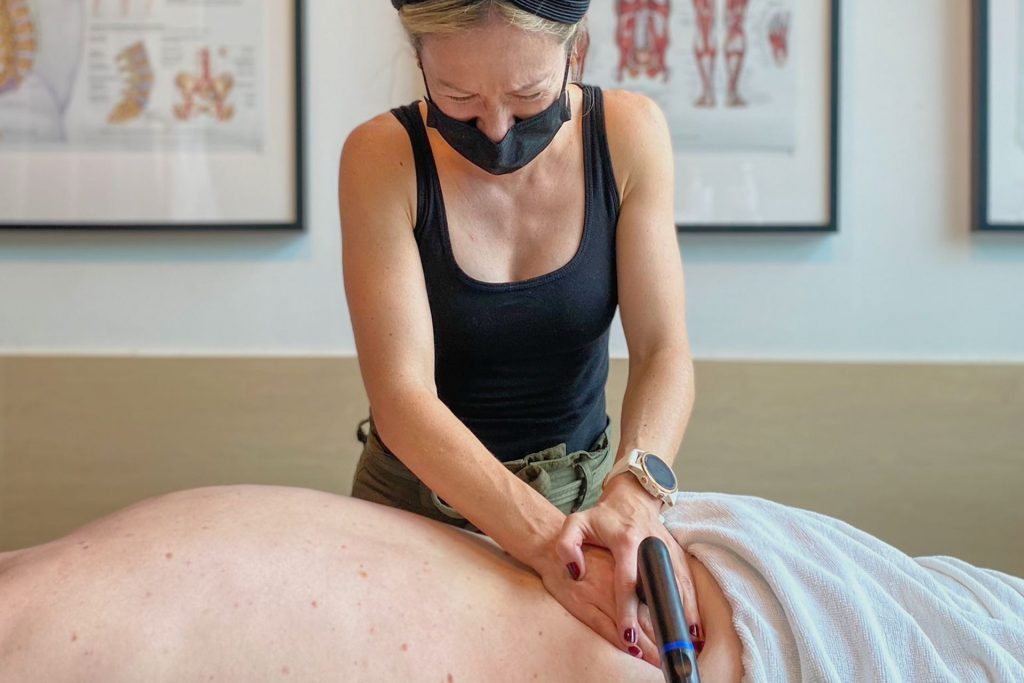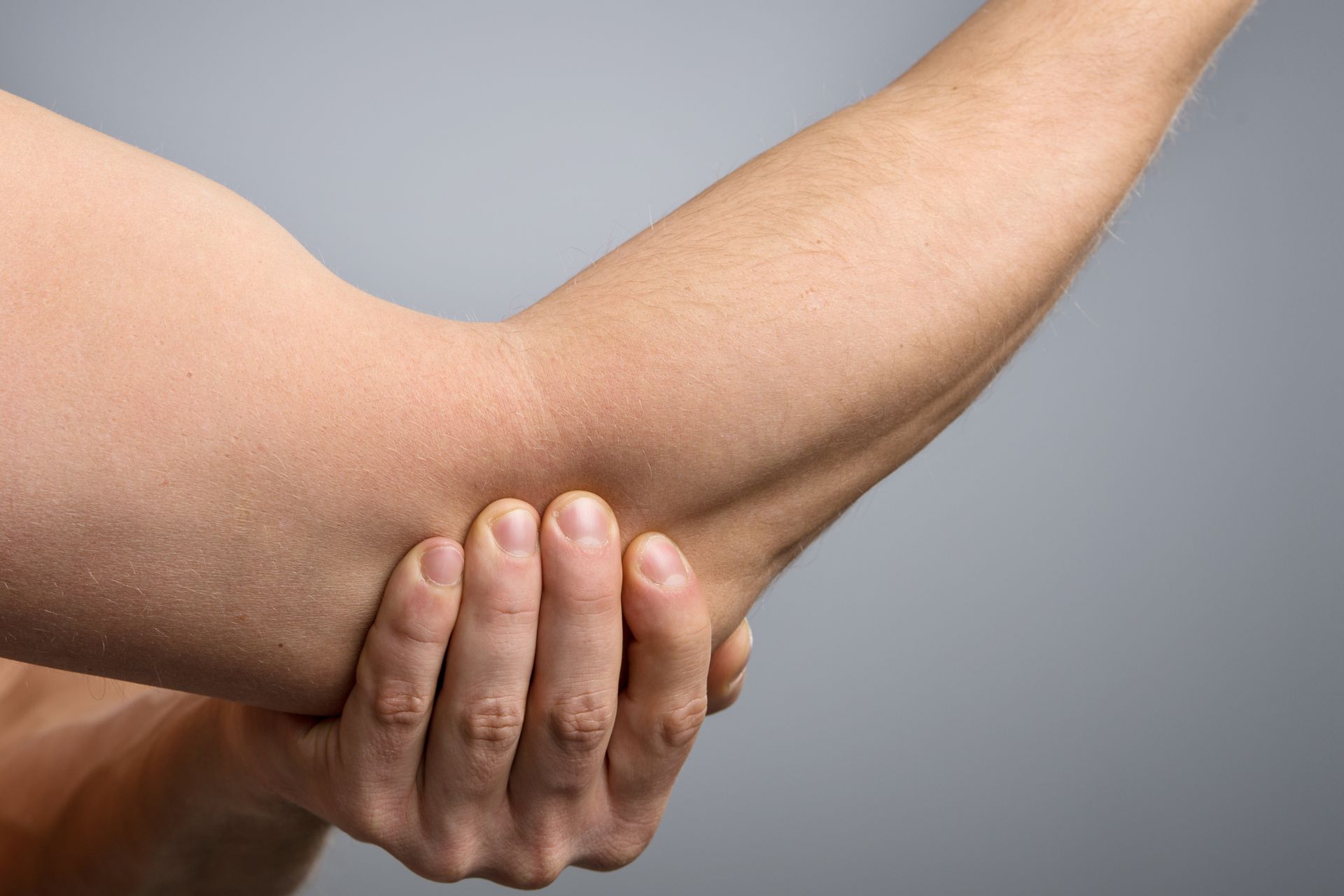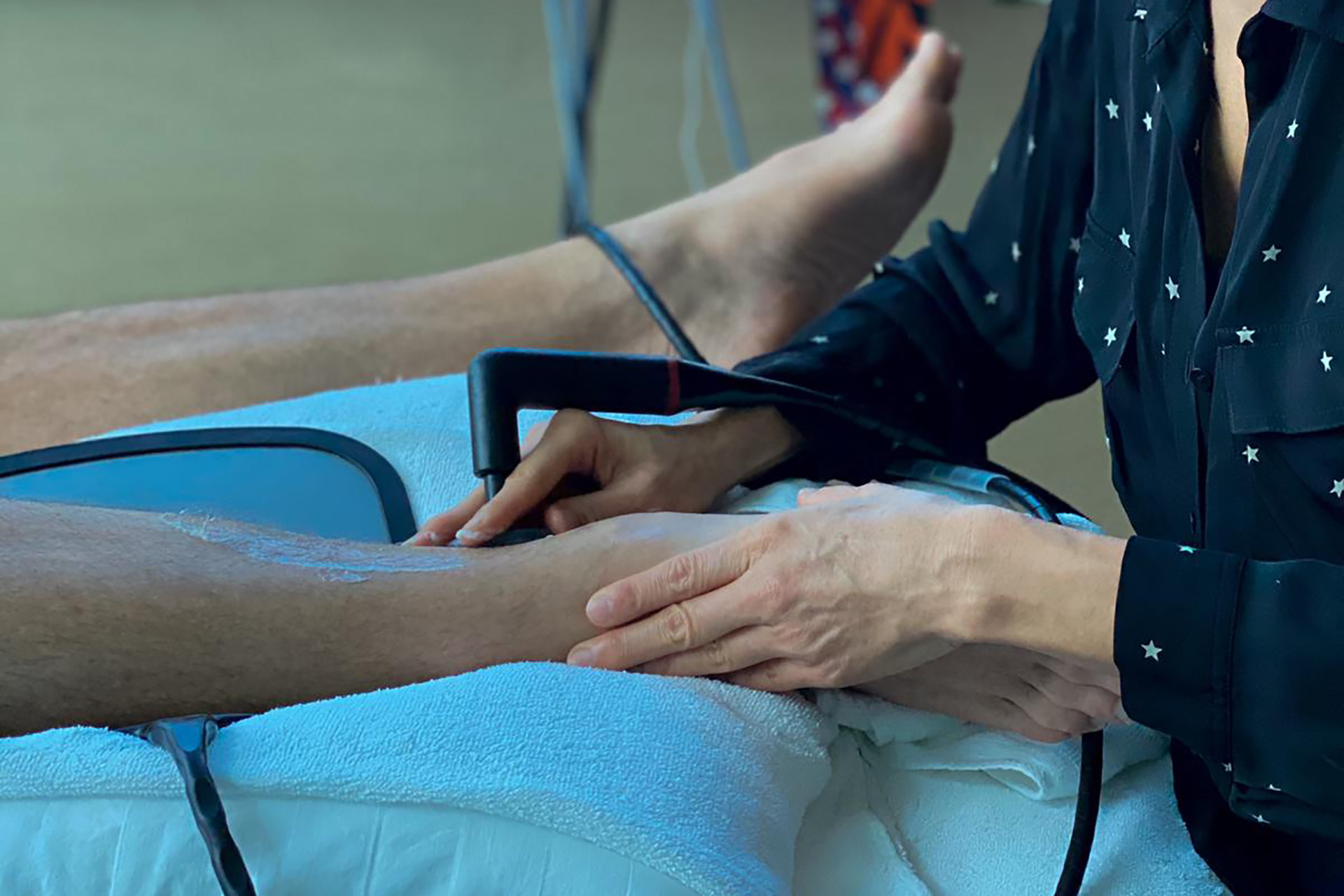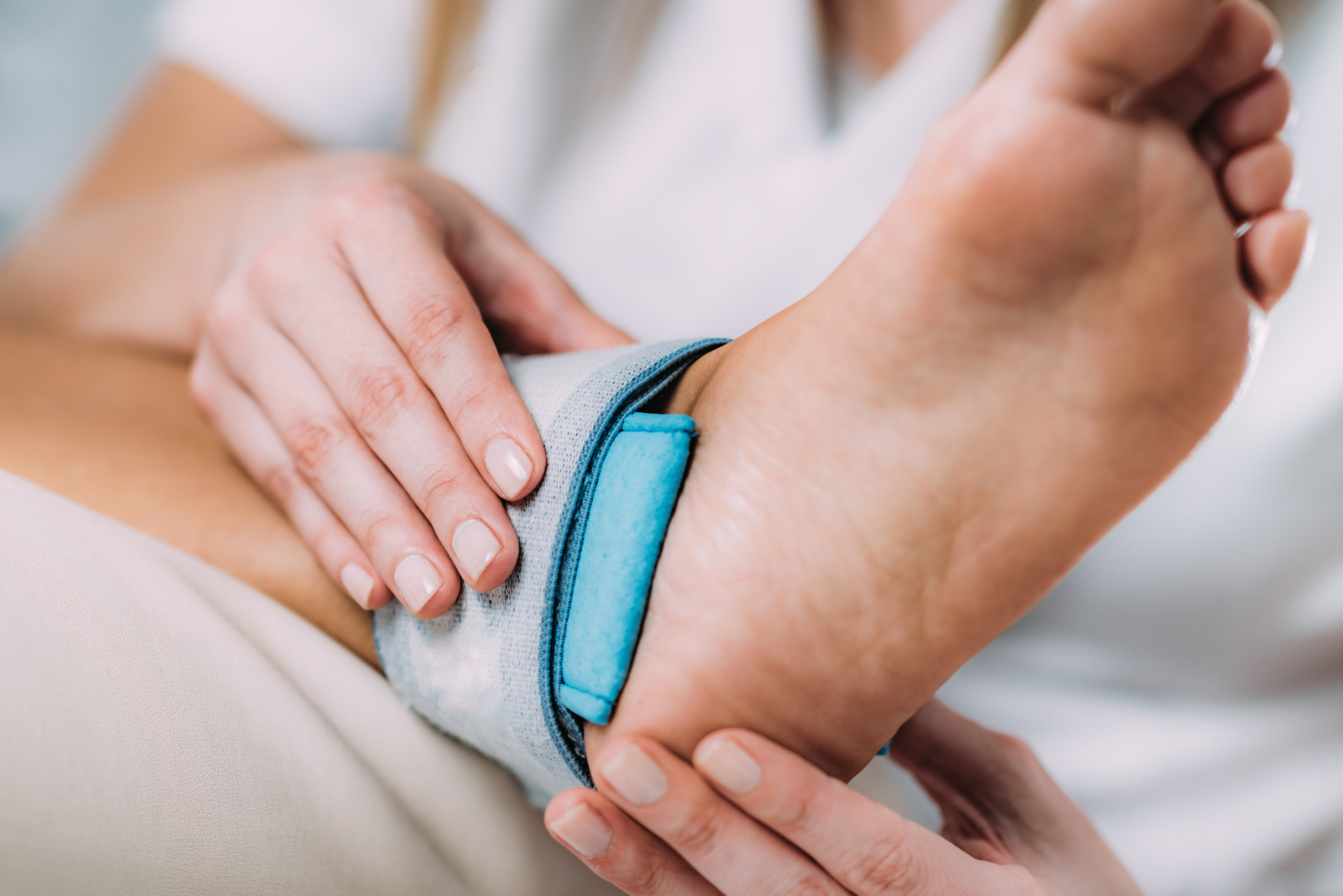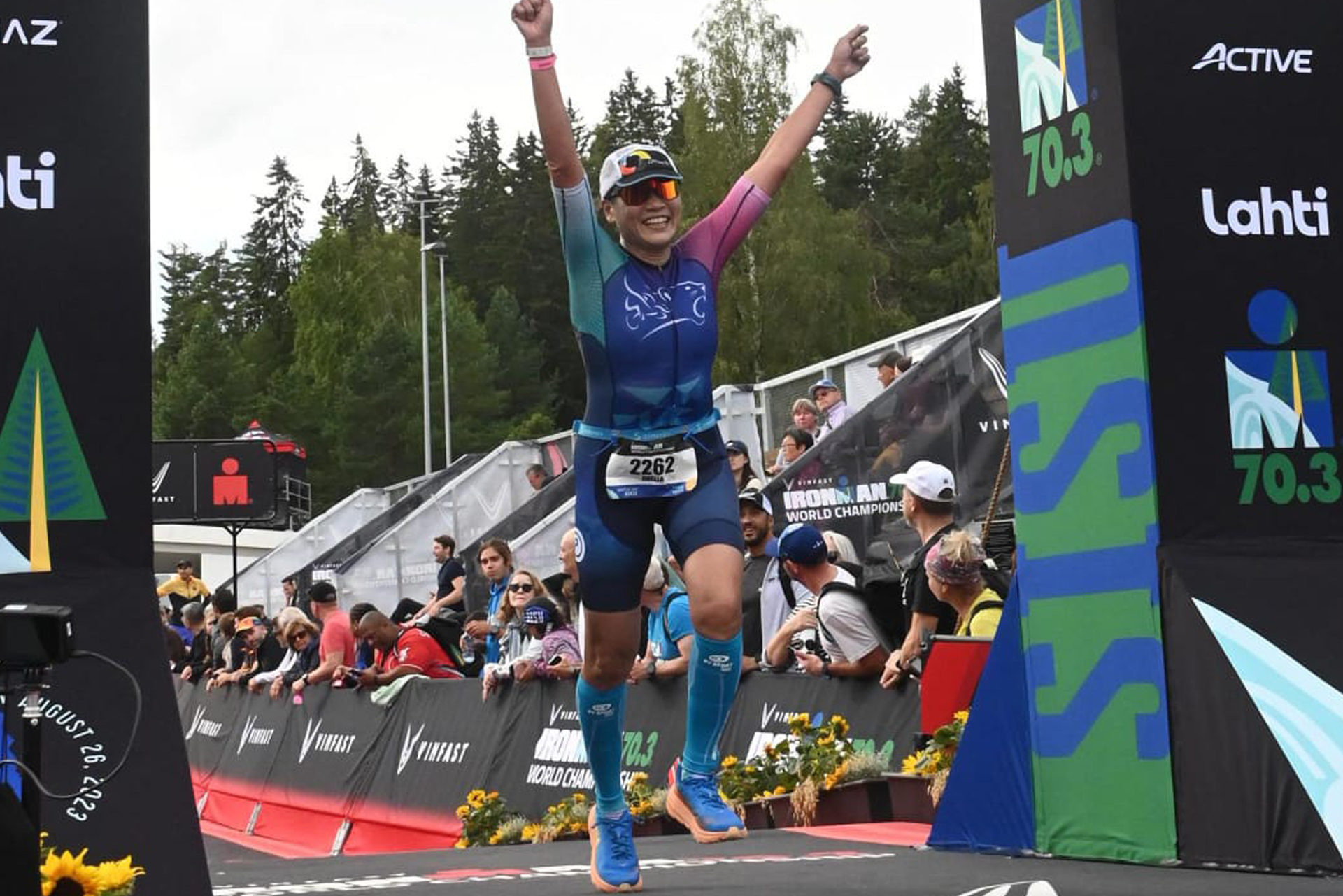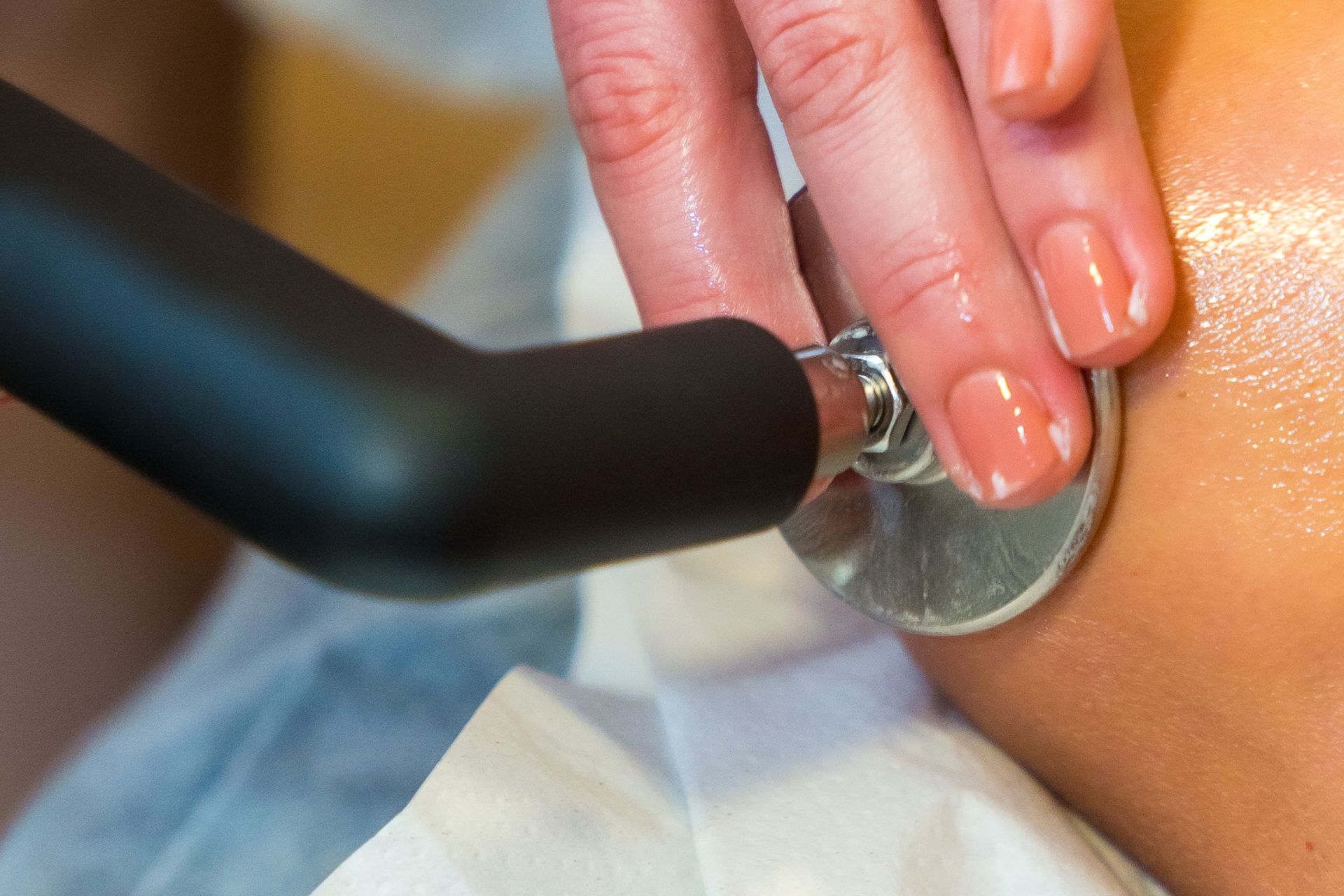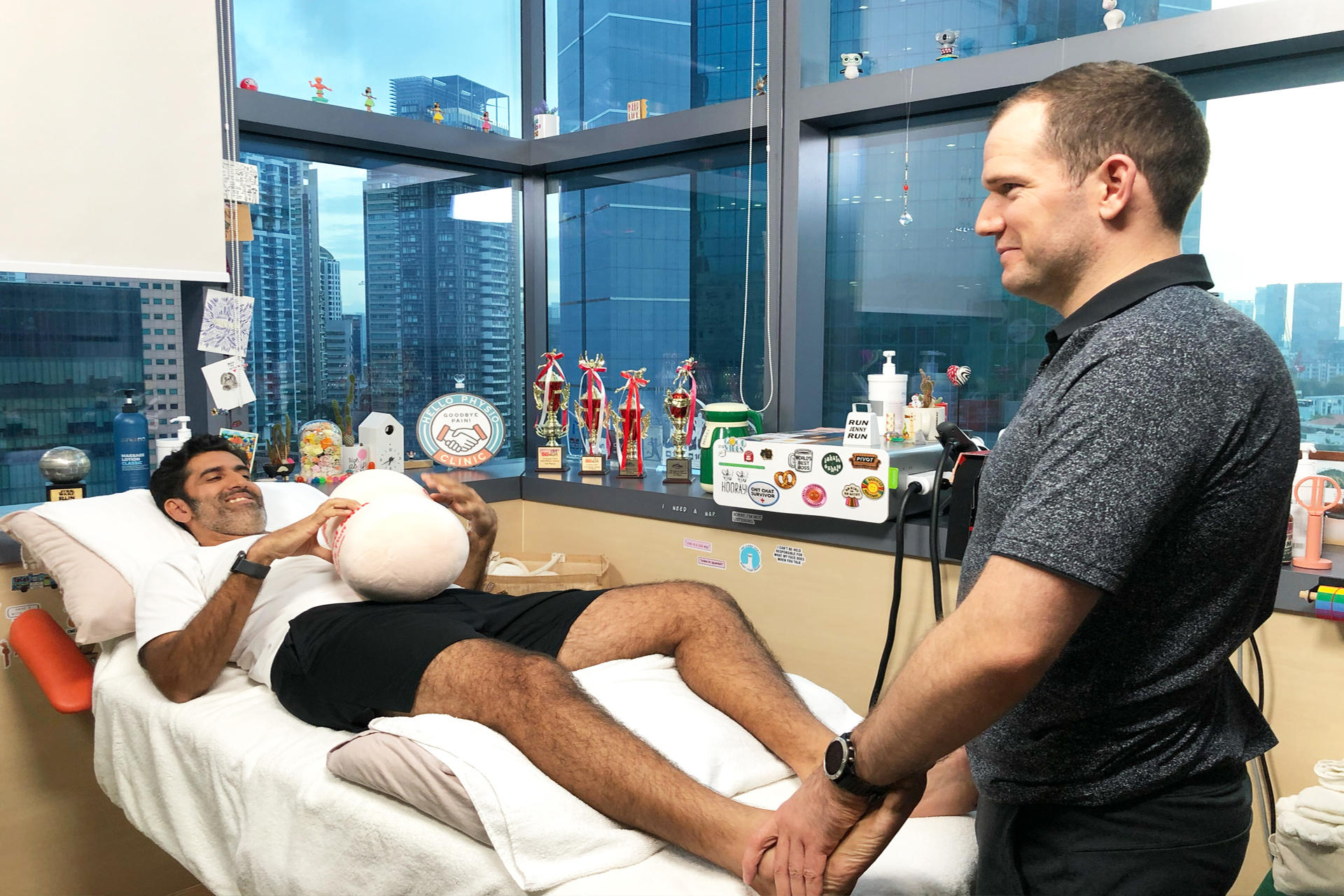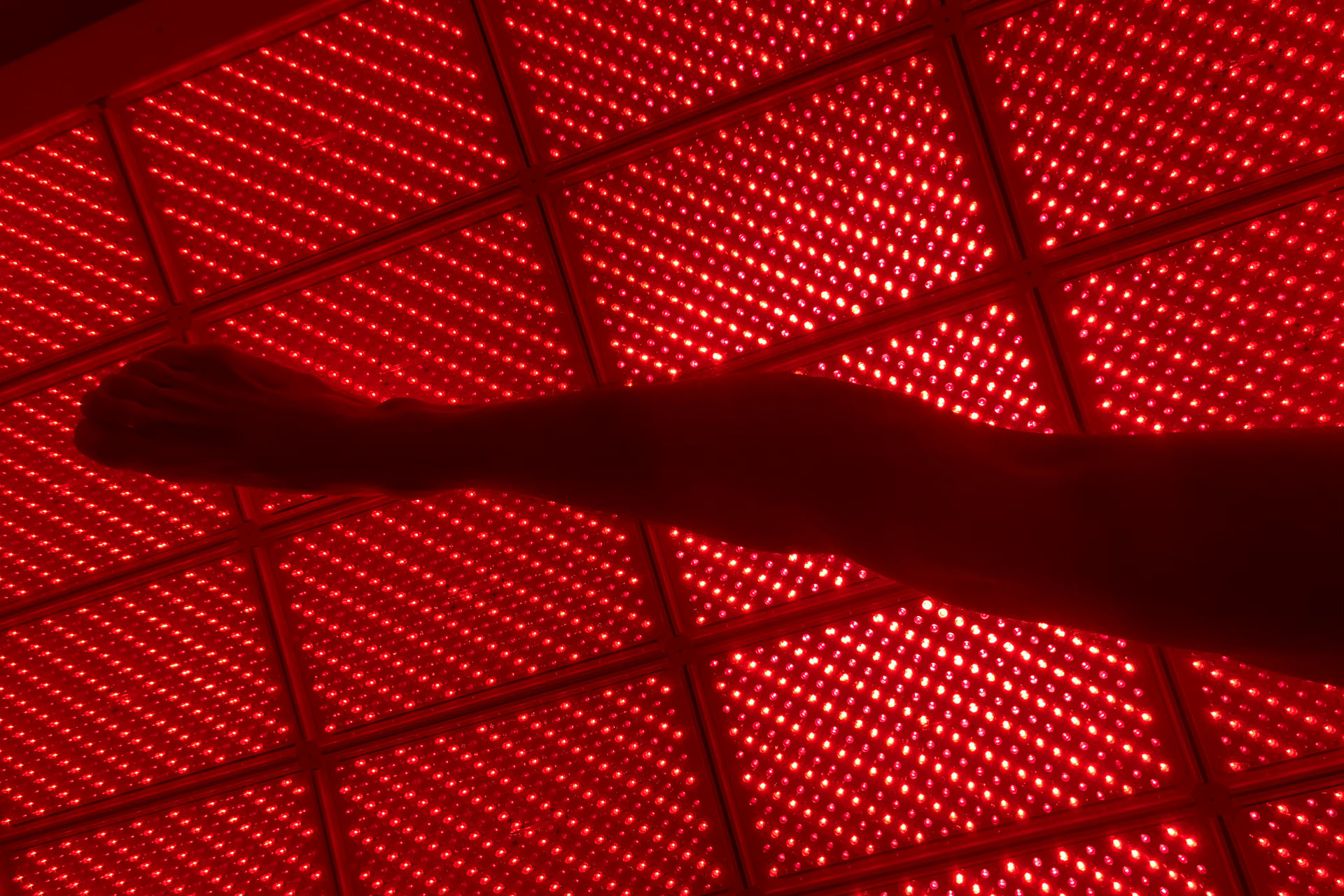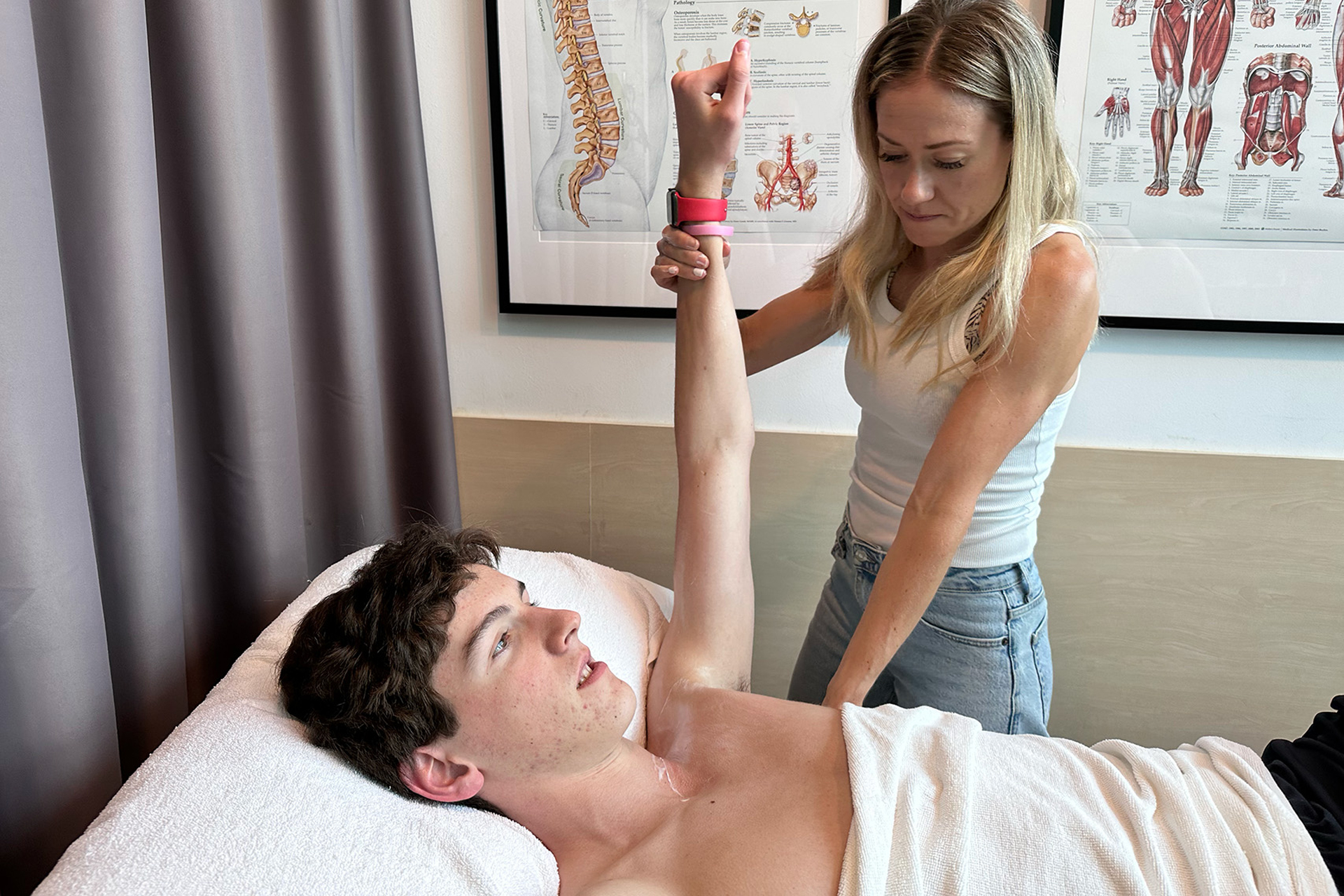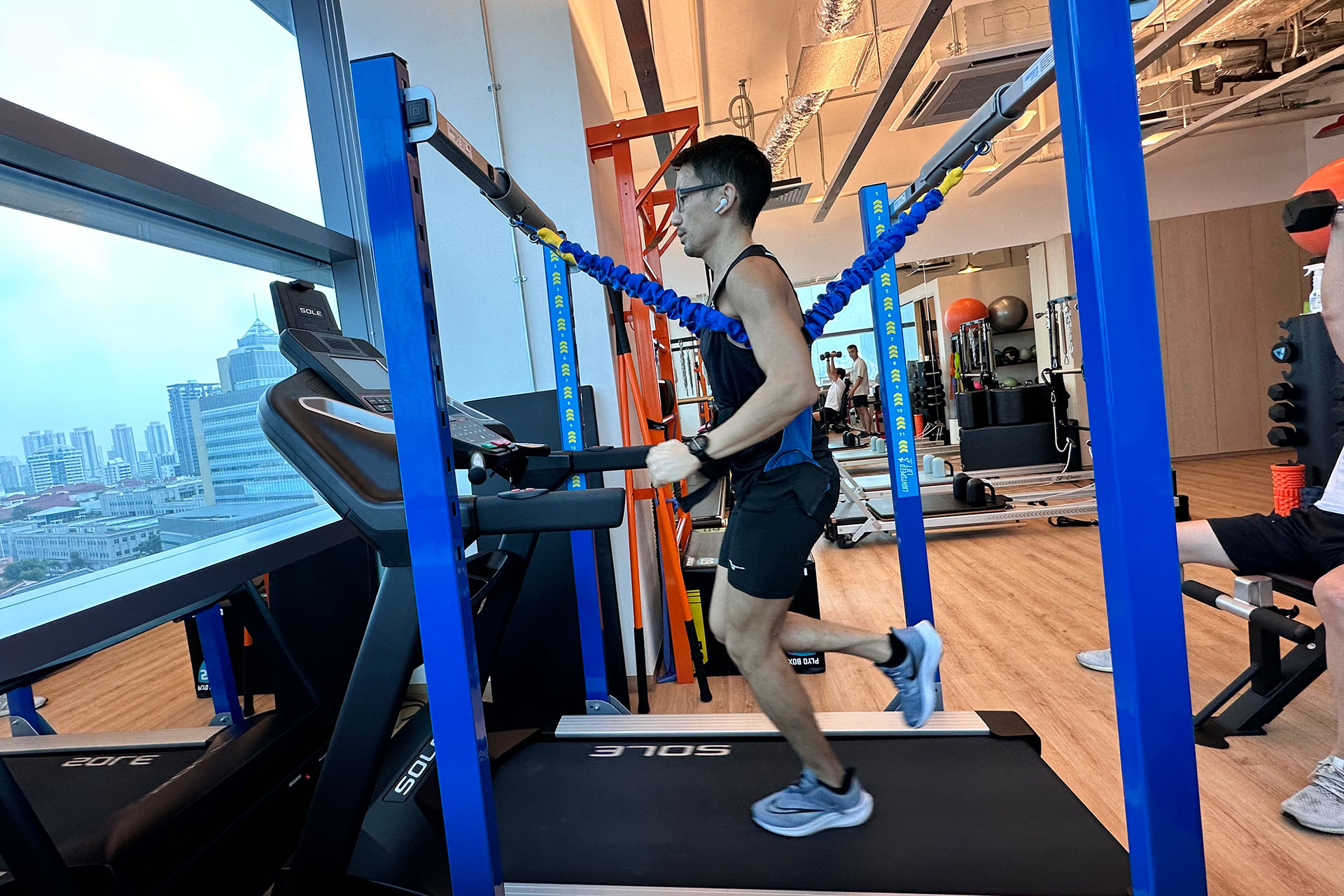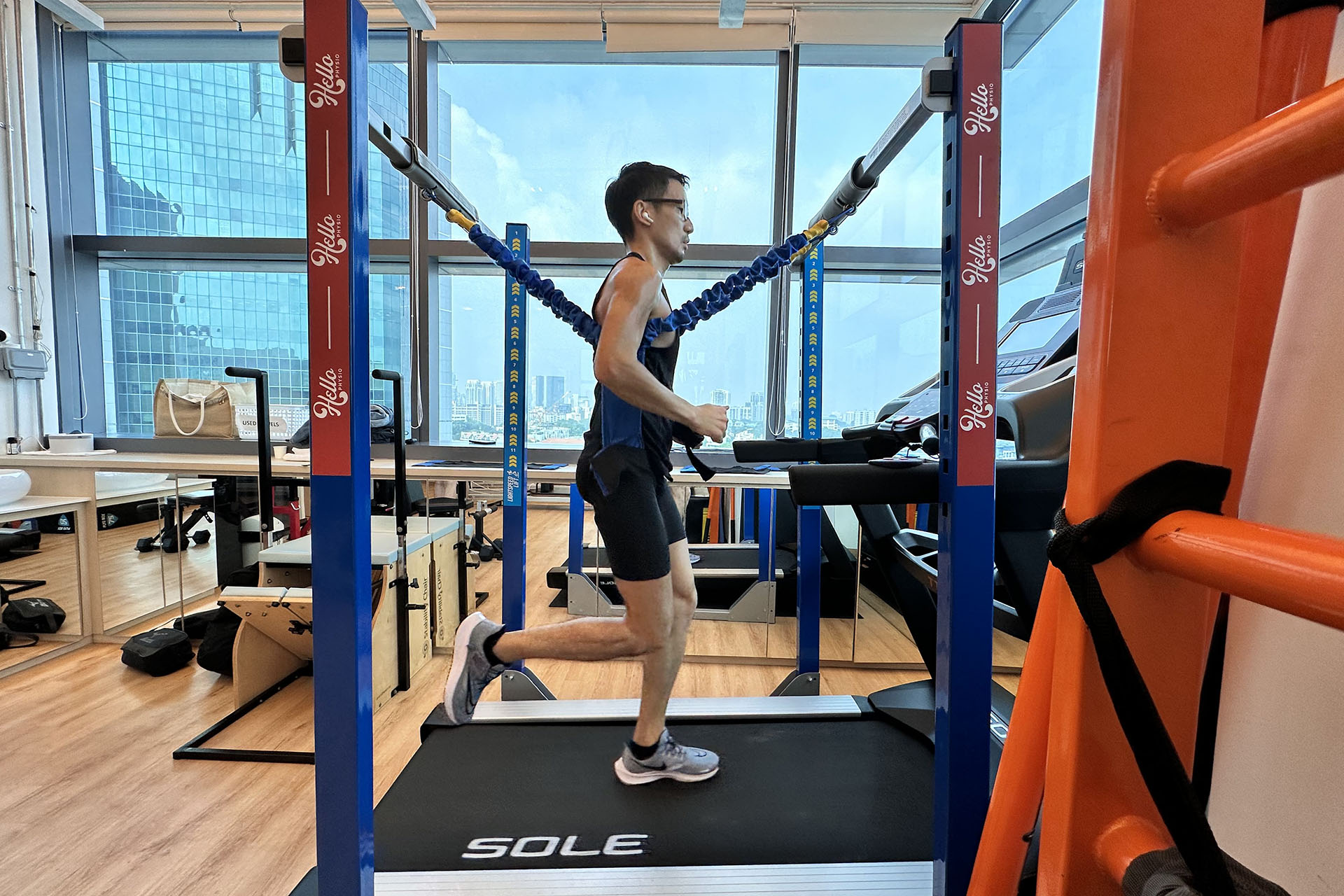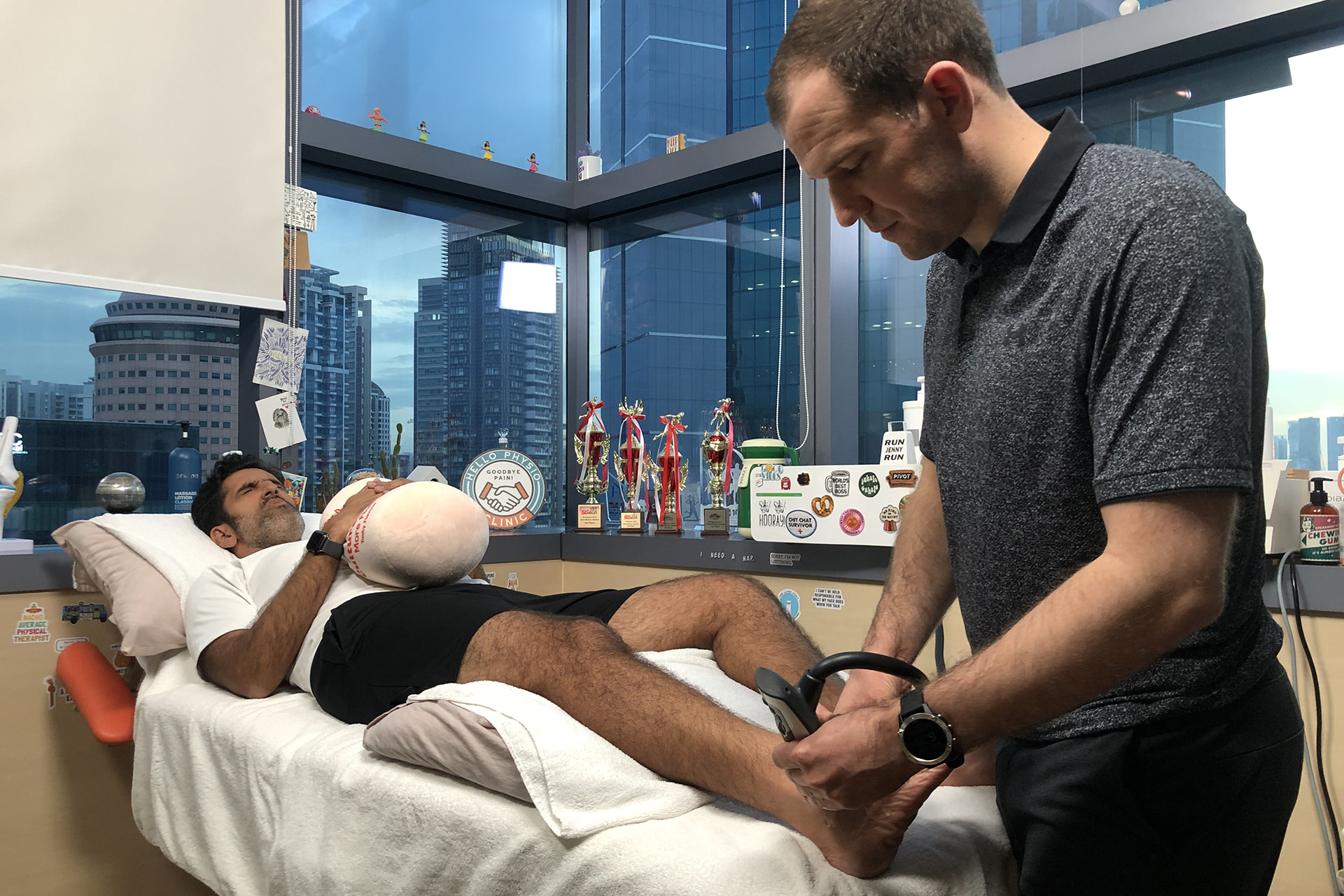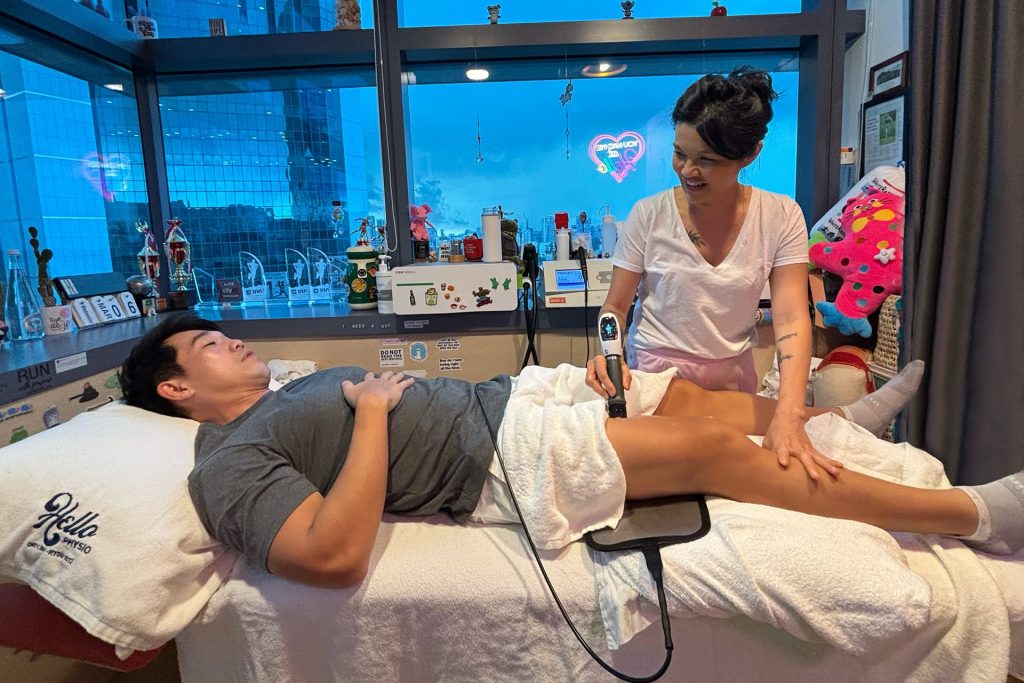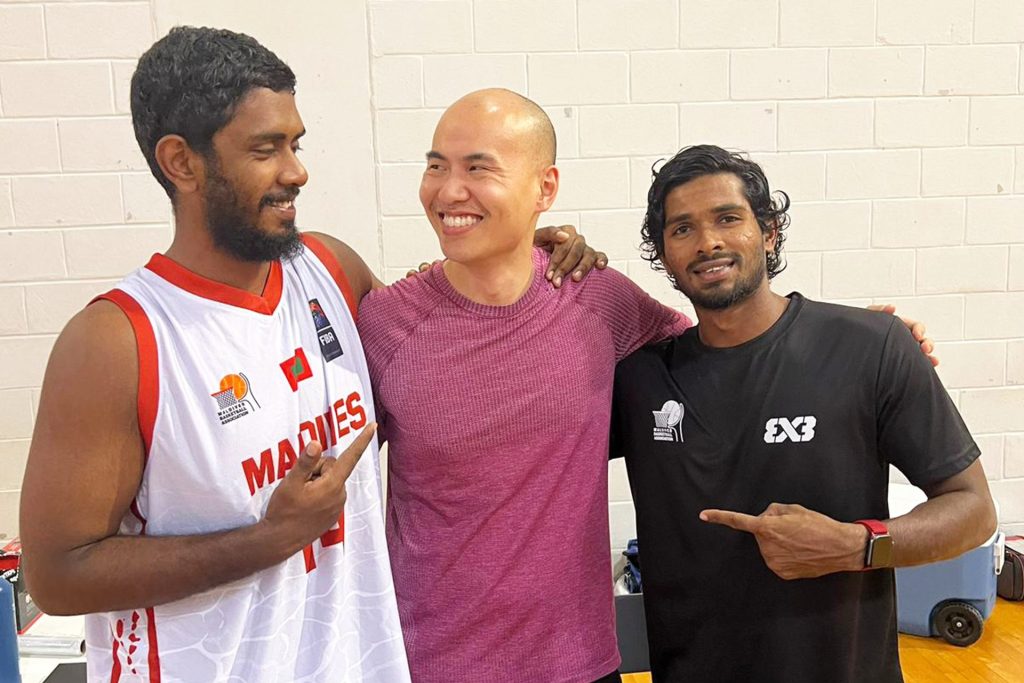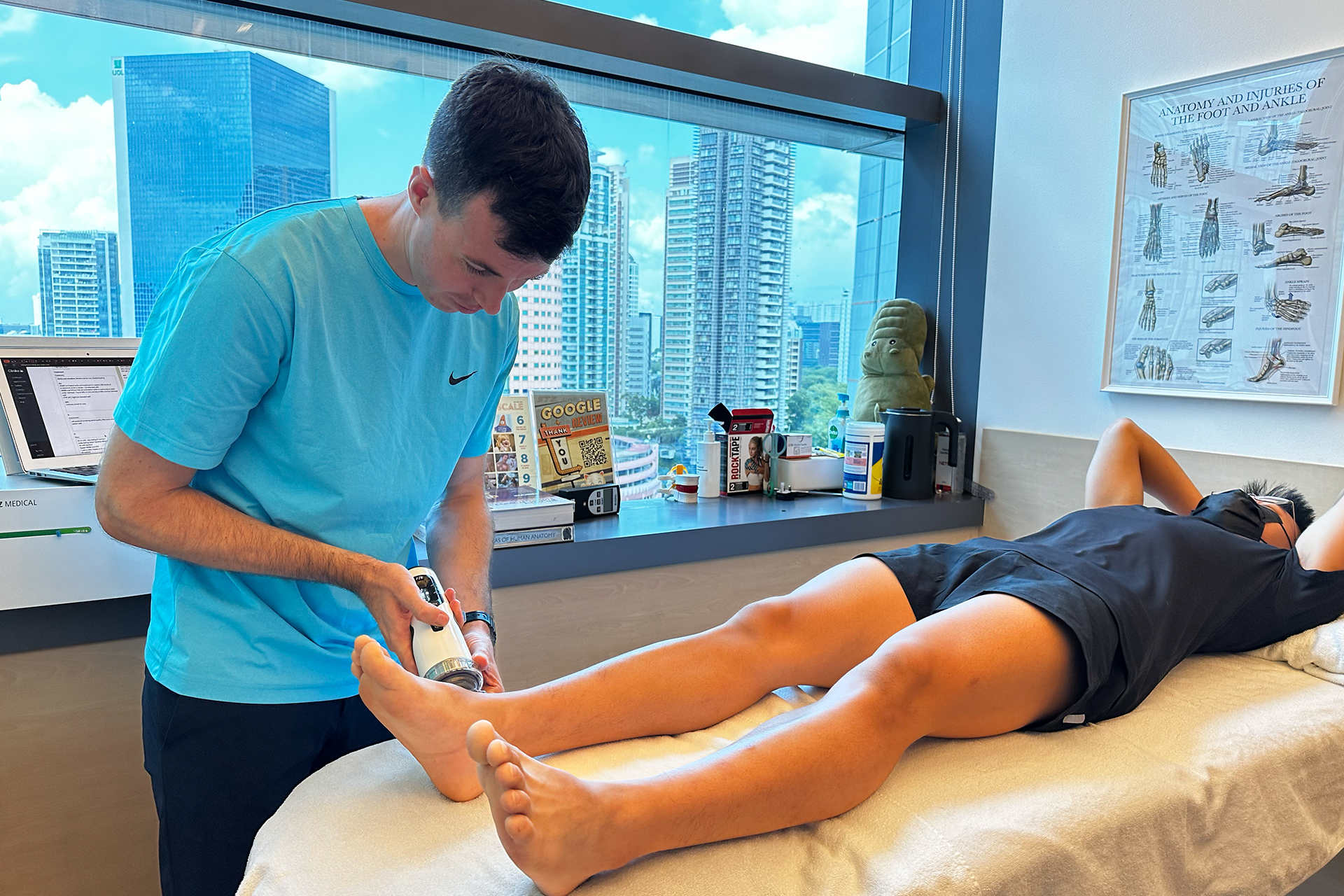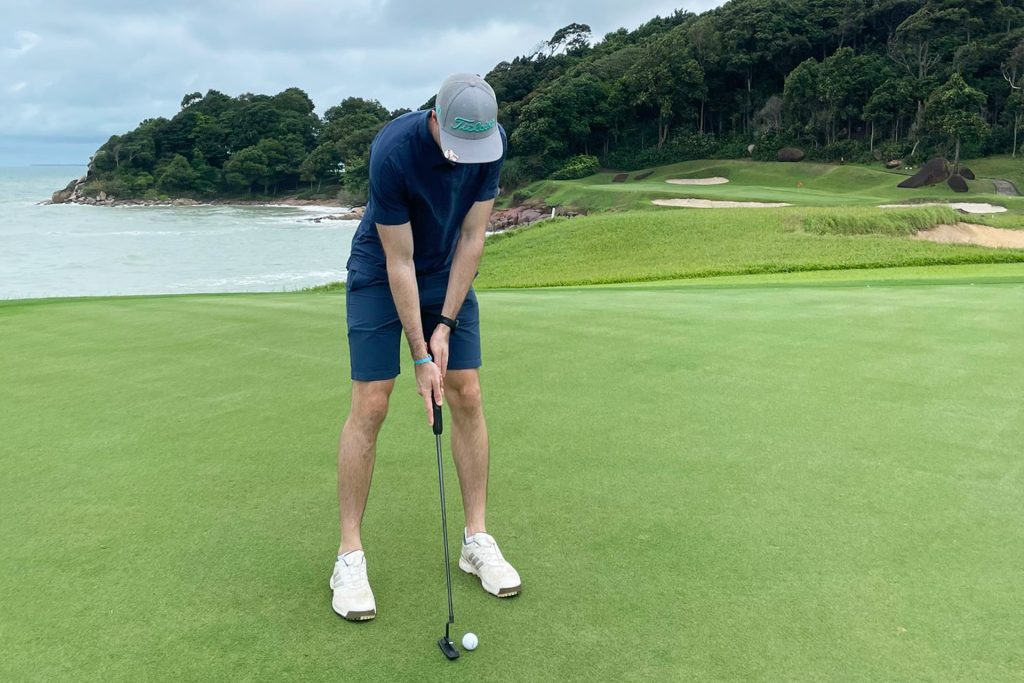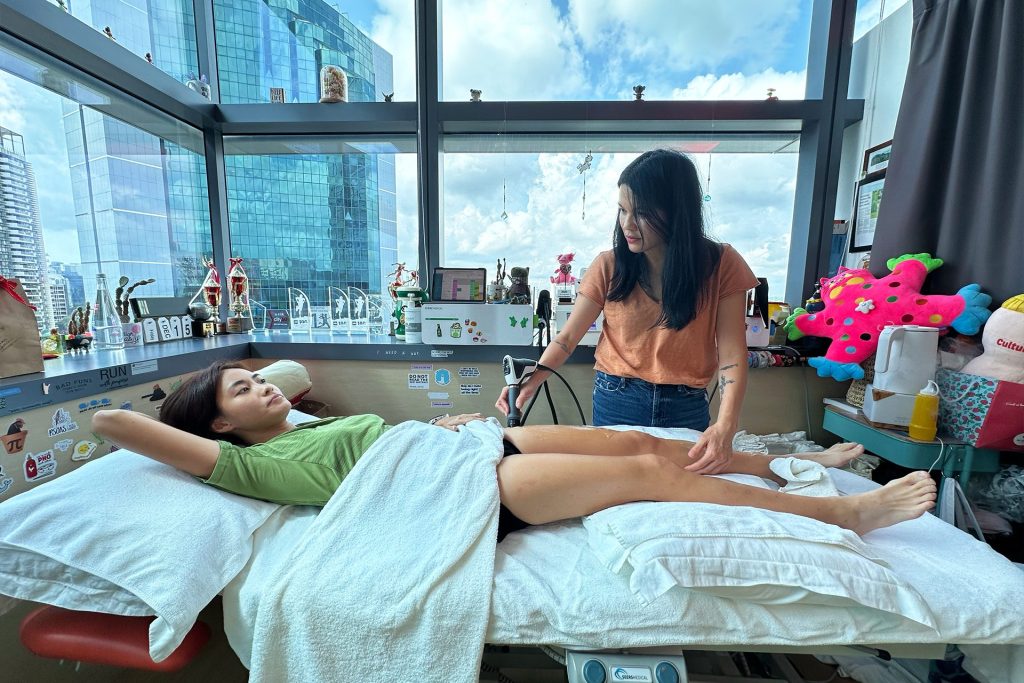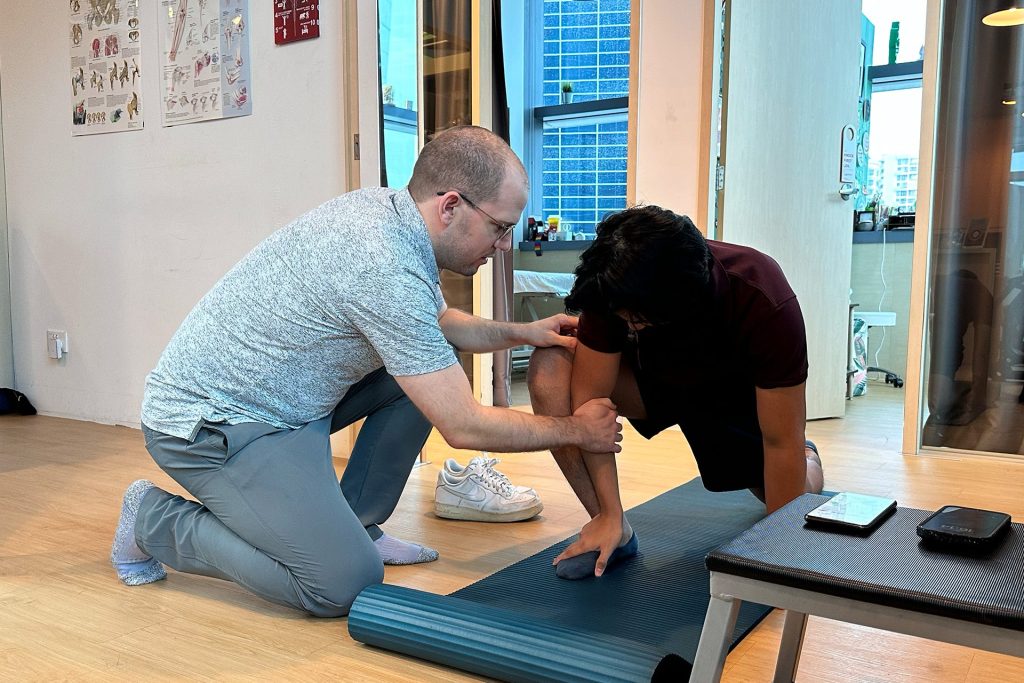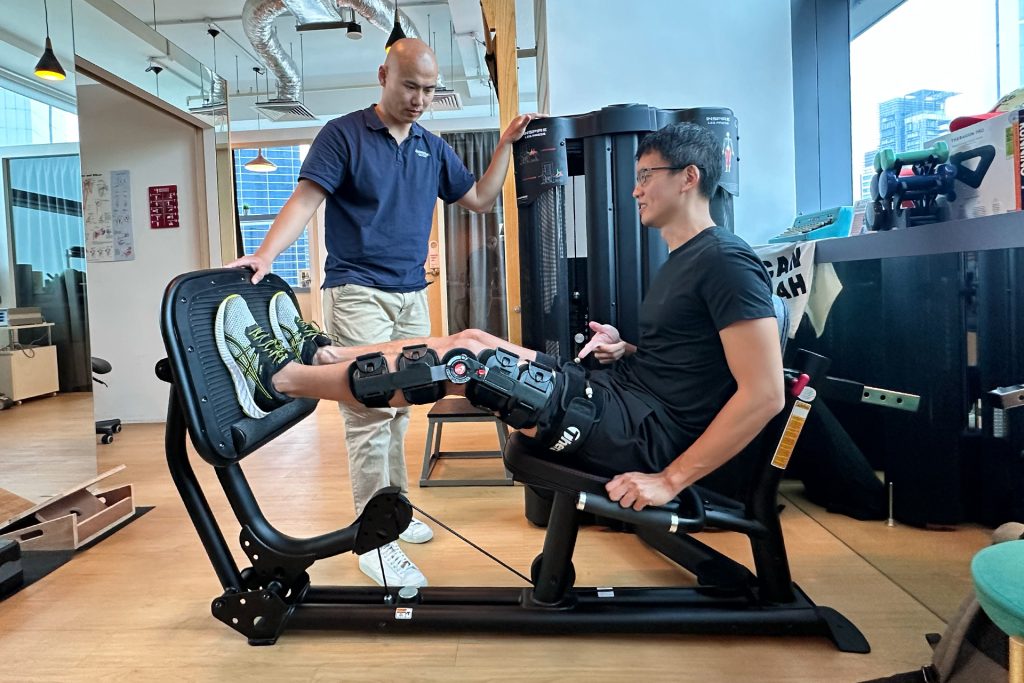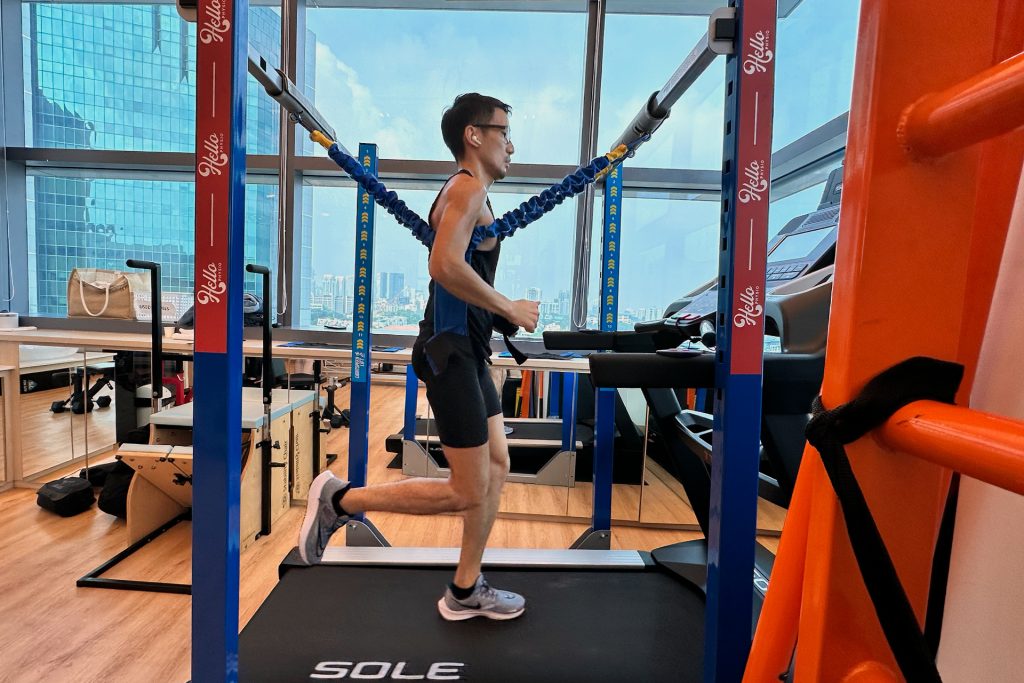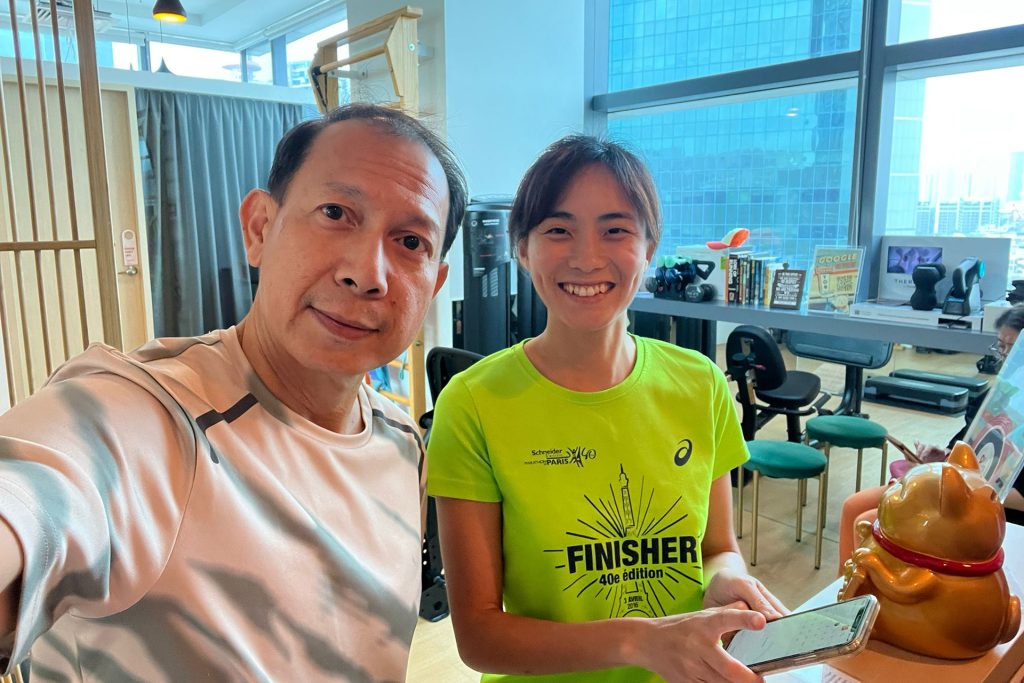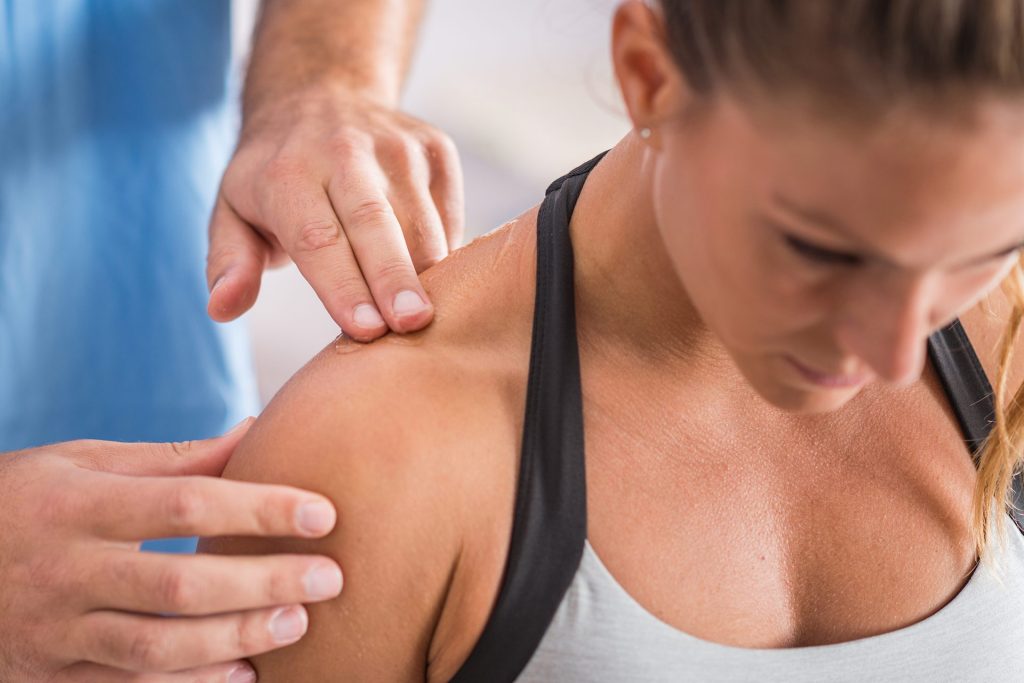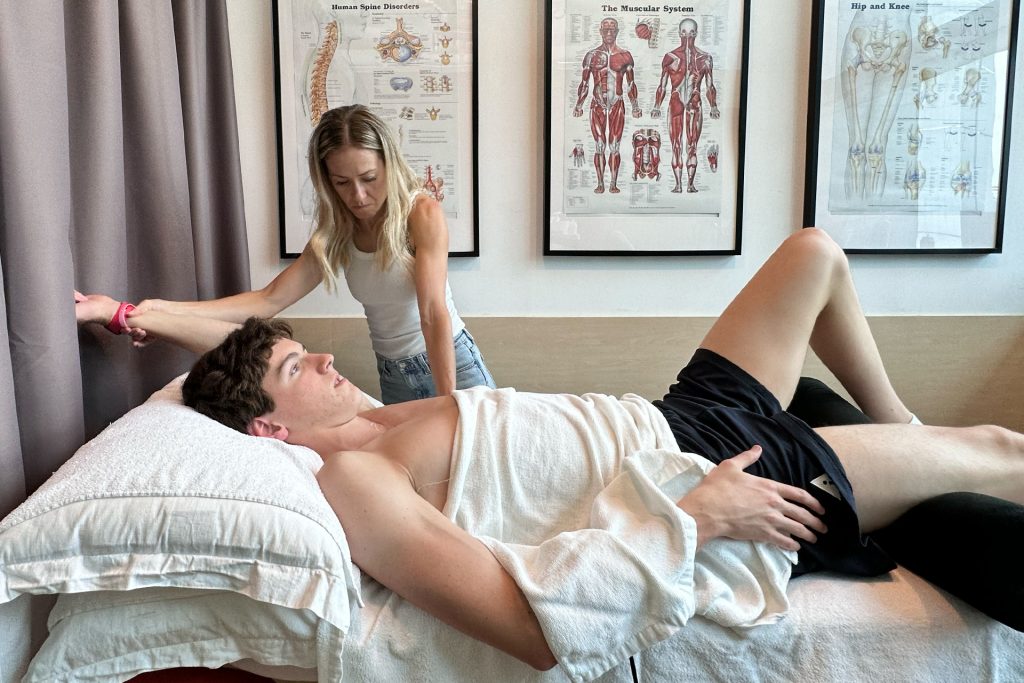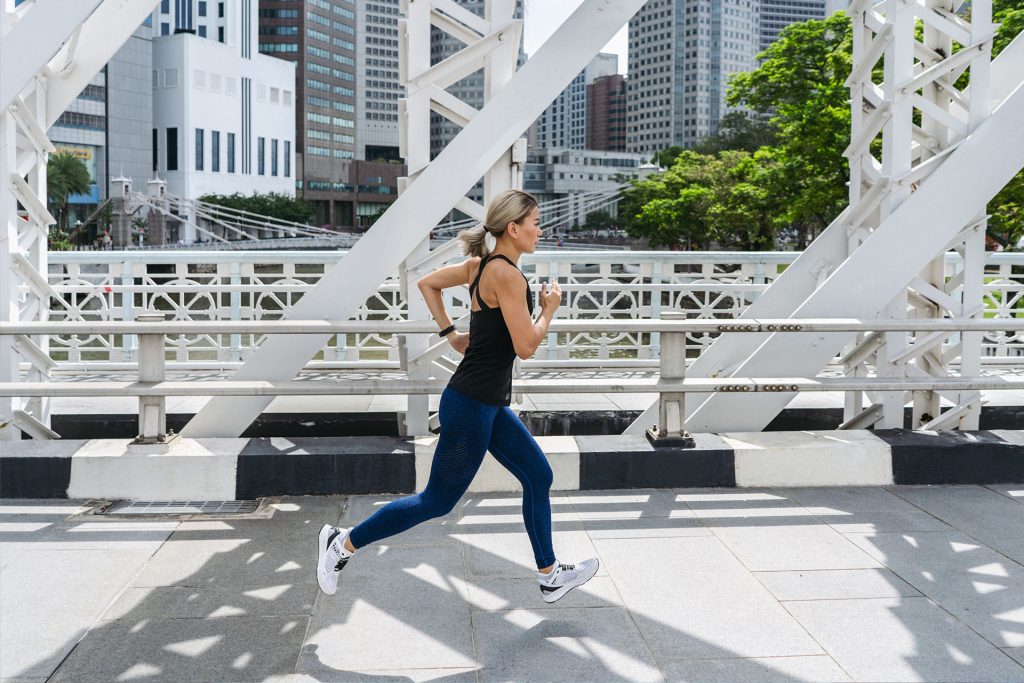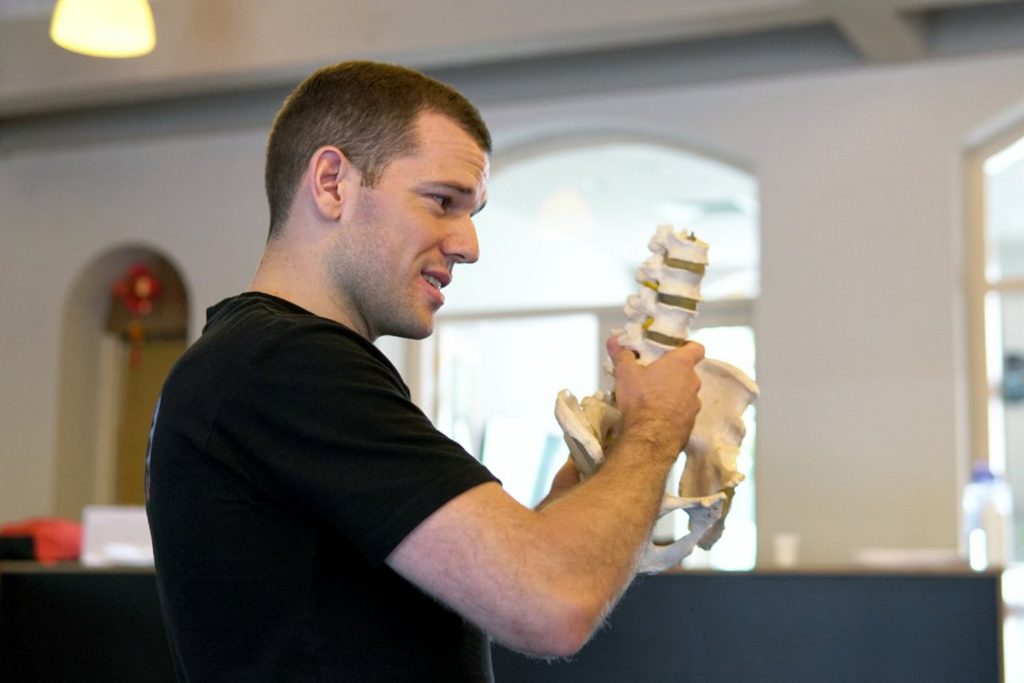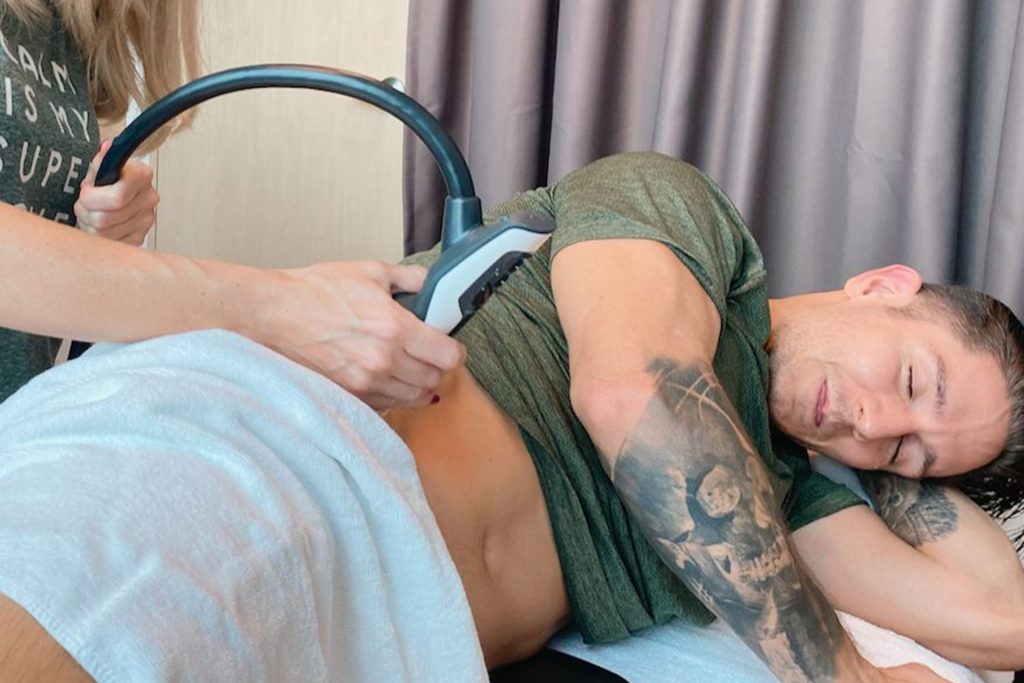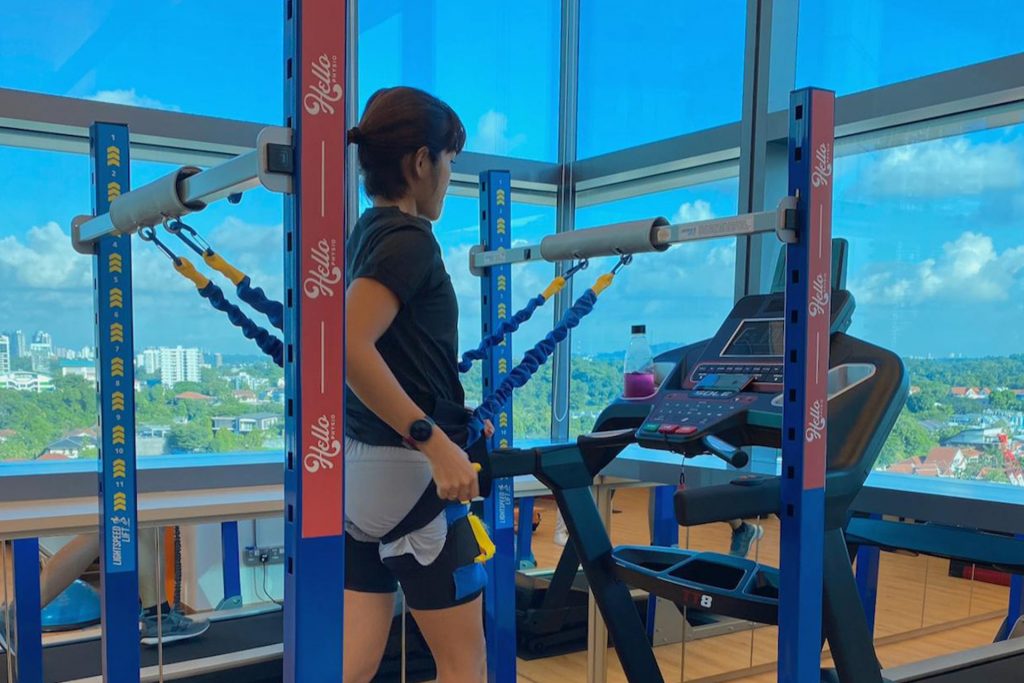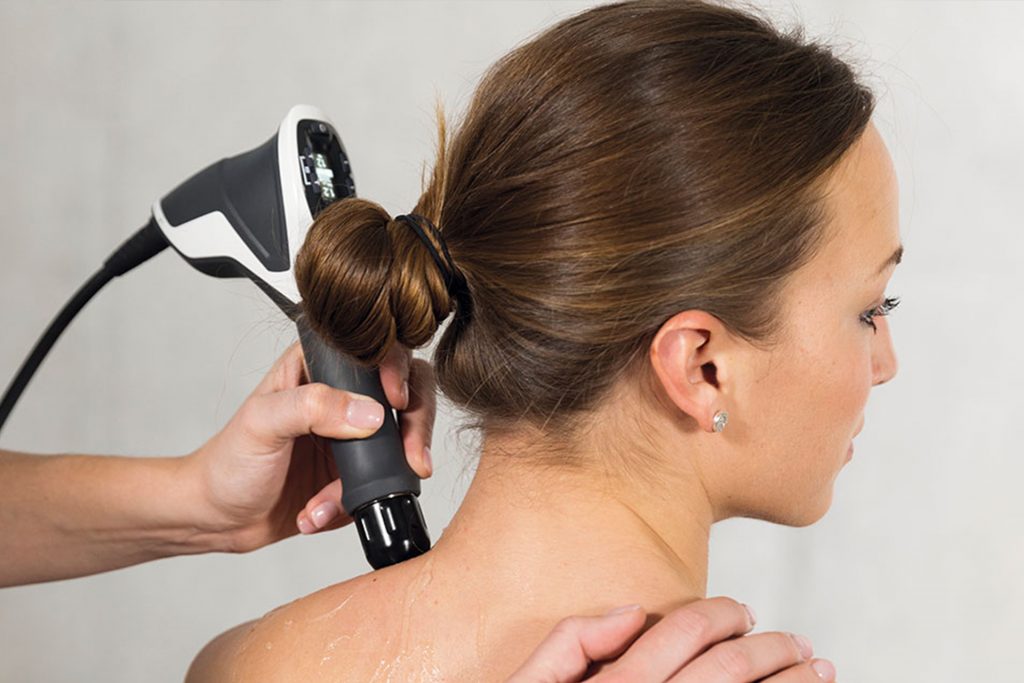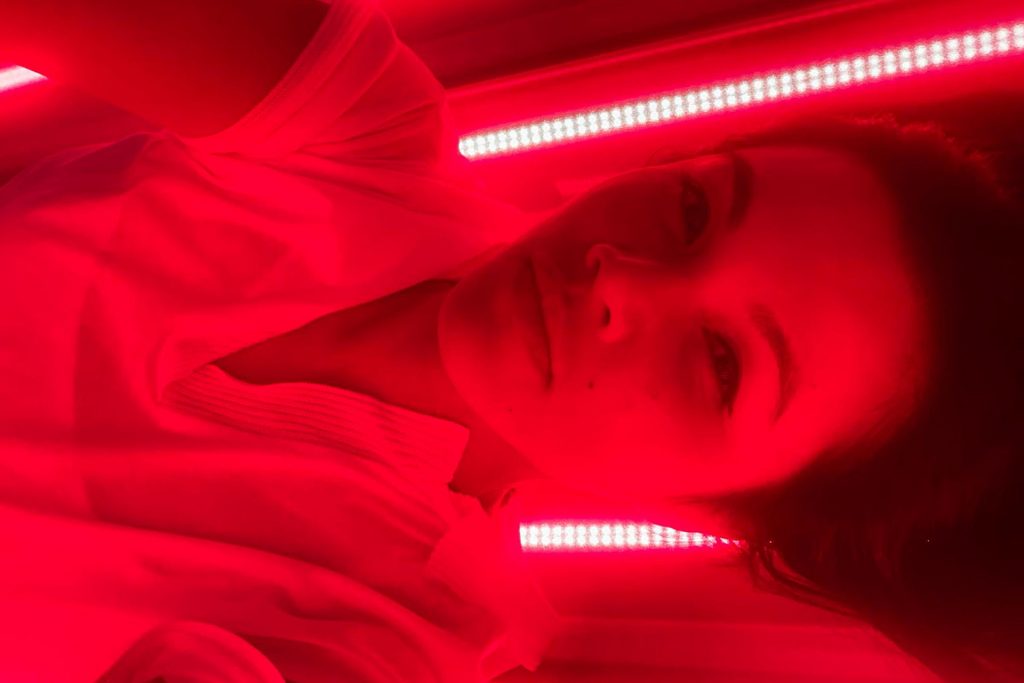Foot pain after a half marathon is a common complaint among runners. The repetitive impact of running can cause inflammation and micro-tears in the foot muscles, tendons, and ligaments, leading to pain and discomfort. However, several ways exist to prevent and treat foot pain after a half marathon, including physiotherapy and adjunctive modalities. Several factors can contribute to your foot pain, including poor footwear, overuse and biomechanical issues. Our team of expert sports physiotherapists can help identify the underlying cause of your pain and develop a personalized marathon feet recovery plan to address your specific needs.
Physiotherapy is a form of physical therapy that focuses on assessing, diagnosing, and treating musculoskeletal disorders. A physiotherapist can help identify the underlying cause of your foot pain and develop a personalized treatment plan to address your specific needs. This may include exercises to improve strength, flexibility, and range of motion, as well as manual therapies such as massage, mobilization and manipulation.
Foot pain is a common issue experienced by runners, including those who participate in half marathons. One of the most common causes of foot pain after a half marathon is plantar fasciitis, a condition characterized by the inflammation of the plantar fascia, a thick band of tissue that runs along the bottom of the foot. Physiotherapy can be an effective treatment for plantar fasciitis, with exercises such as calf stretches, heel raises, and toe curls, which have been shown to improve symptoms, and INDIBA® Activ and Shockwave Therapy to reduce pain.
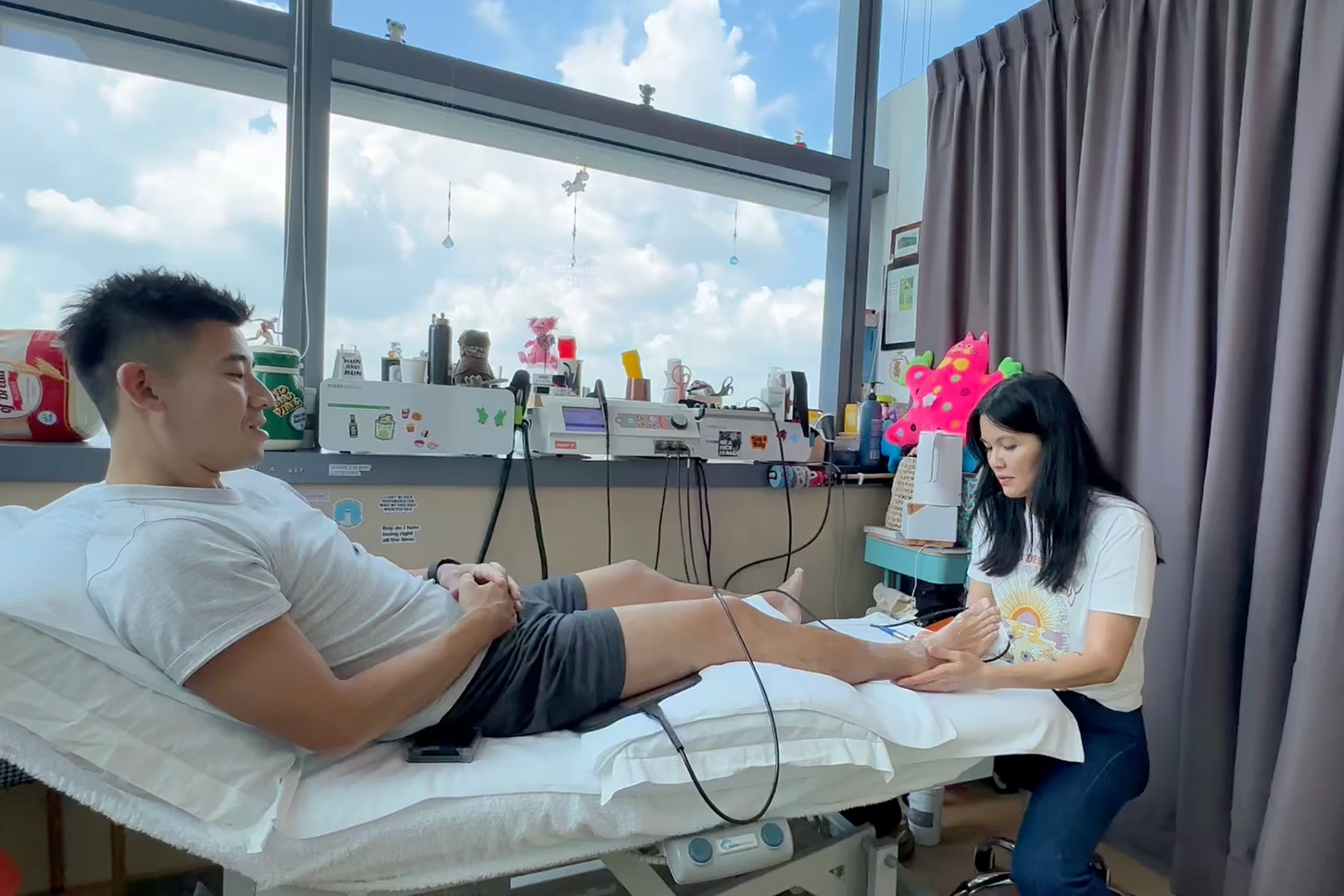
INDIBA® is an effective tool for alleviating Achilles tendon pain following a half marathon. It enhances local blood circulation around the tendon, ensuring the affected area receives ample oxygen and nutrients. This process is crucial for reducing inflammation and promoting tissue repair, which helps address the microtears and degenerative changes contributing to tendinopathy.
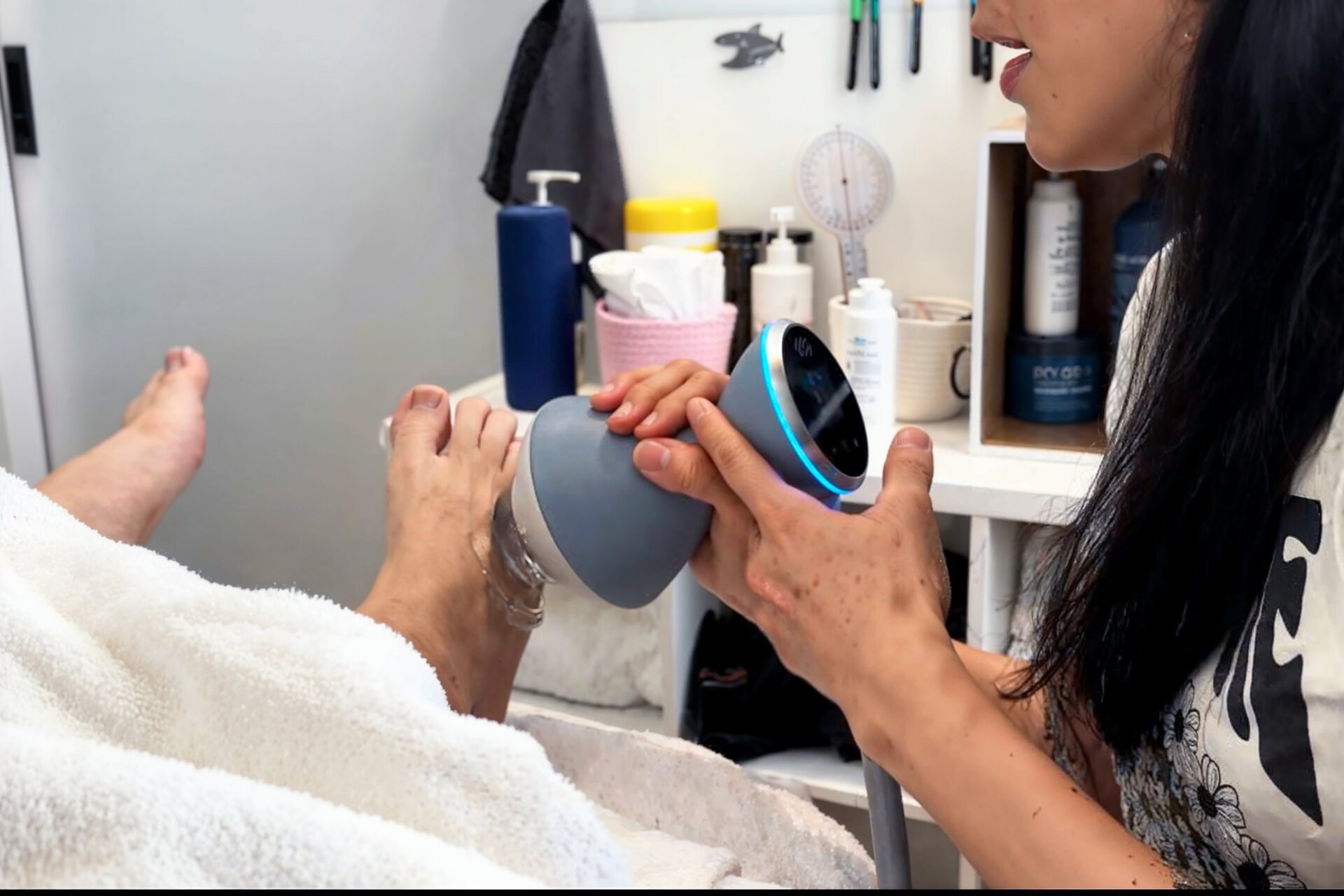
Both Focused Shockwave Therapy and LightStim® Red Light Therapy are safe and effective treatments for musculoskeletal injuries, including stress fractures. Shockwave Therapy uses focused energy to stimulate the release of growth factors and other signaling molecules, promoting the proliferation and differentiation of cells involved in tissue repair. On the other hand, Red Light Therapy enhances the body’s ability to produce energy at the mitochondrial level, supporting the proliferation and differentiation of cells and reducing inflammation and oxidative stress throughout the body.
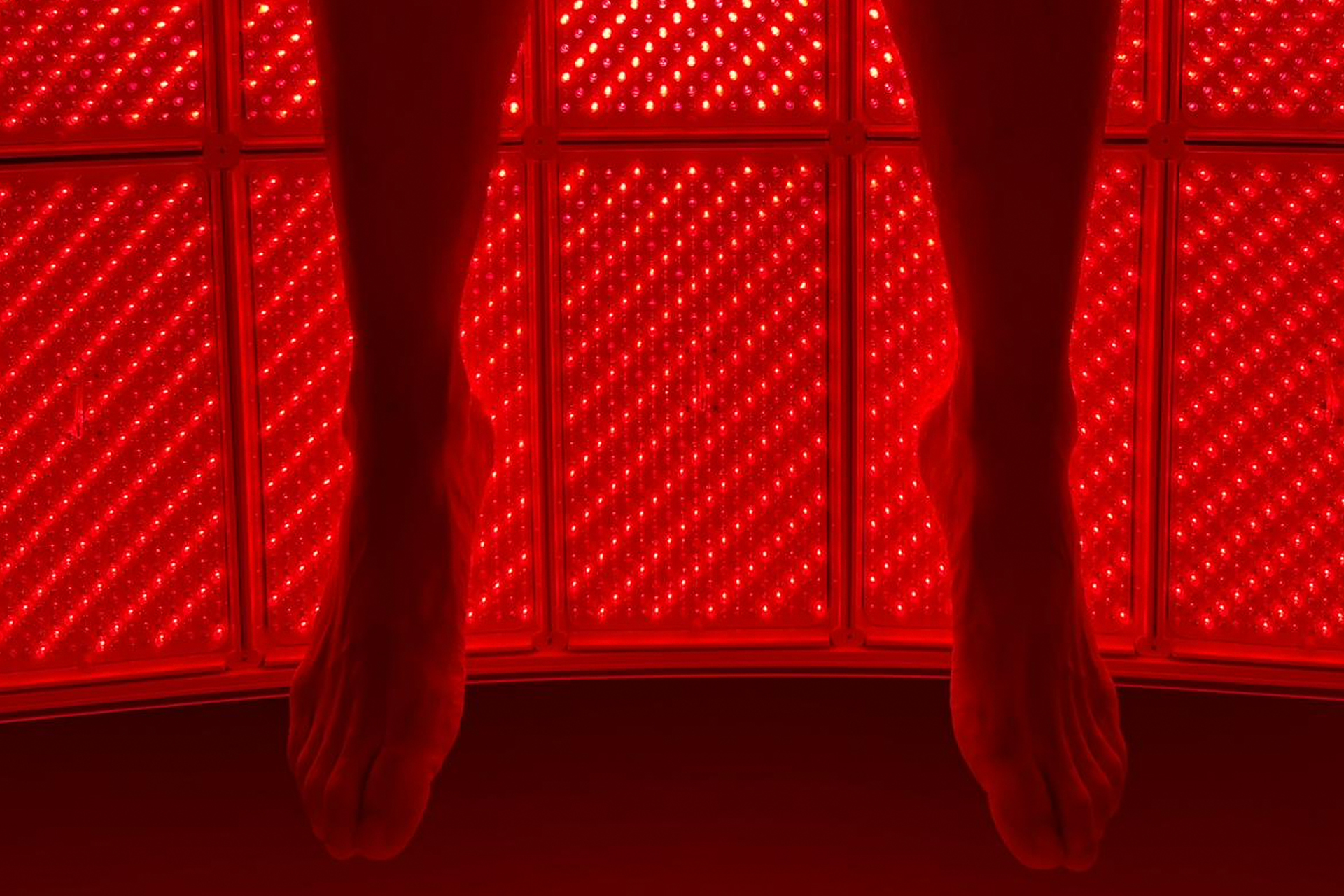
It is important to note that while these treatments can help manage foot pain after a half marathon, they are not a substitute for proper rest and recovery. It is essential to give your body time to heal and recover after a strenuous event and gradually ease back into your normal training routine.
Sports Massage as Part of Foot Recovery after a Race
Now you’ve finished your run, and your marathon feet are in pain. Waiting at least two hours after a race before seeking massage therapy is recommended. We recommend that most runners have a massage within 24-48 hours after an event, in which case the duration of the treatment may be longer and should still be focused on long, soothing strokes.
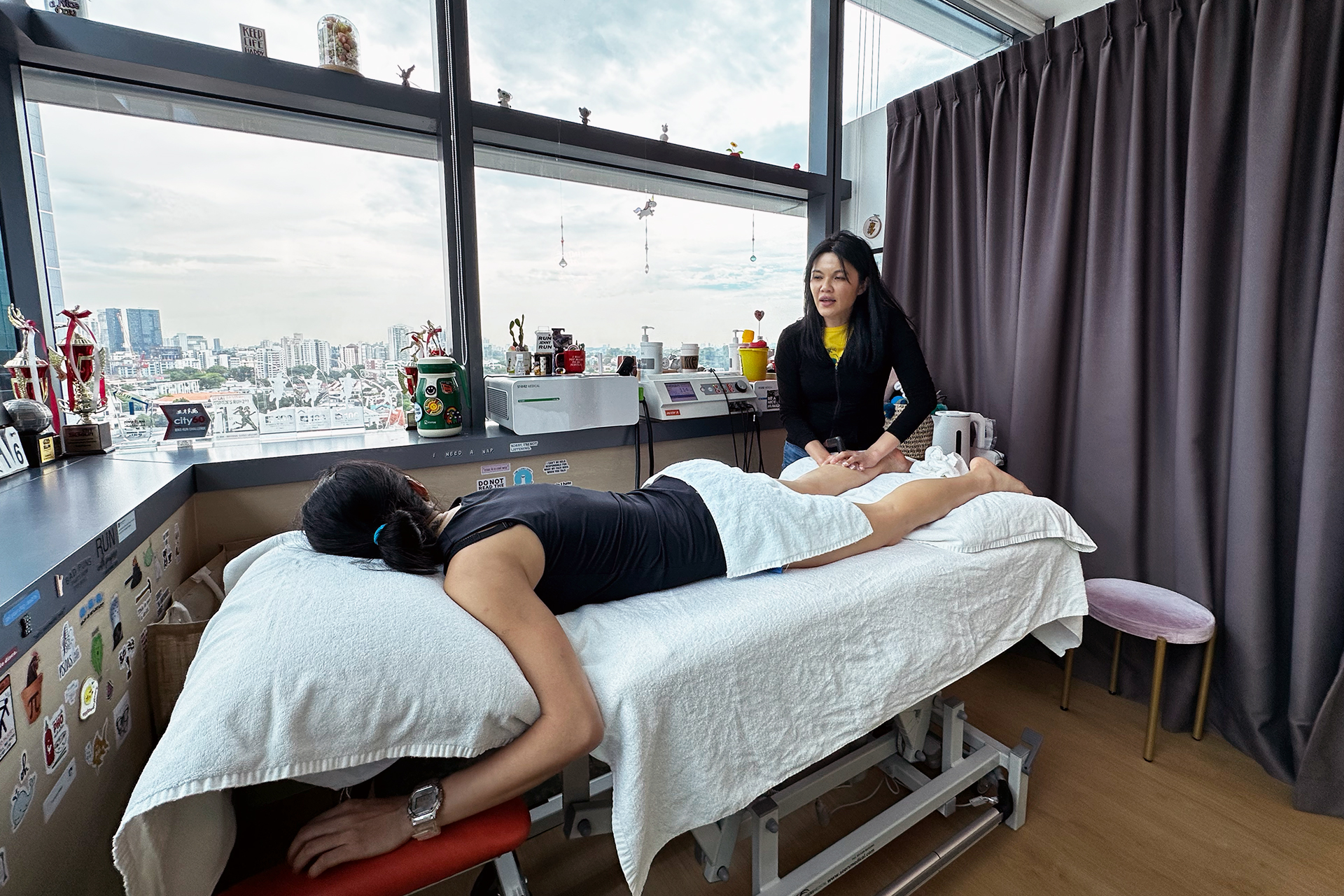
A post-event massage can help treat tight muscles, increase energy circulation to remove metabolic wastes and oxidative stressors, like hydrogen ions that build up as a natural byproduct of running long distances, and reduce the chances of tightness and injuries such as muscle strains and tears.
However, it is important to recognize the limitations of massage therapy. Do let your therapist know that you were competing recently.
Benefits of Sports Physiotherapists Who are Elite Athletes
Working with a sports physiotherapist with experience and knowledge in the specific sport or activity you are involved in can benefit your short-term recovery from a half marathon foot pain and long-term goals to prevent foot pain during the marathon. Sports physiotherapists who are also athletes better understand the sport’s demands and movements and can develop a treatment plan tailored to your needs and goals.
For example, “tips for overstriding include doing drills for stride, strength work and cadence exercises,” says Jenny Huang, founding physiotherapist and an elite runner.
Sports physiotherapy is a specialized area that focuses on preventing, assessing, and treating injuries and conditions related to sports and physical activity. Sports physiotherapists use various techniques and modalities to help individuals recover from injuries, improve their physical function and performance, and prevent future injuries.
If you are experiencing foot pain after running a half marathon that does not improve after two weeks with rest and home treatments, contact our leading sports physiotherapy clinic. Our sports physiotherapists can help identify the underlying cause of your pain and develop a personalized treatment plan to get you back training for your next marathon pain-free.


